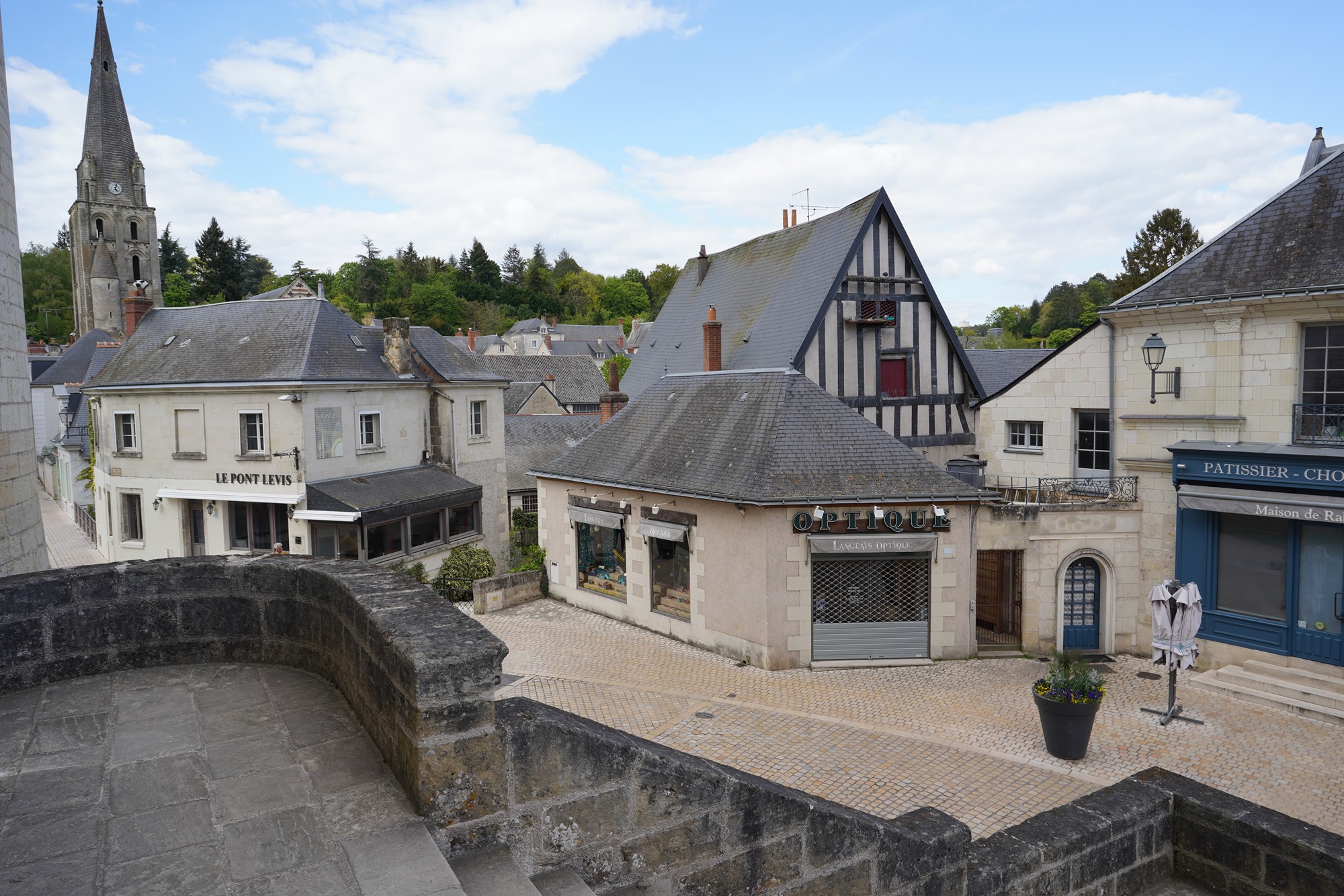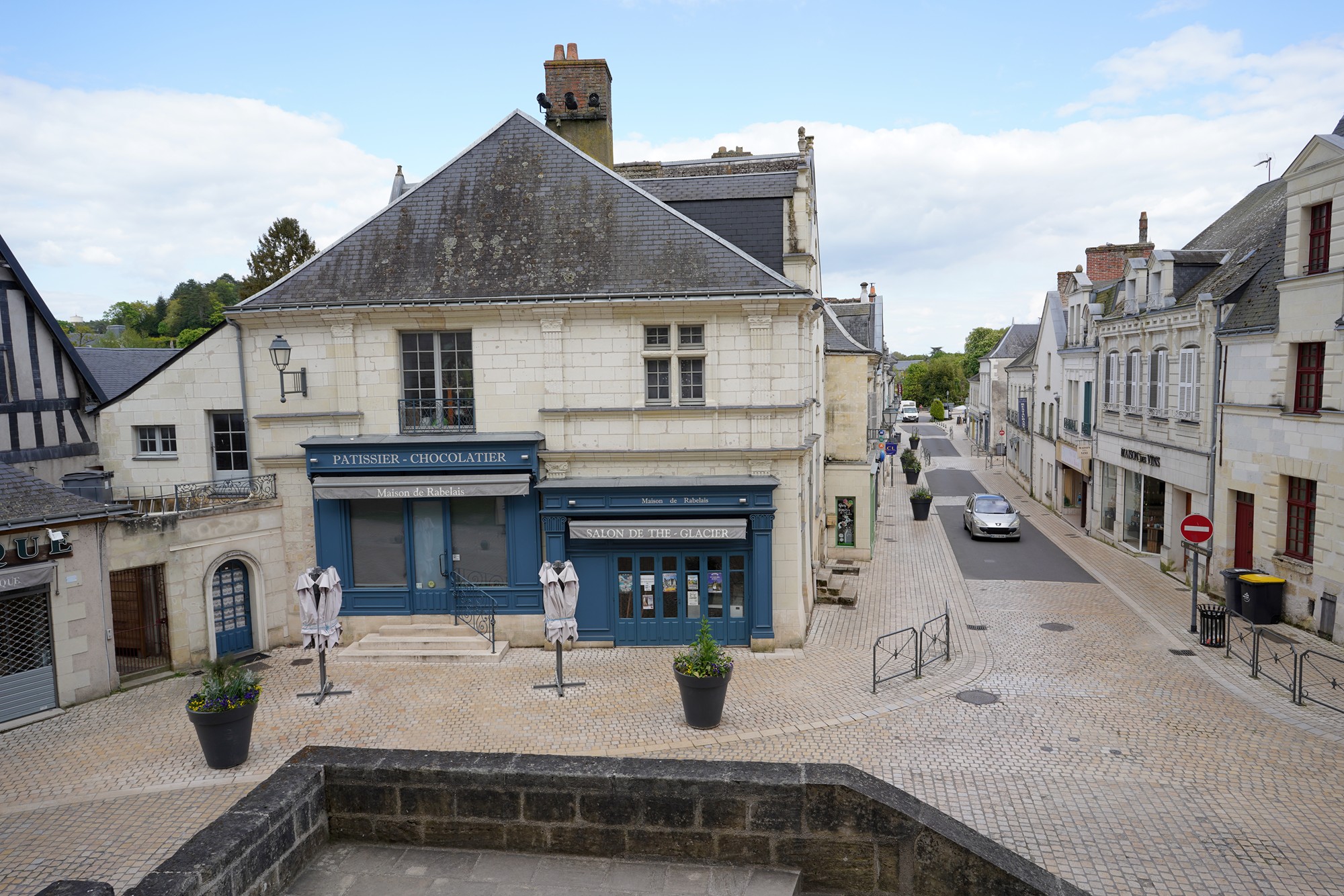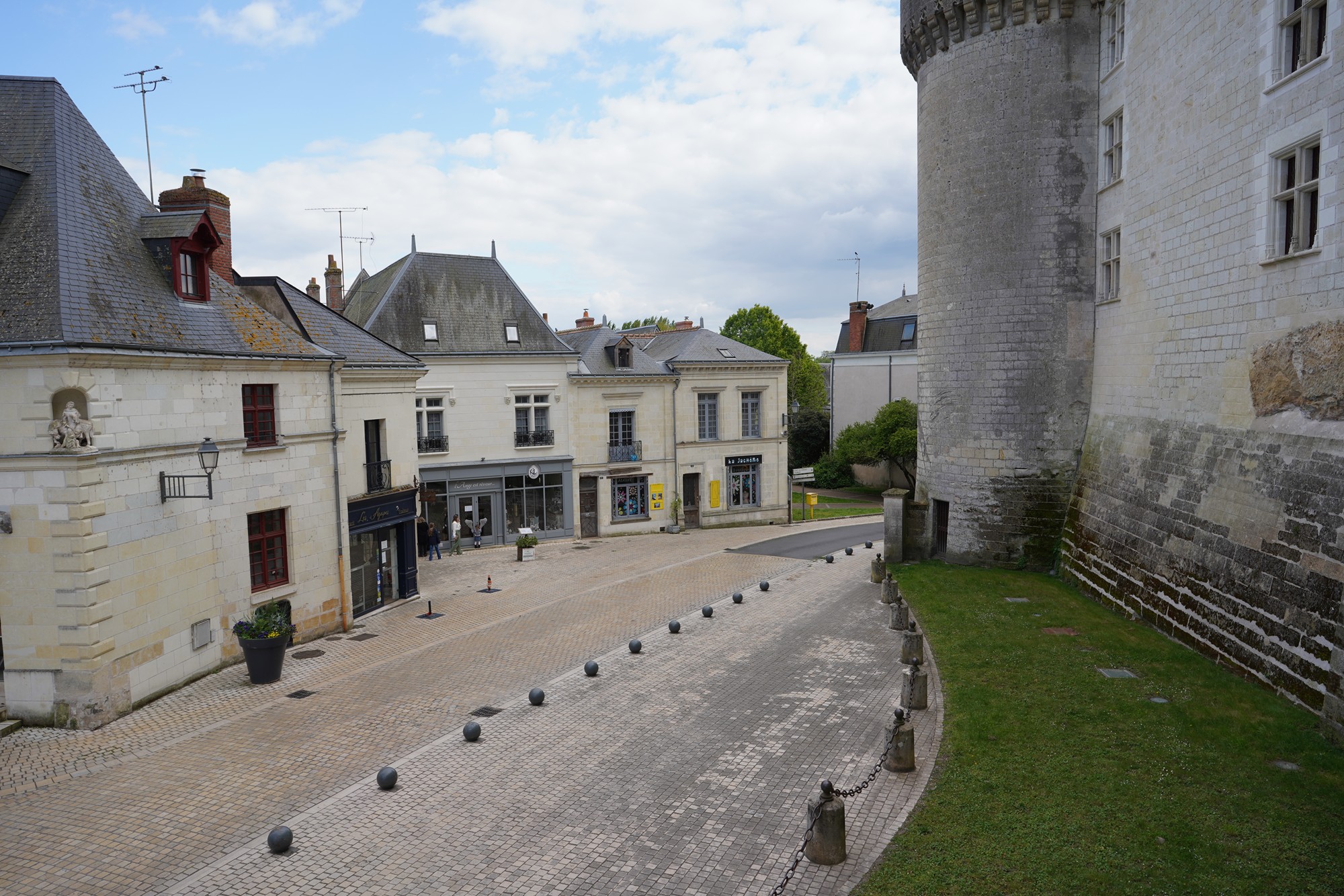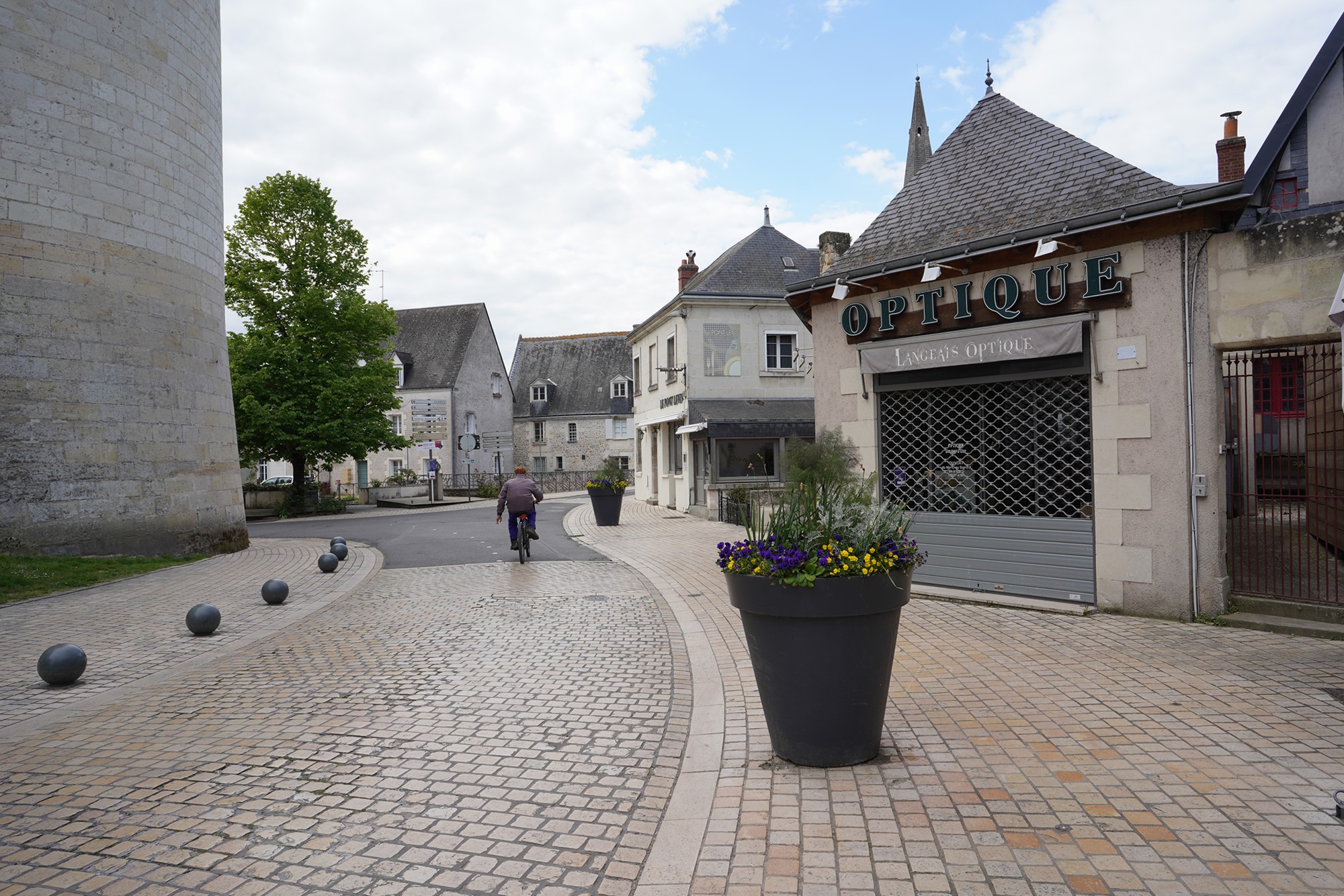Château d’Ussé and Château de Langeais in France
Pictures of the Château d’Ussé and Château d’Azay-le-Rideau in France. 892
Château d’Ussé: 338 Château d’Usse, 37420 Rigny-Ussé, France
Château d’Azay-le-Rideau: 19 Rue Balzac, 37190 Azay-le-Rideau, France
Date Picture Taken: April, 2024
These two Chateaux were the last two Chateaux visited during the four Chateaux day tour.
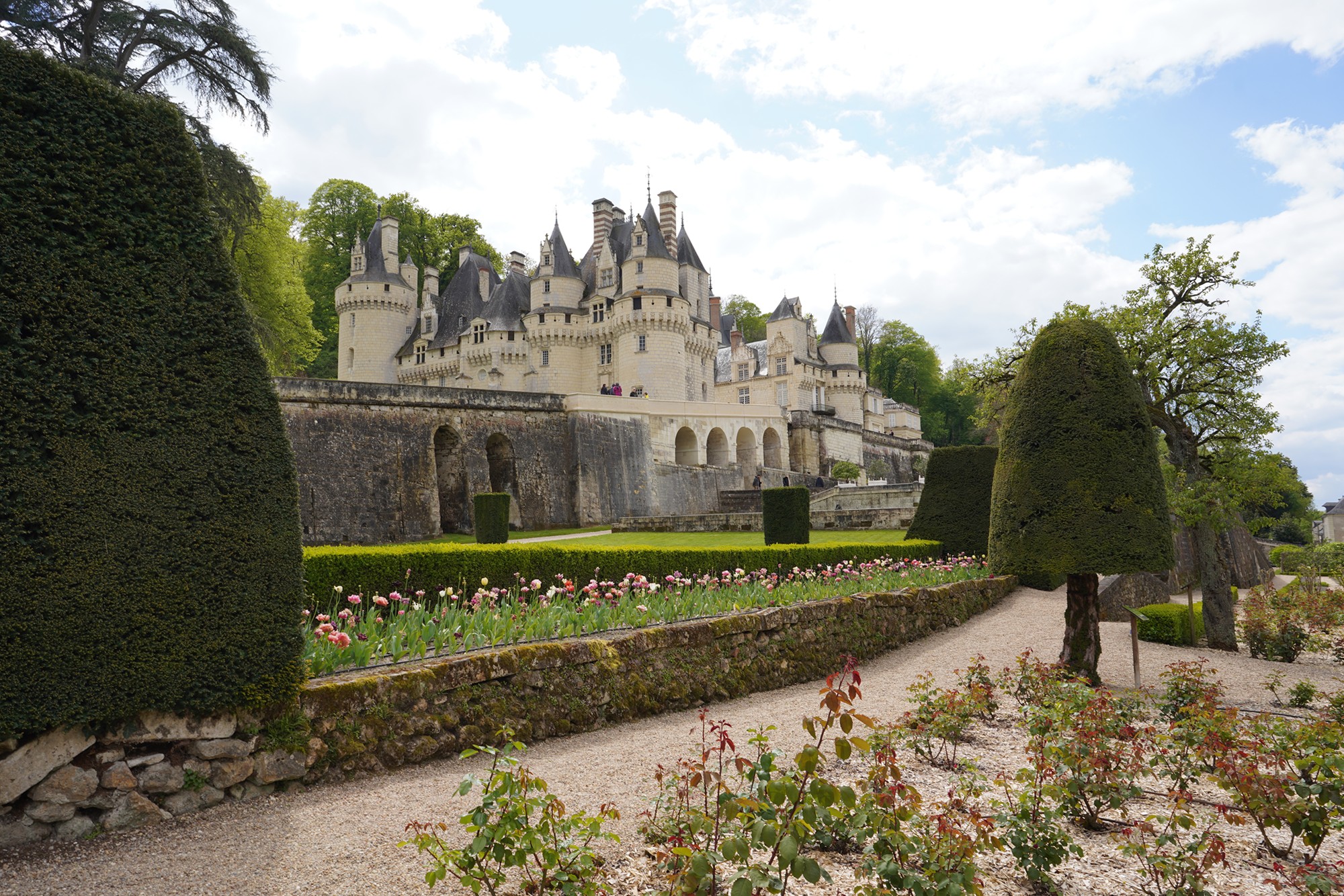
Château d’Ussé
The Château d’Ussé is famously associated with Charles Perrault’s fairy tale “Sleeping Beauty” (“La Belle au Bois Dormant”). It’s said that Perrault was inspired by the château when writing his story, making it a popular reference as the “Sleeping Beauty Castle.
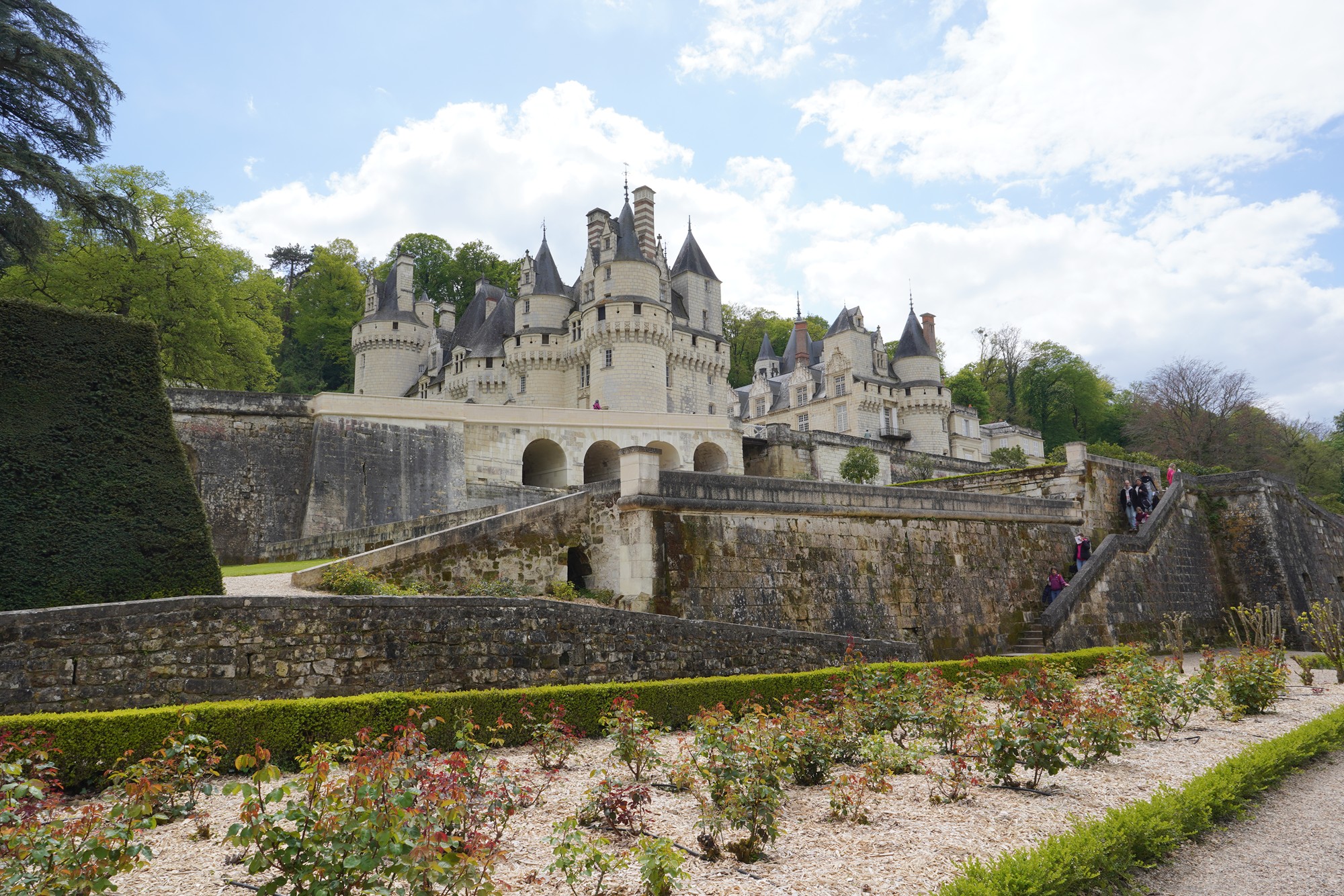
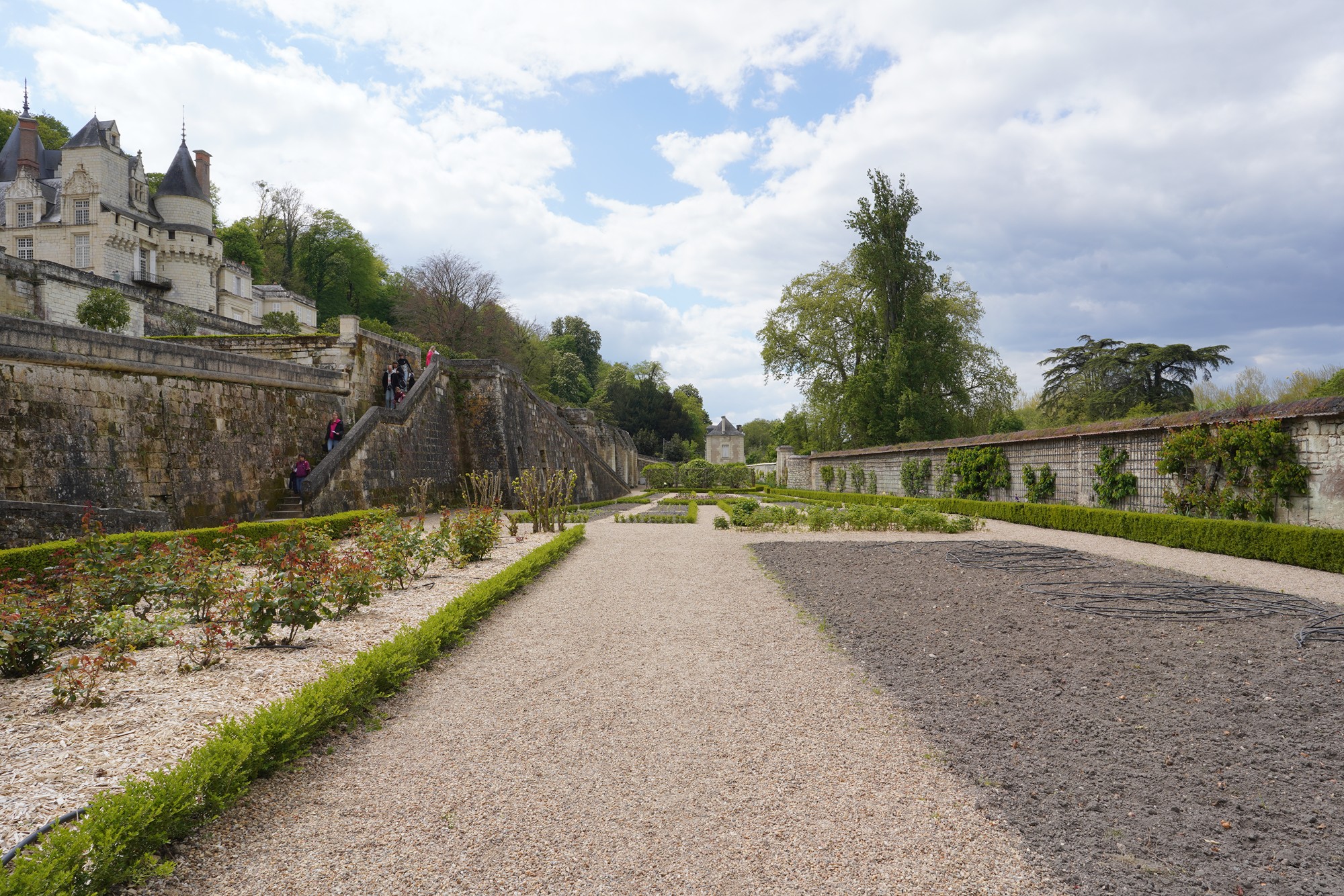
The other side
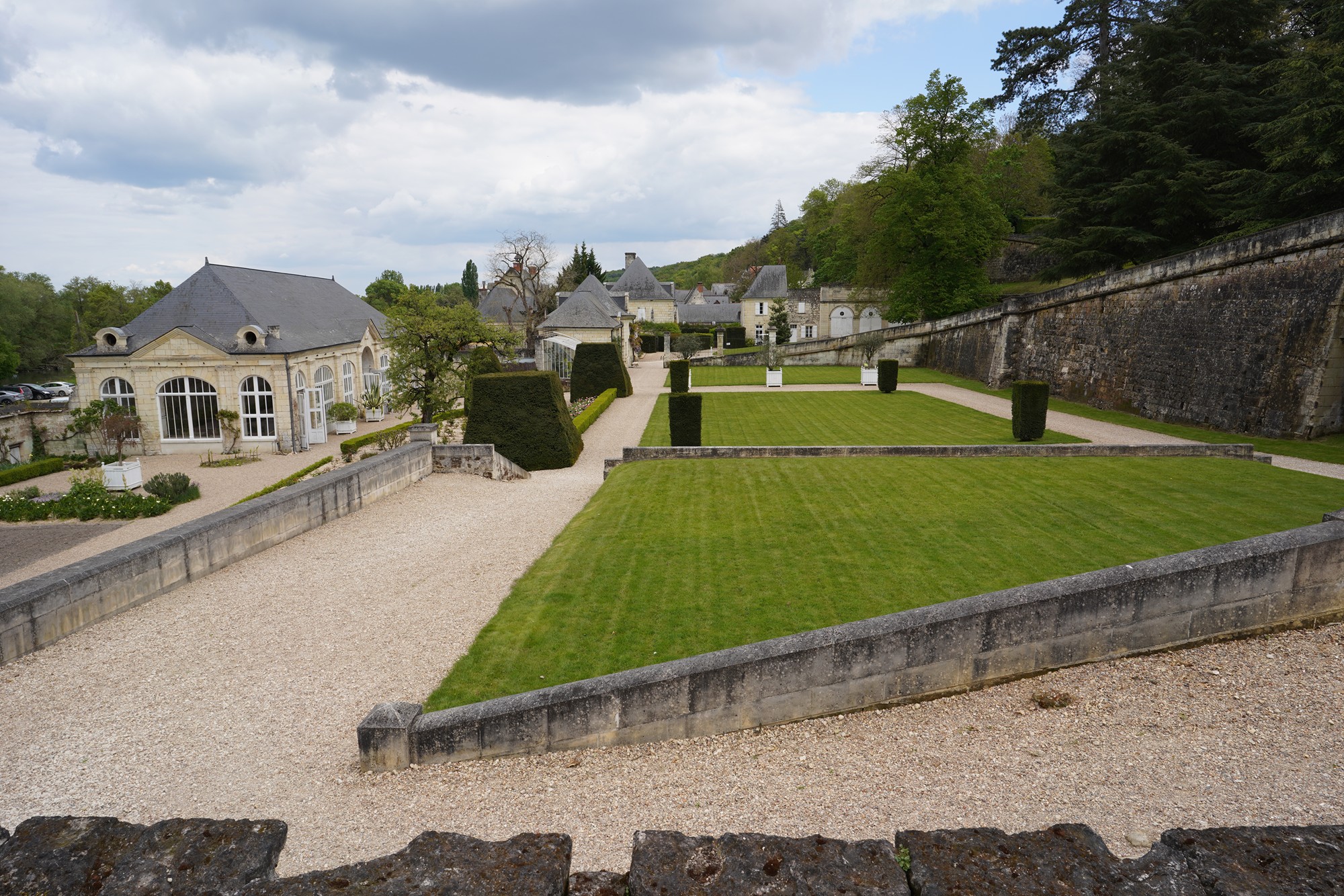
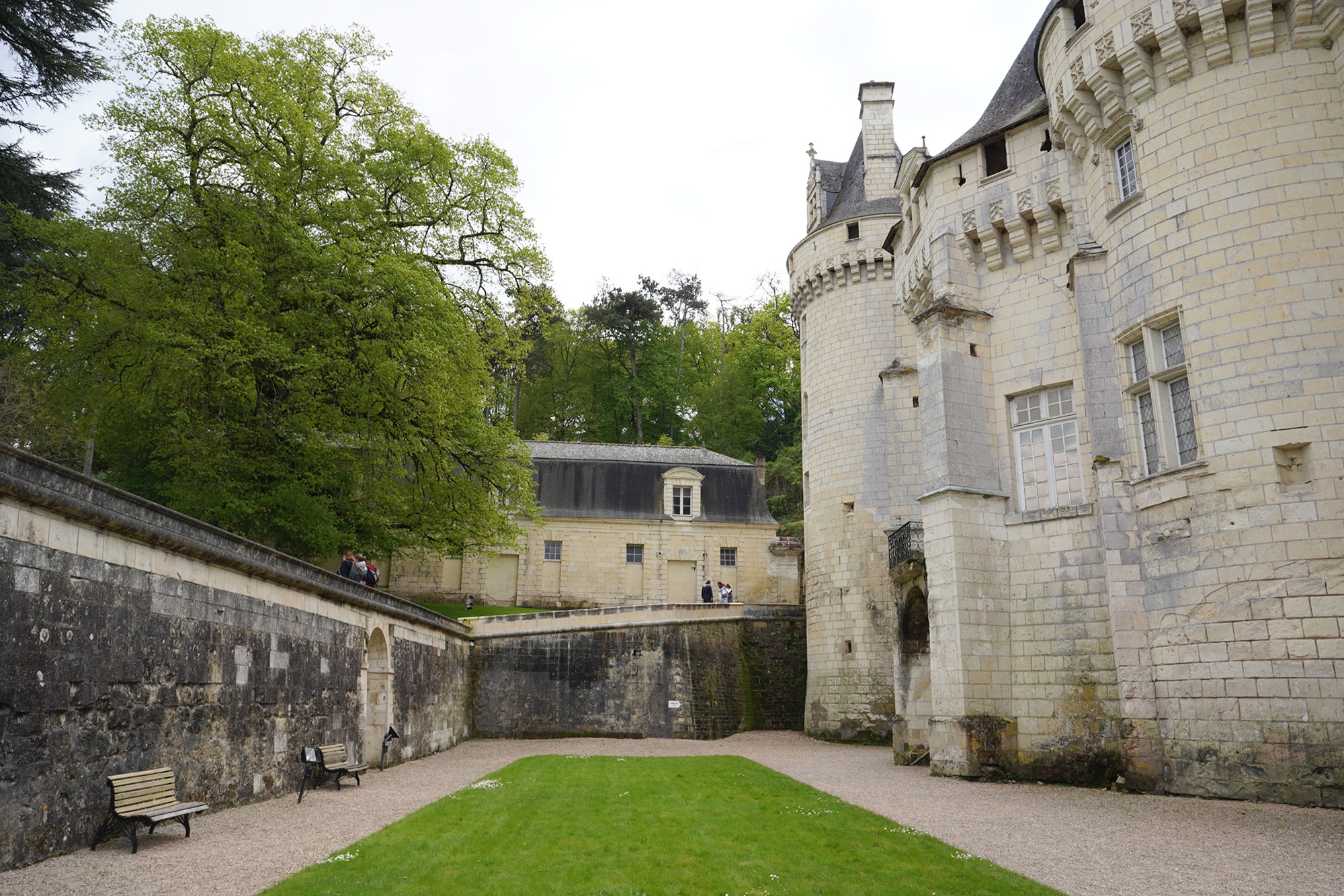
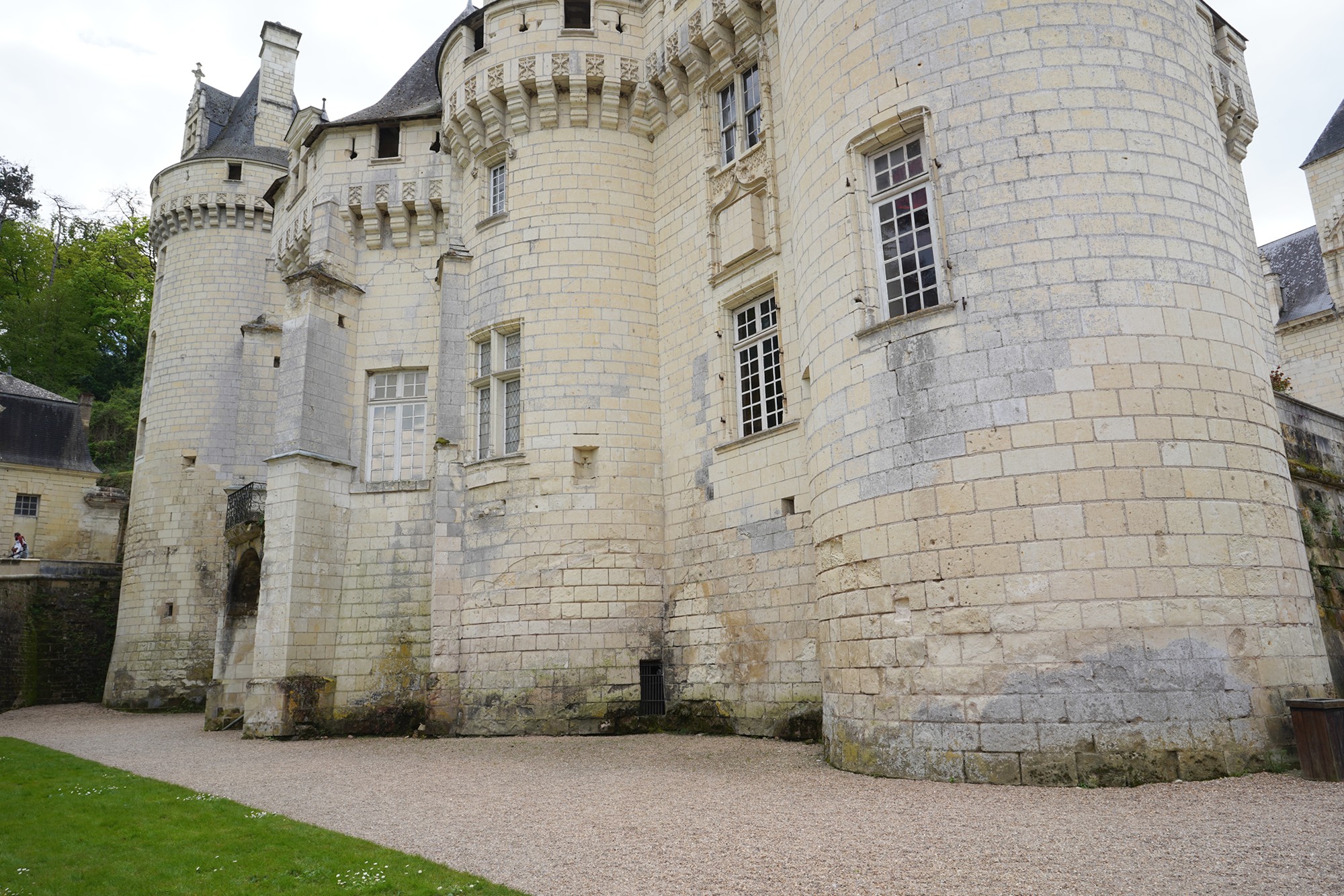
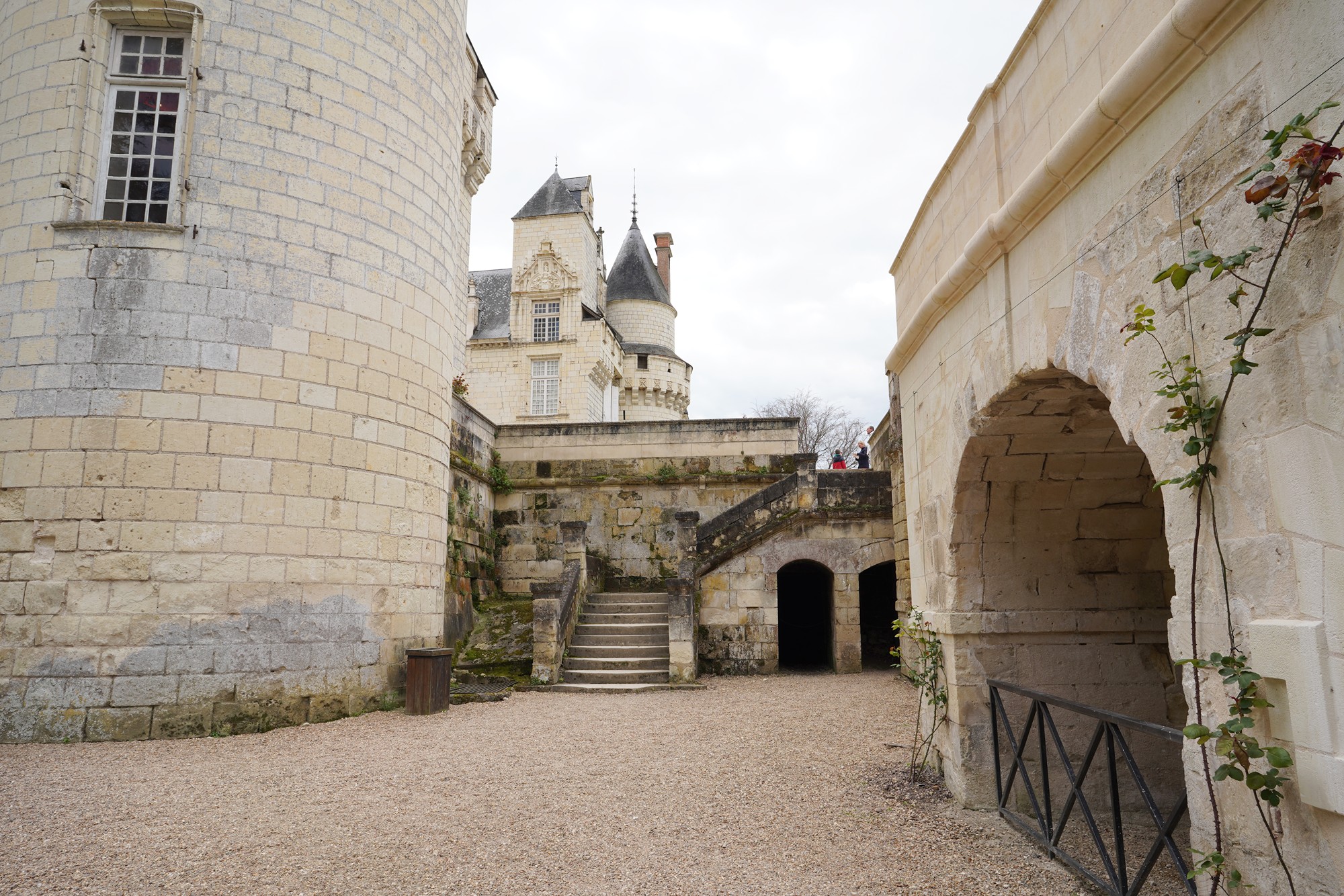
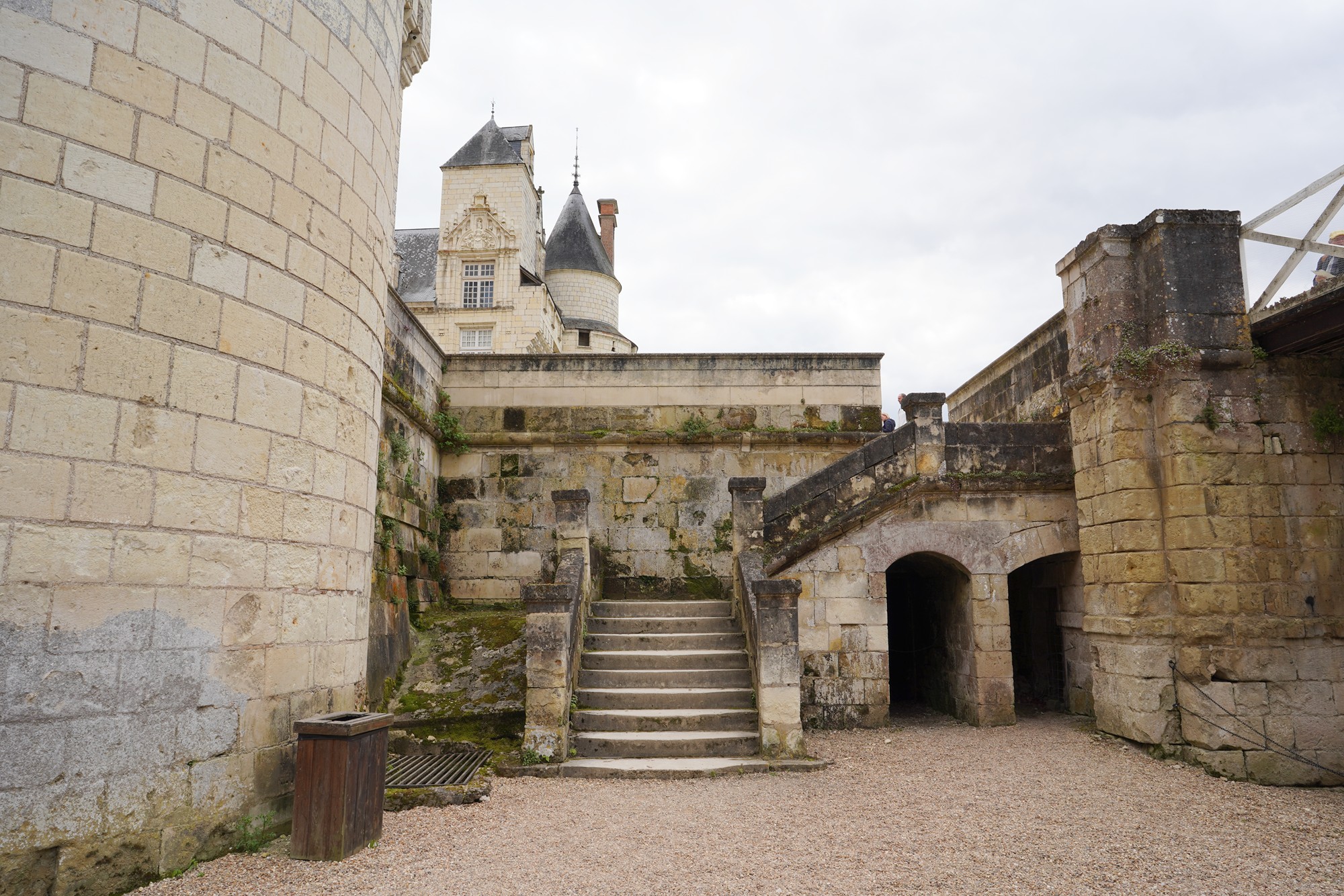
The formal gardens, designed by André Le Nôtre, the landscape architect of Versailles, are a significant attraction. They include terraces, manicured lawns, and a charming chapel.
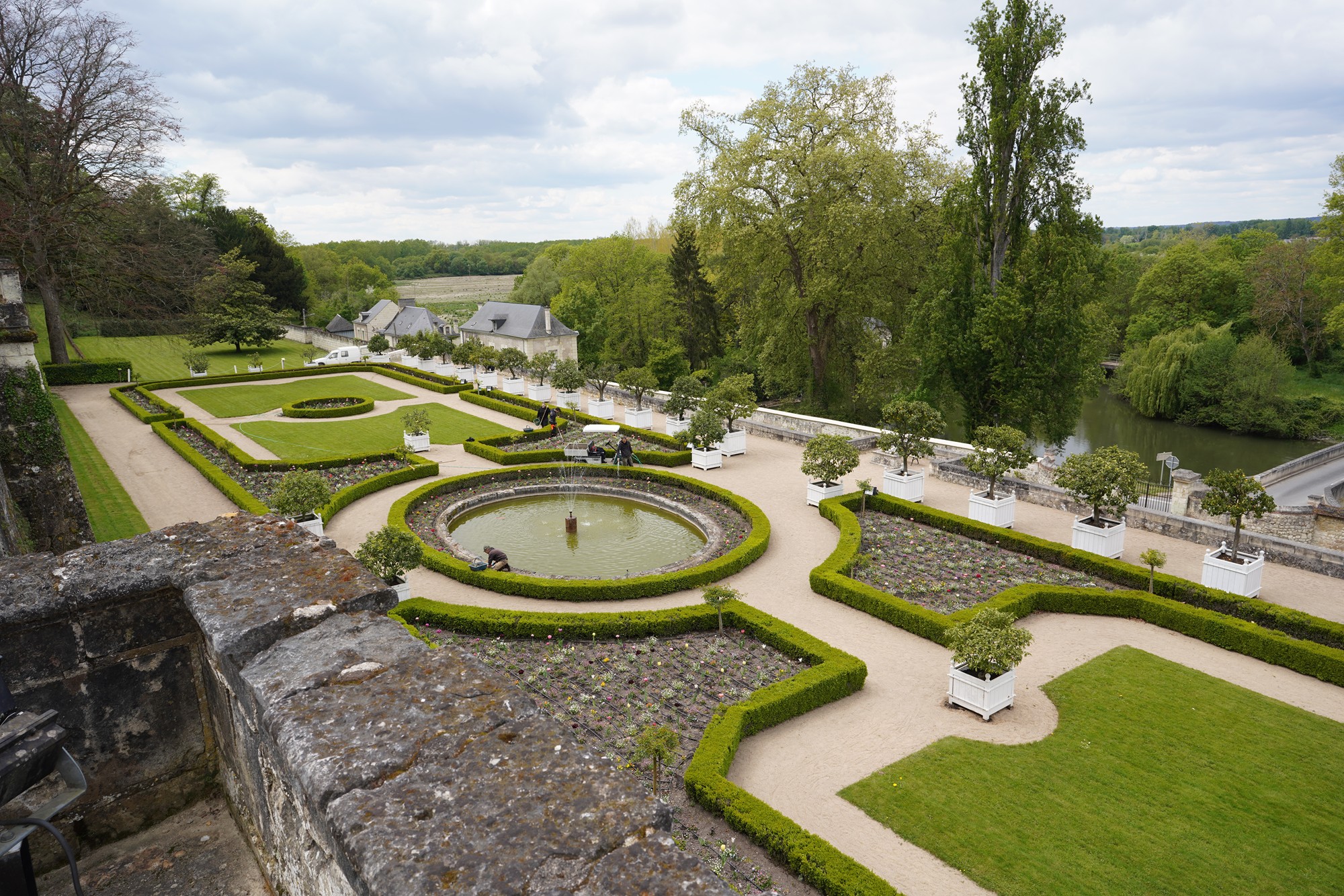
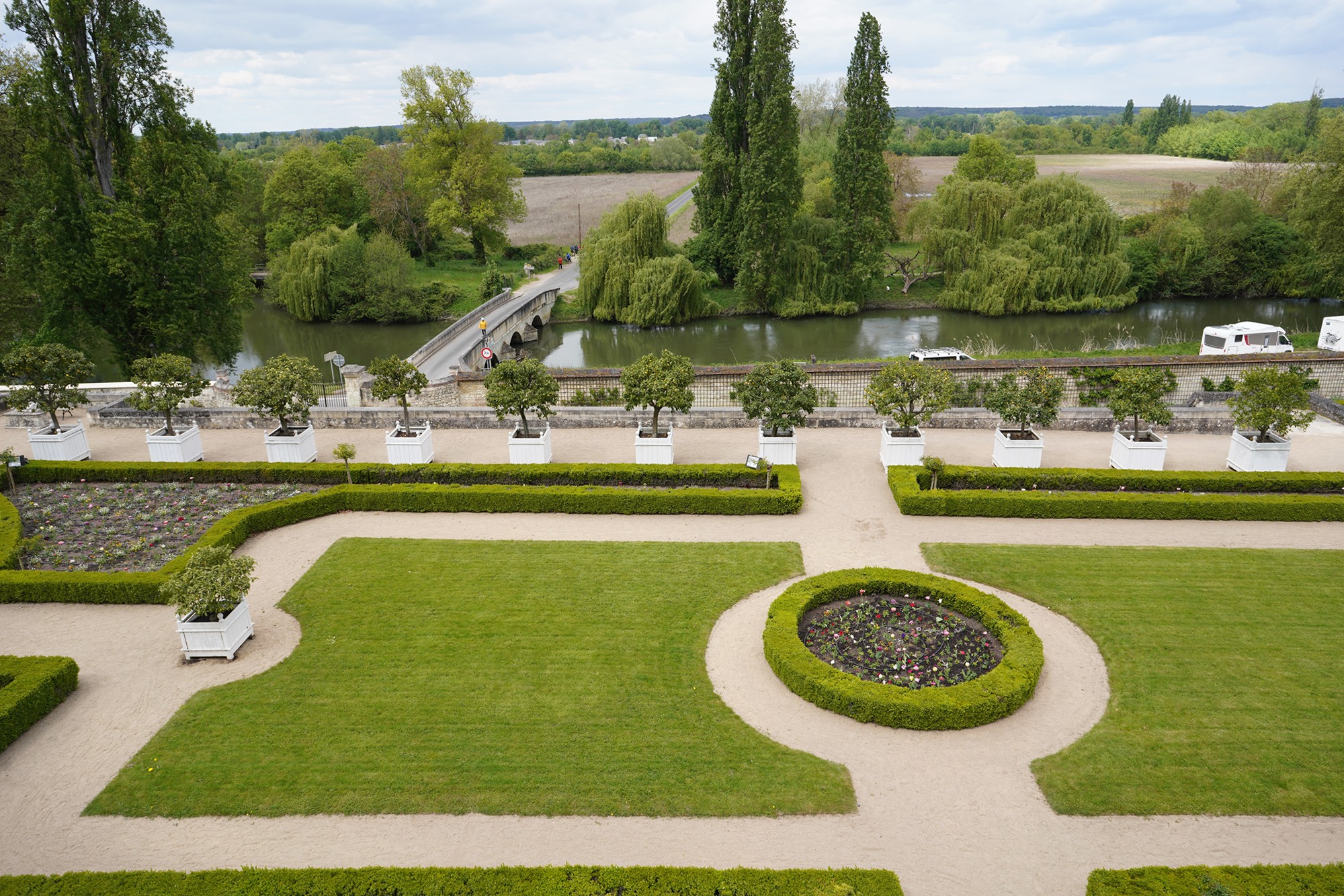
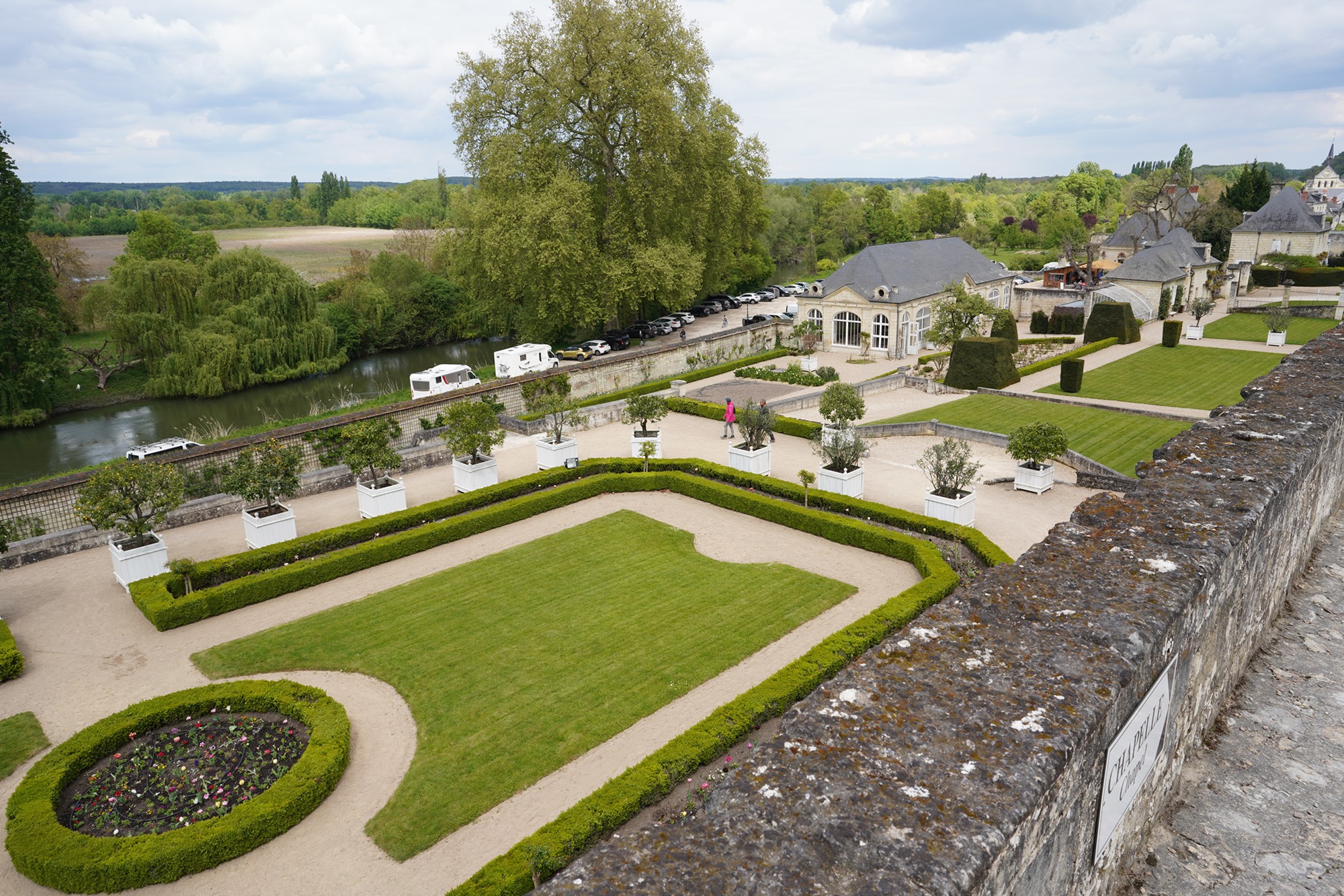
The Château d’Ussé was originally built as a stronghold in the 11th century. It has undergone several transformations, with significant reconstruction in the 15th and 16th centuries, blending Gothic and Renaissance architectural styles.
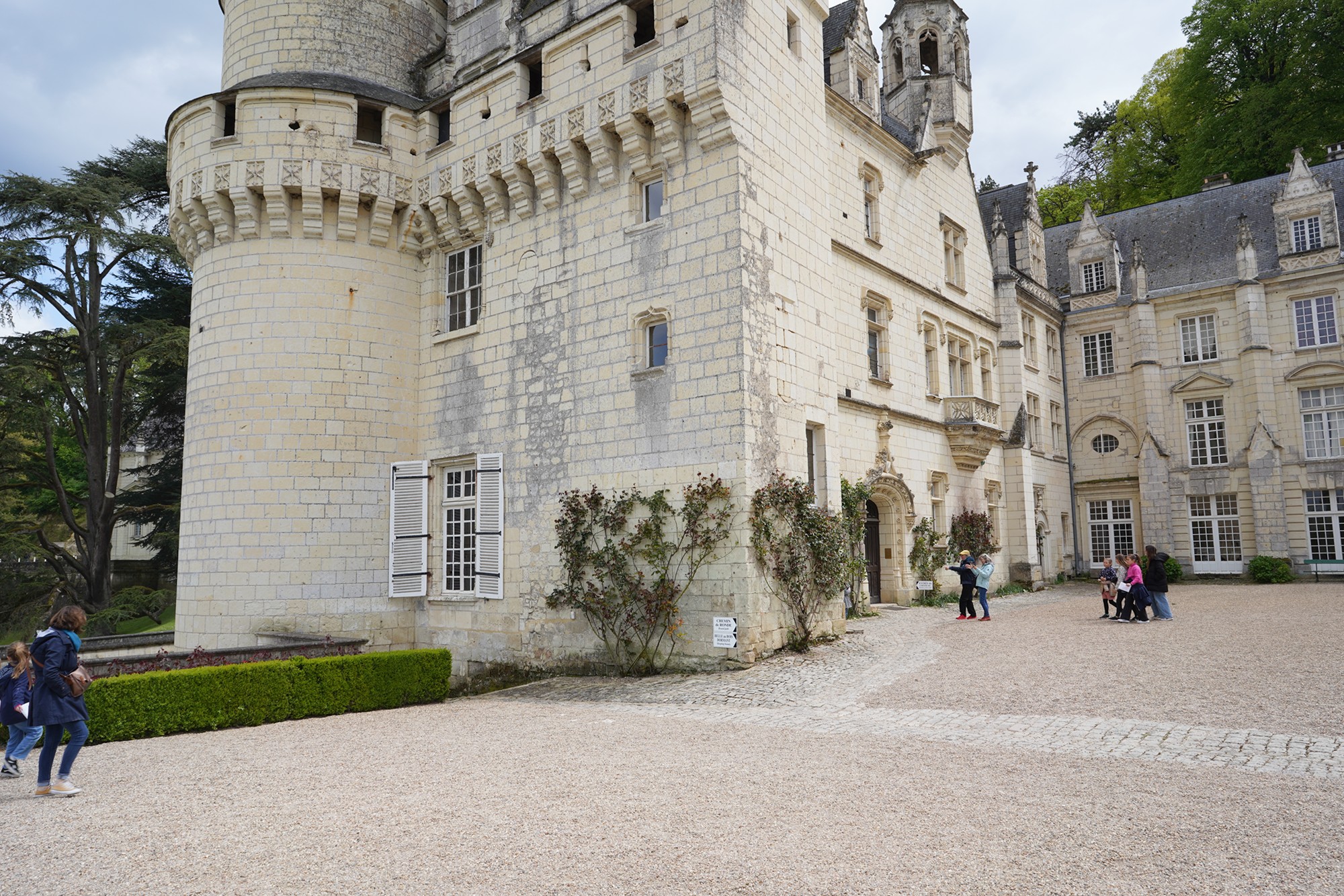
Throughout its history, the castle has had various owners, including the Buiel family, who were responsible for much of its Renaissance modifications. In the 17th century, it was owned by the d’Espinay family and later by the Valentinay family.
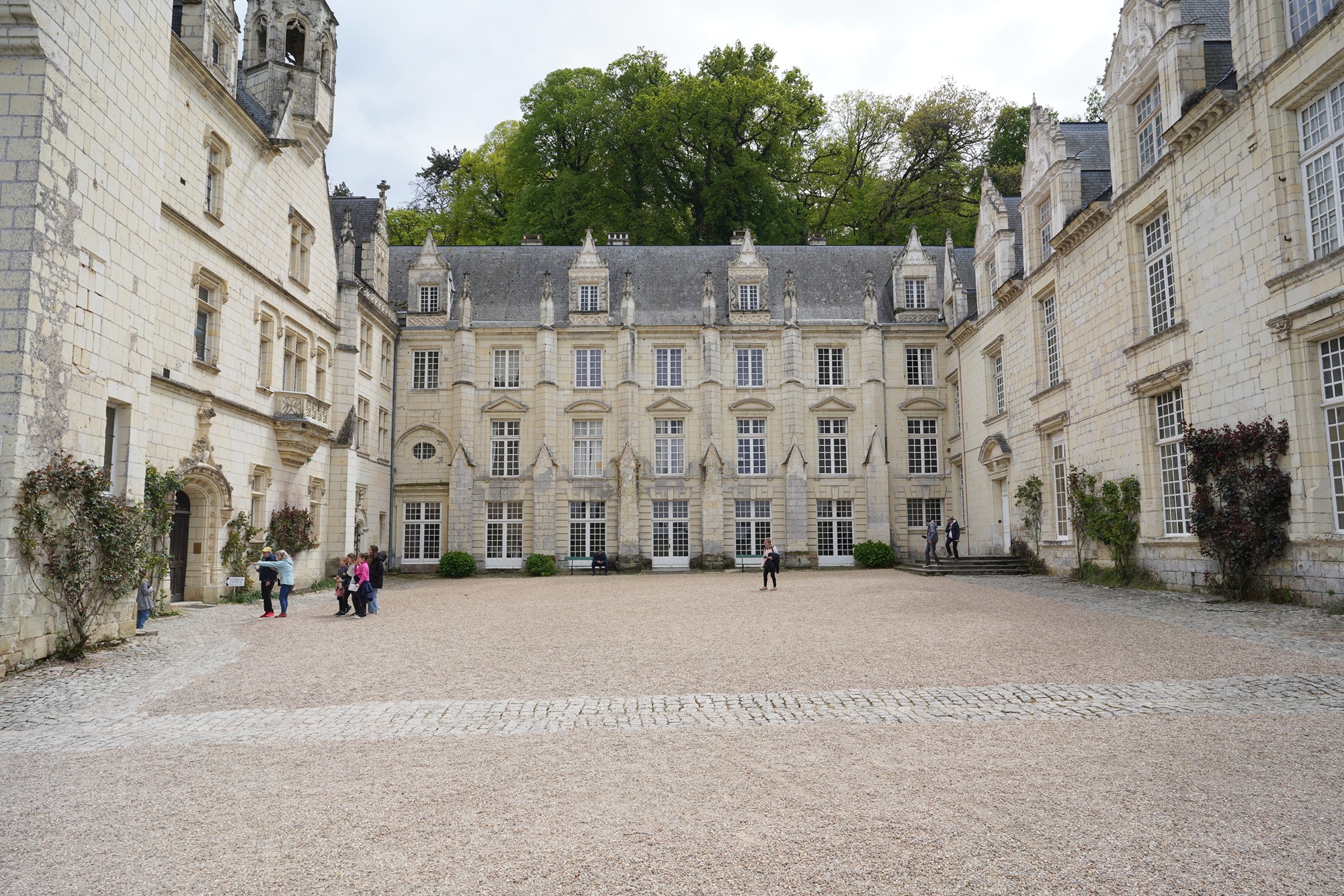
The château showcases a blend of medieval fortress elements and elegant Renaissance design. It features turrets, a moat, and beautiful gardens.
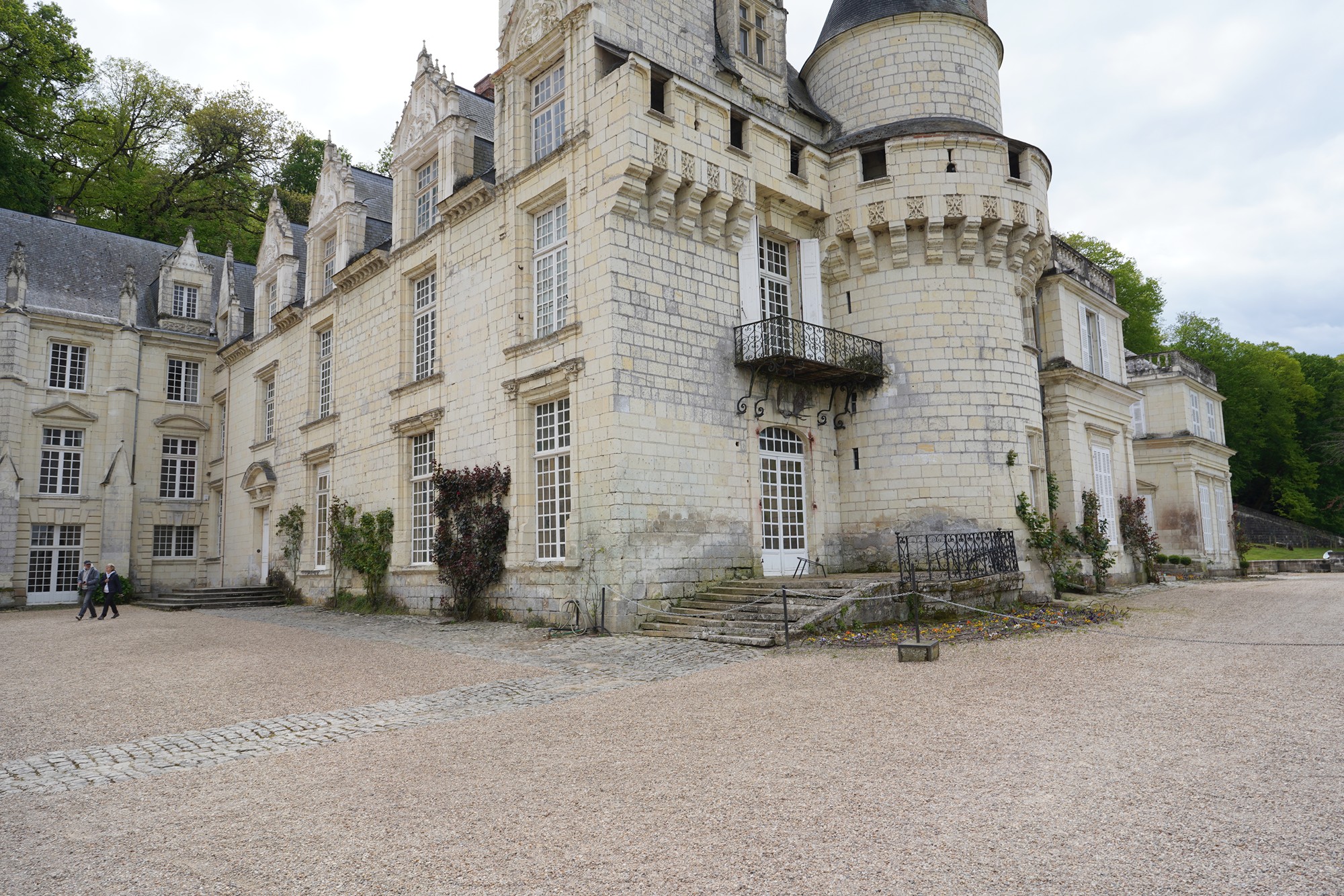
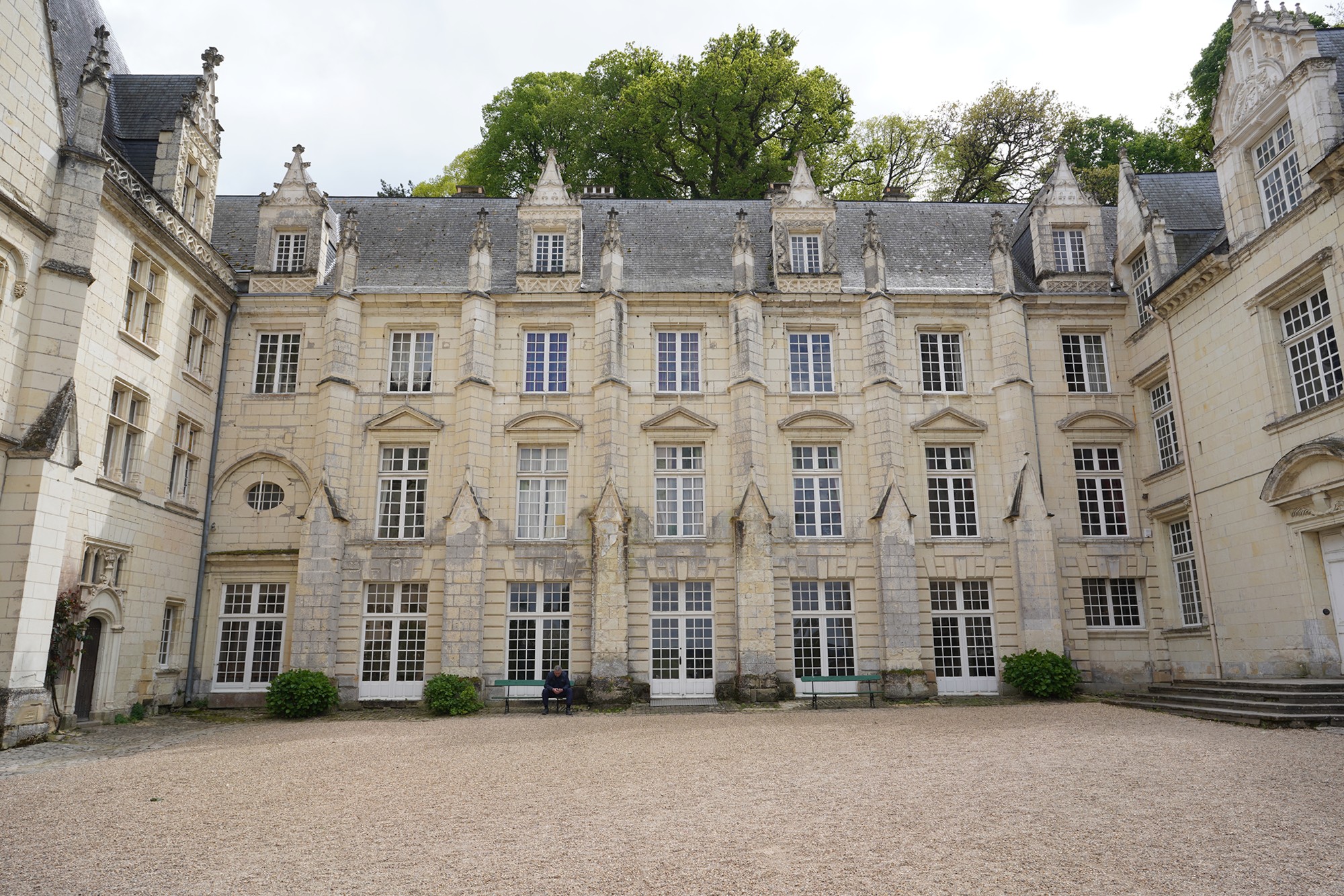
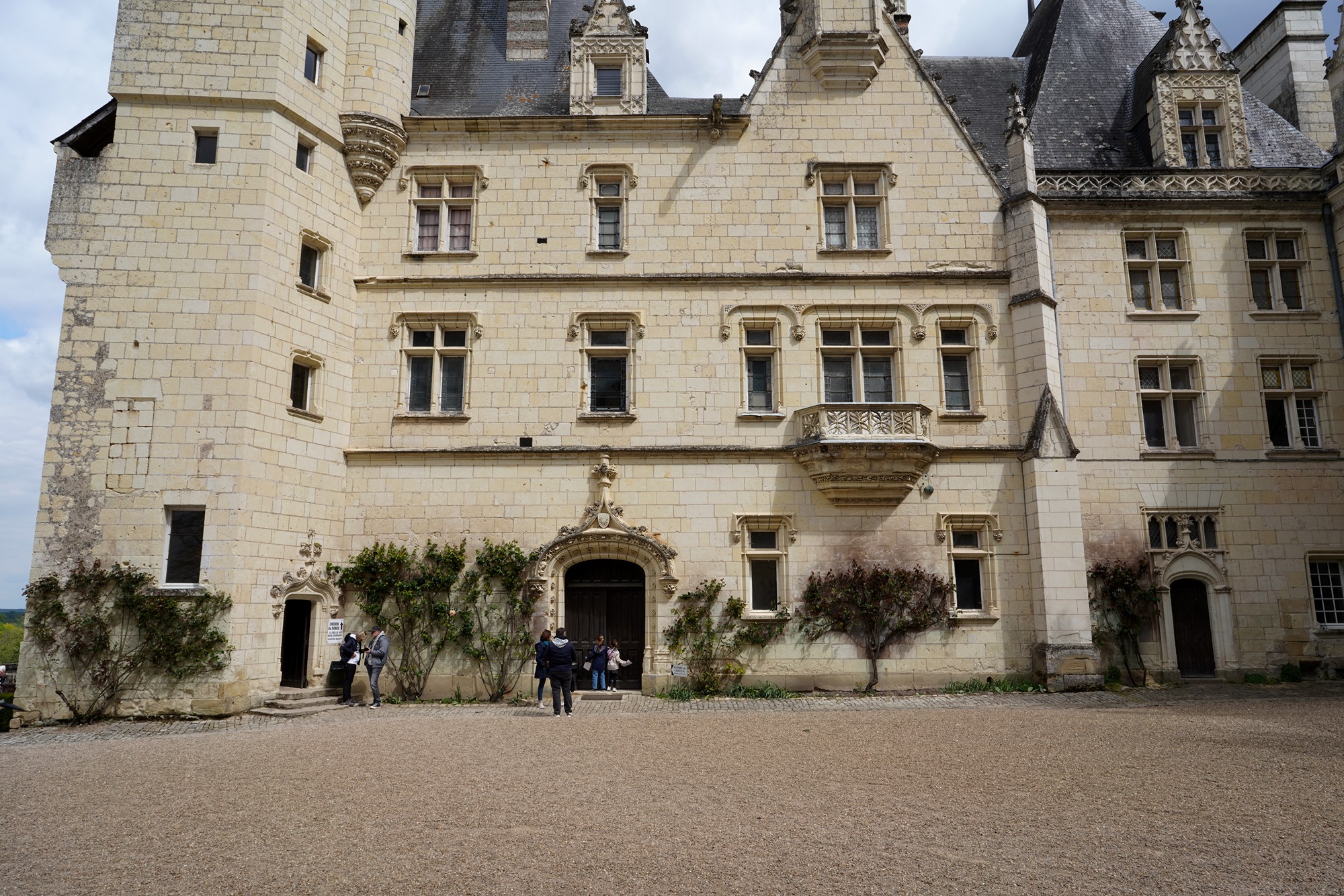
The interior is richly decorated, with period furniture, tapestries, and a chapel. The château also houses a collection of costumes and manuscripts.
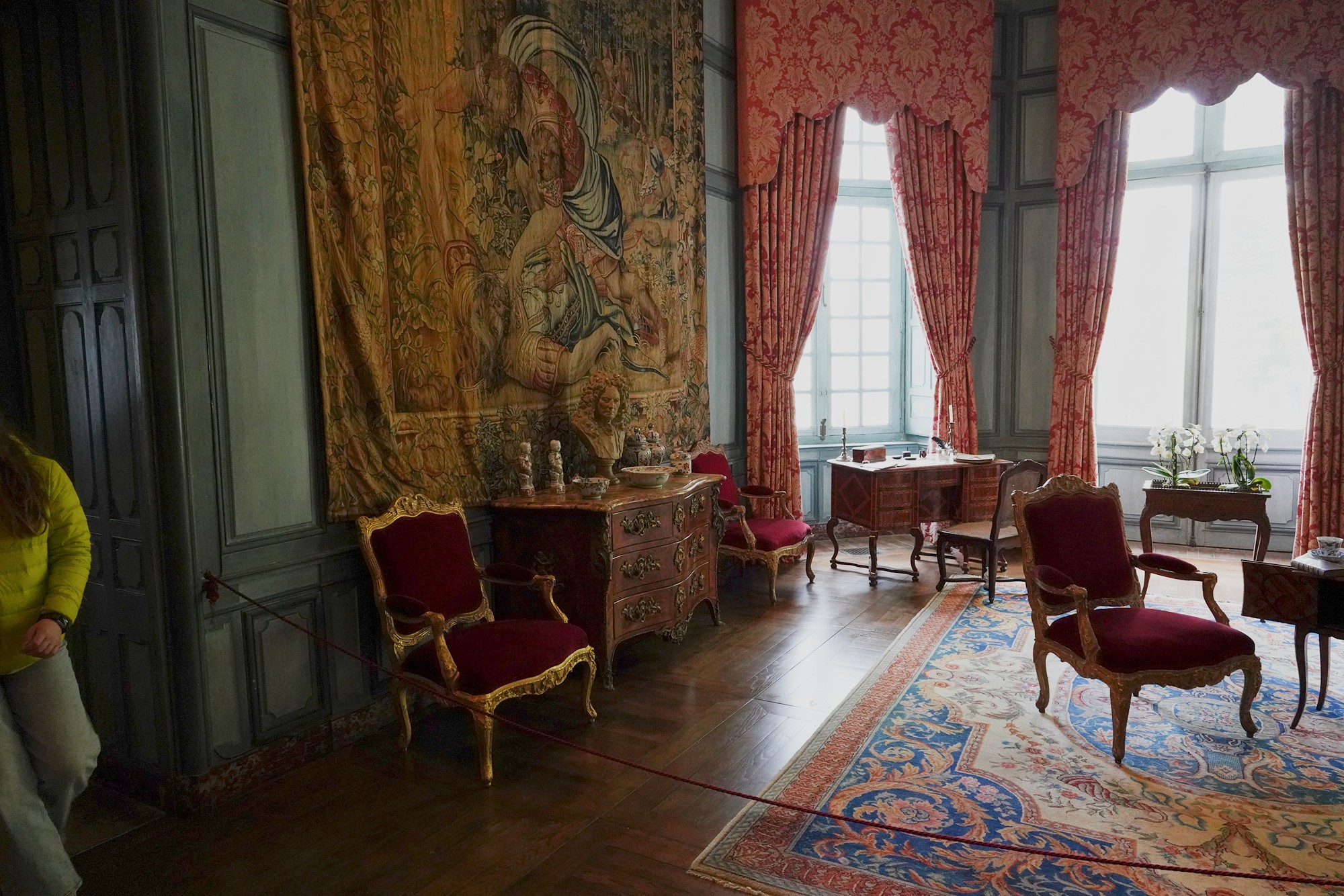
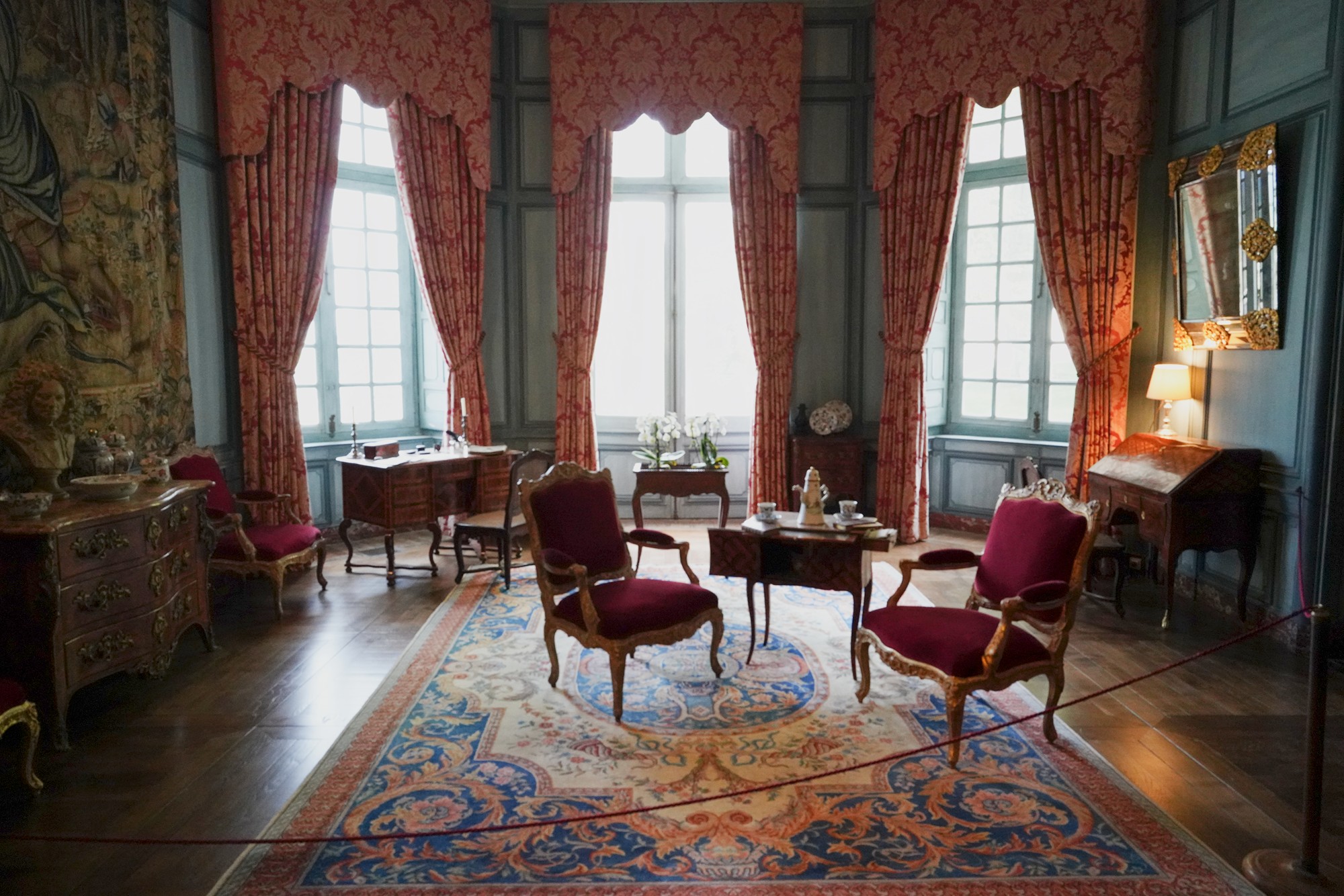
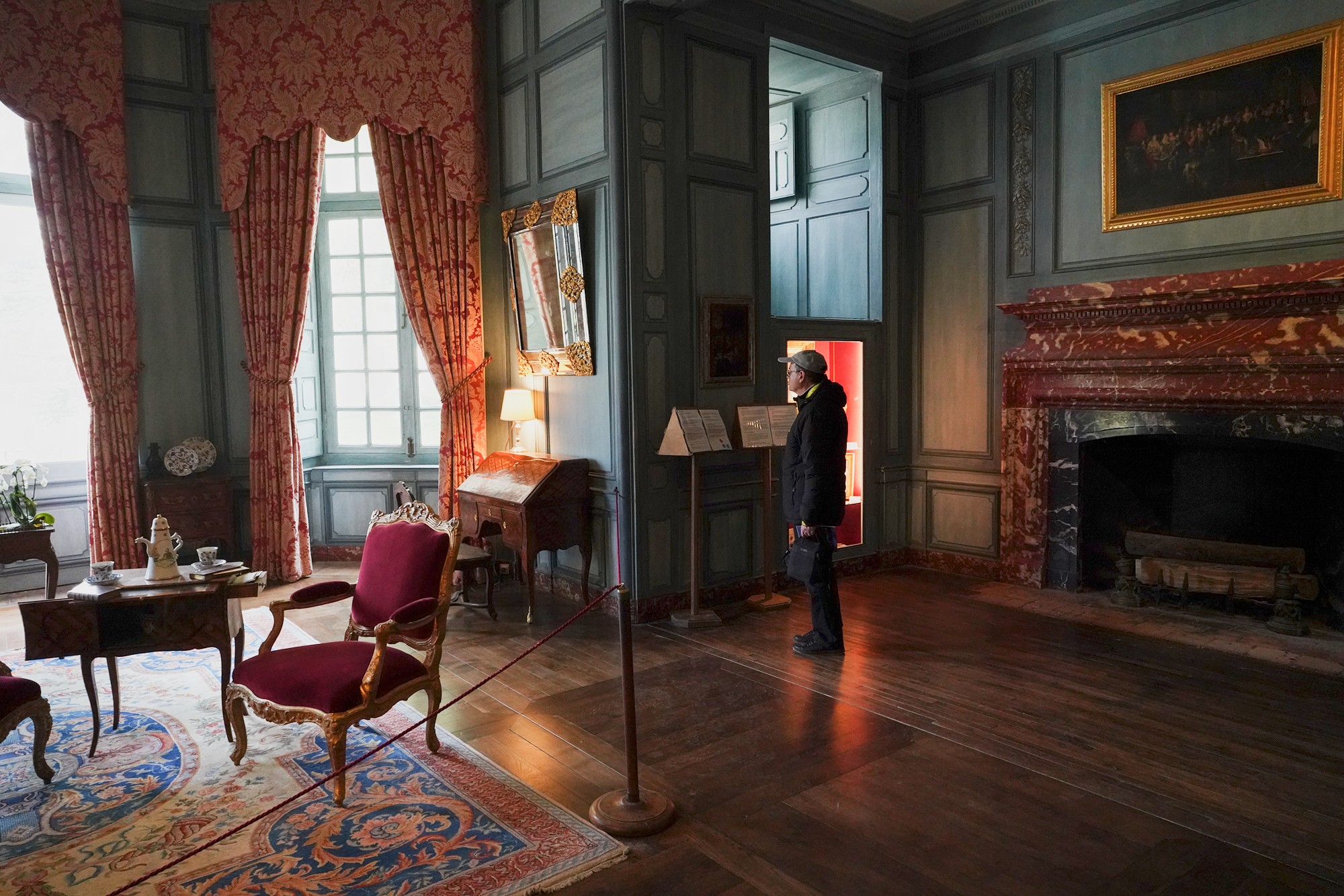
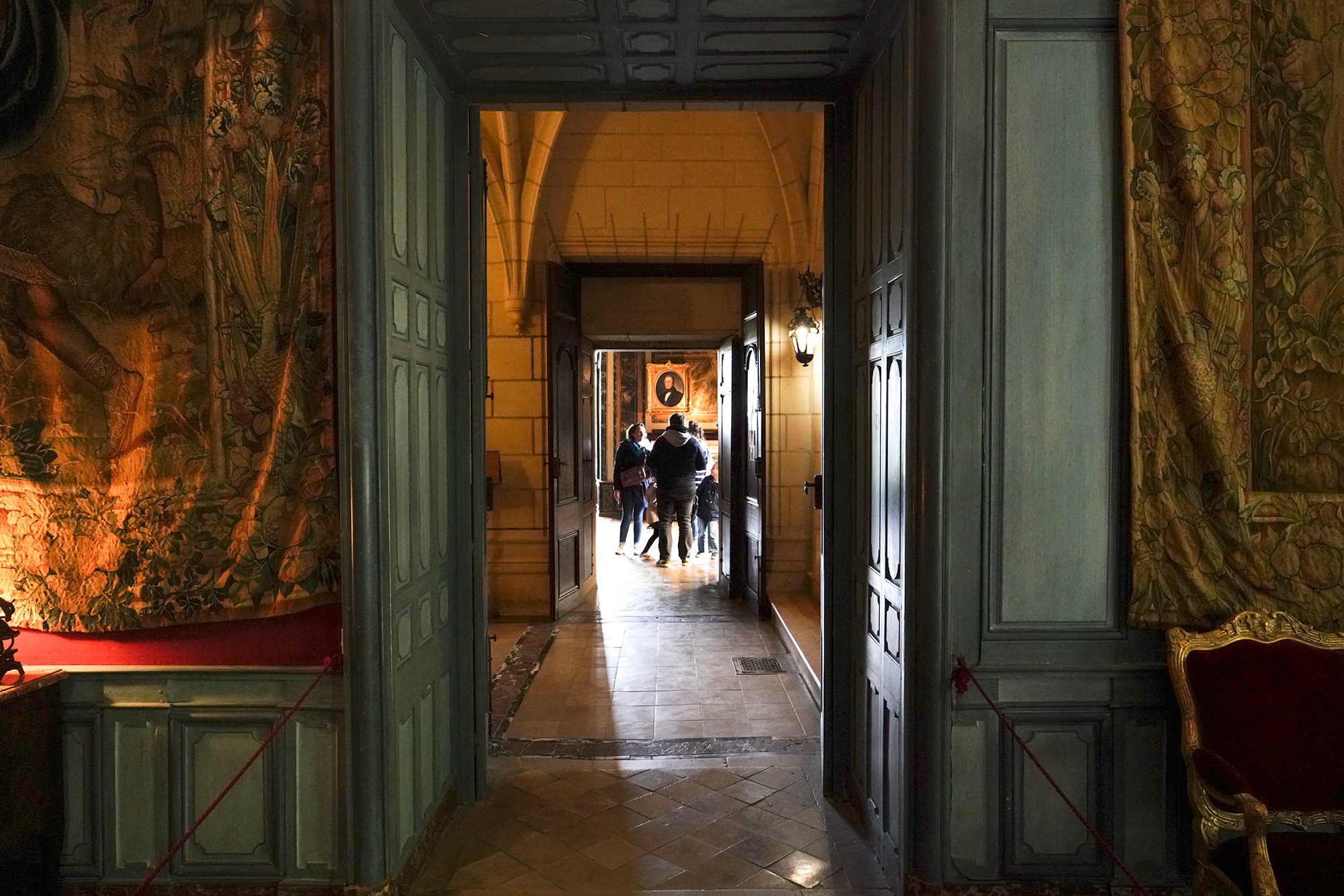
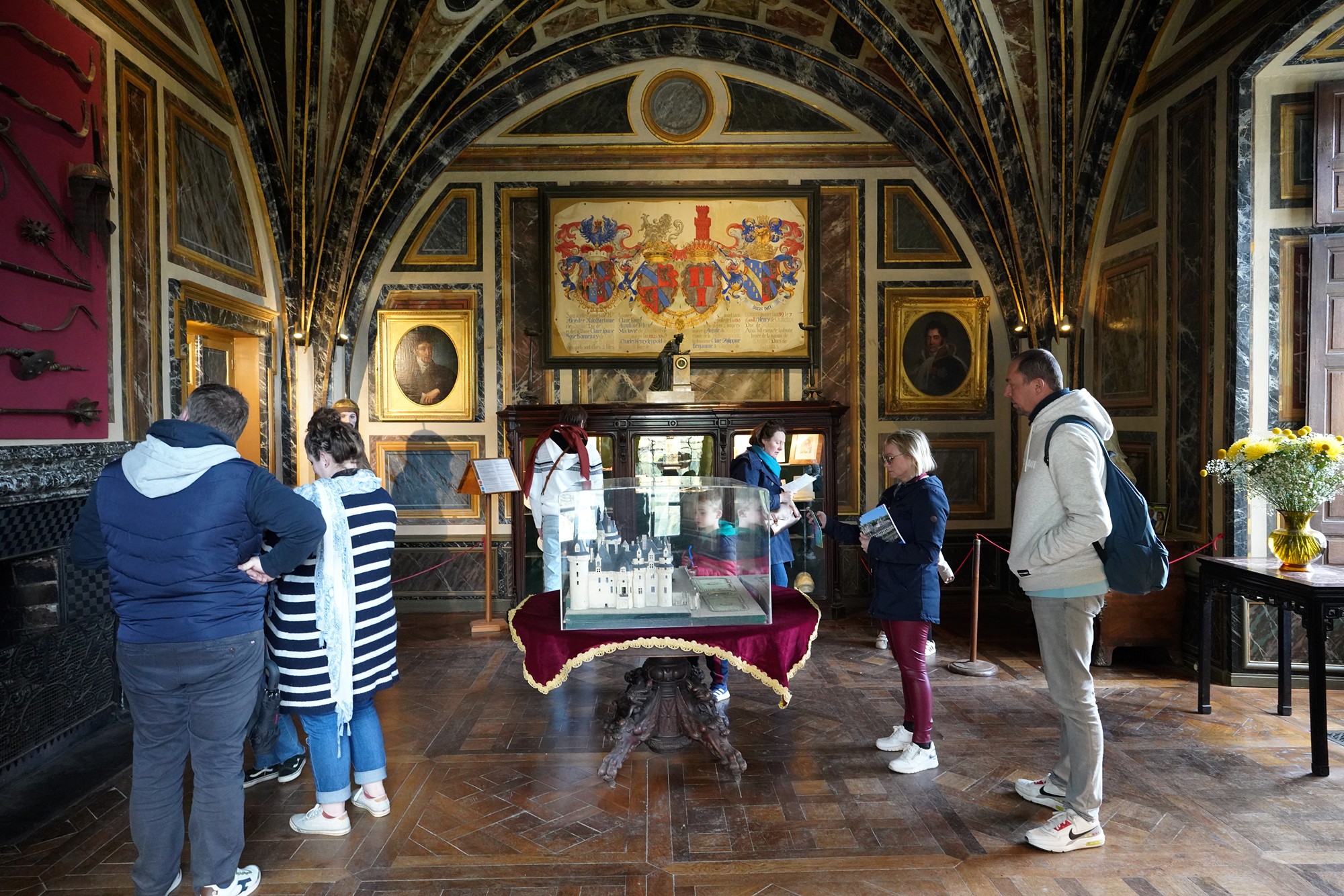
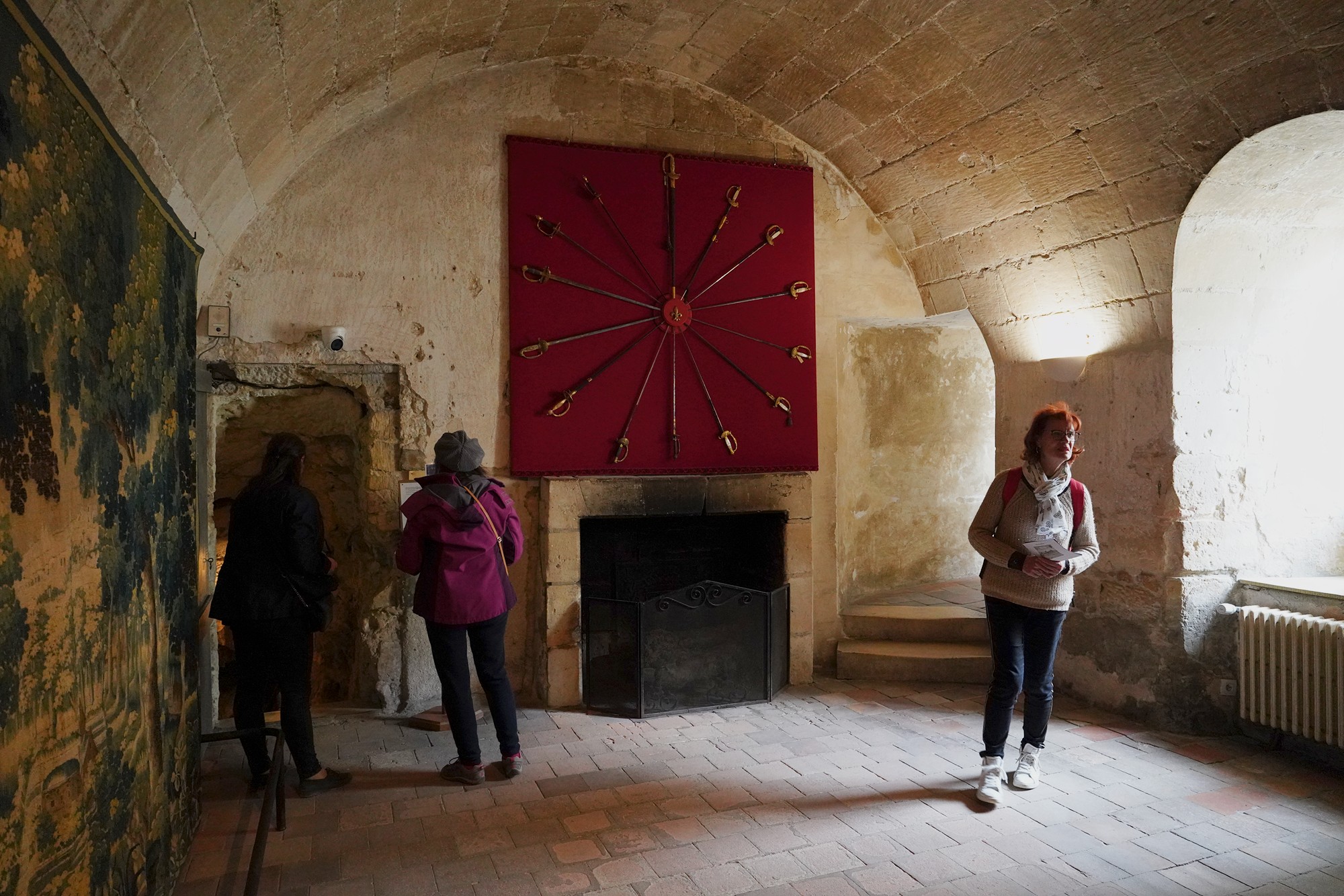
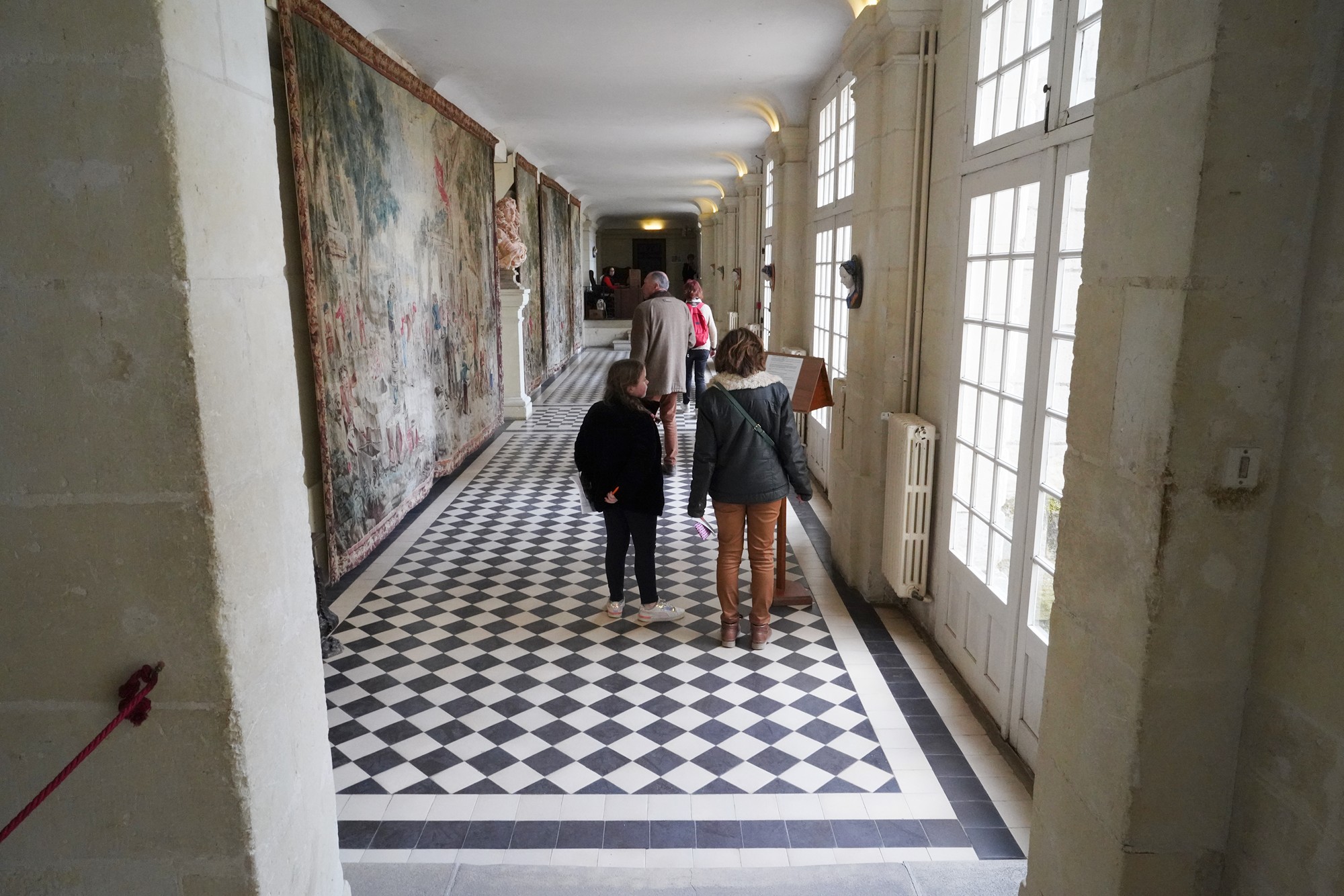
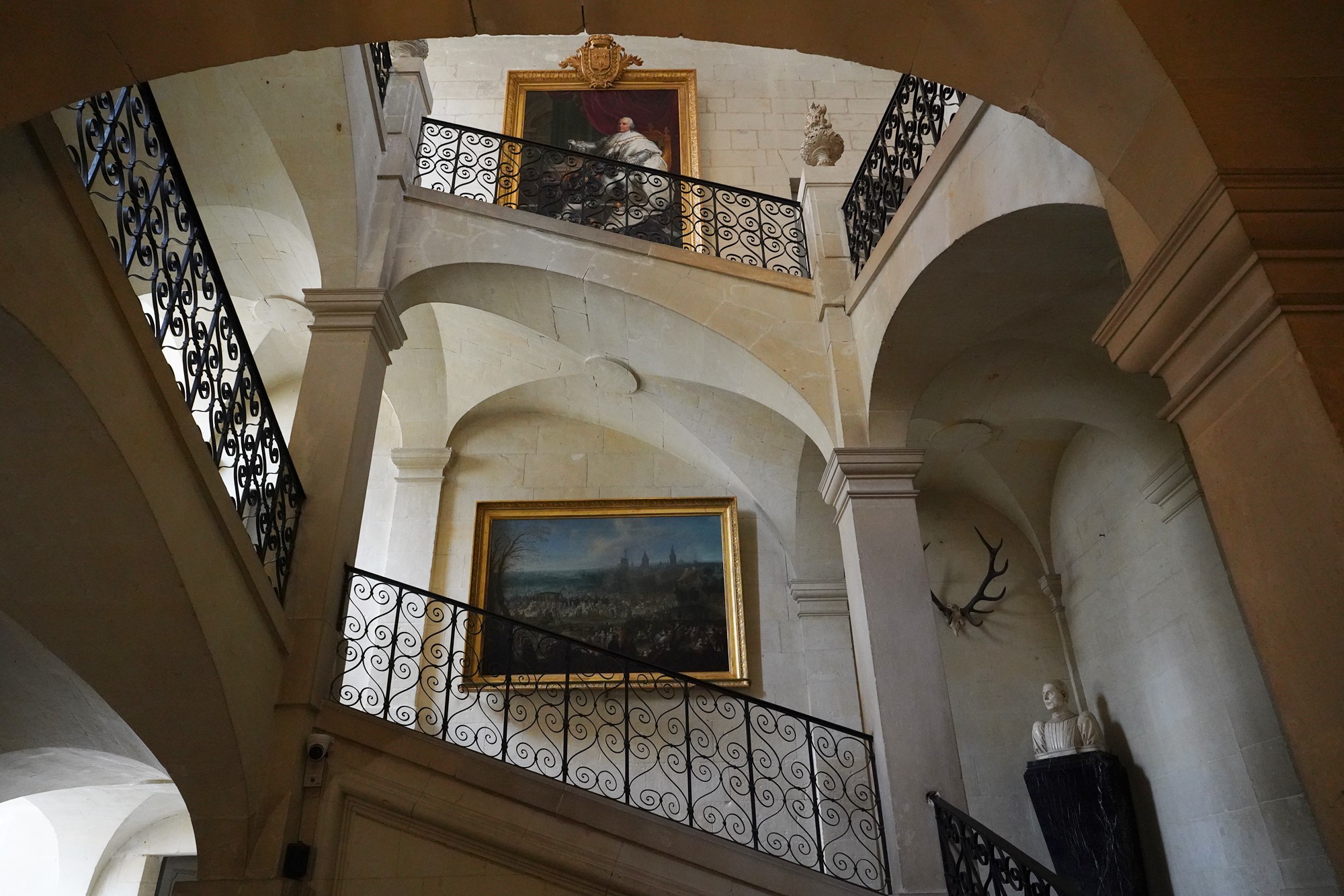
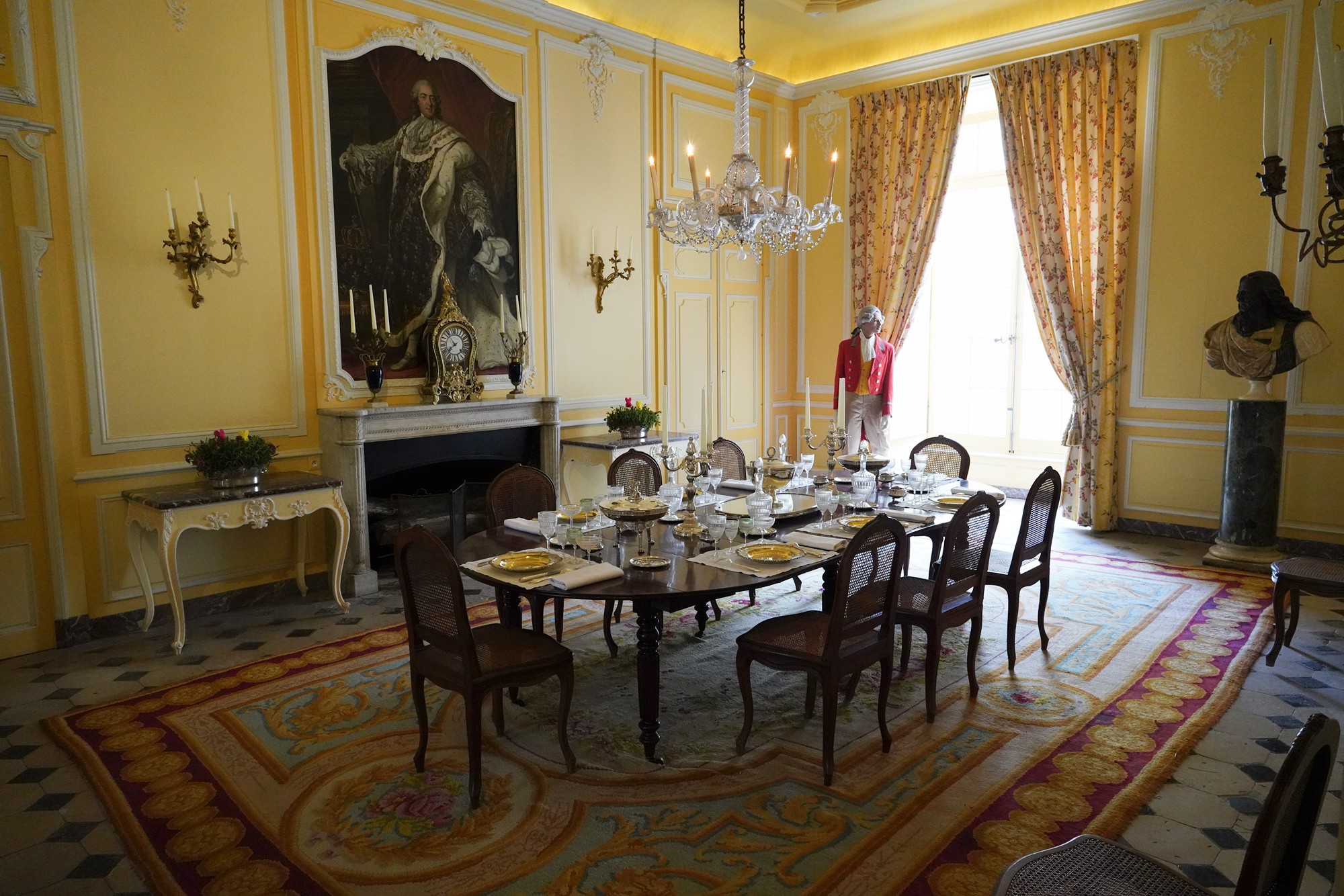
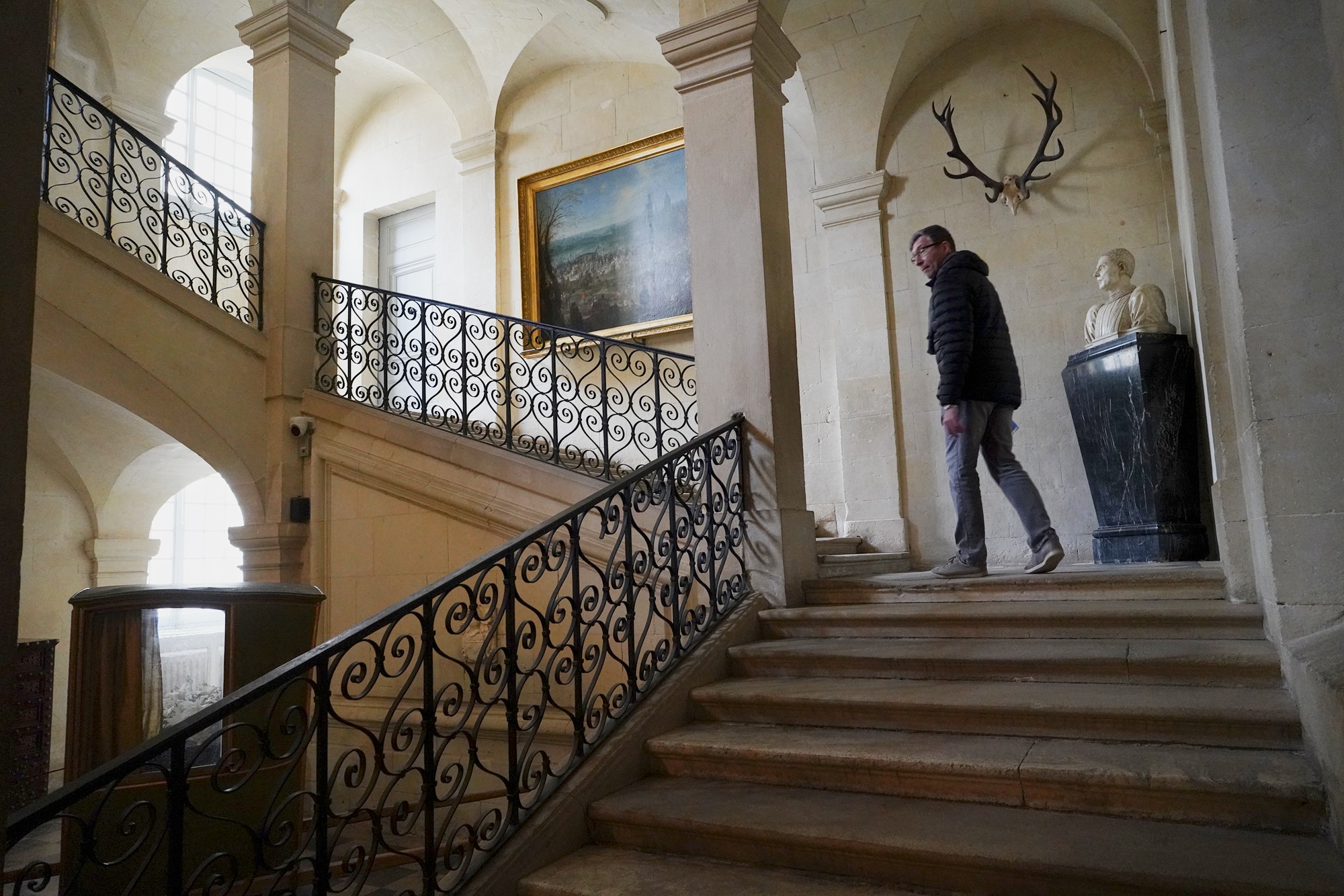
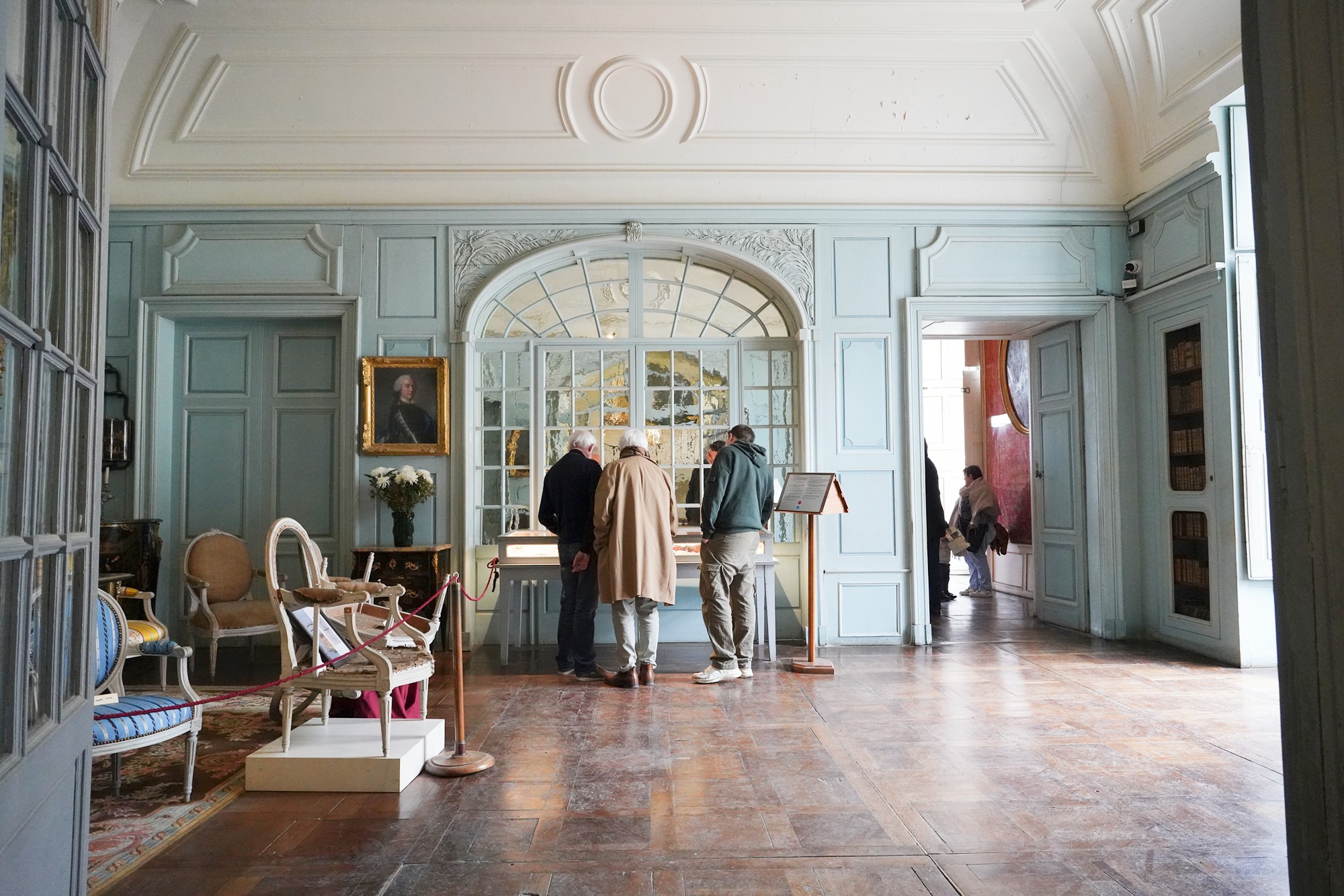
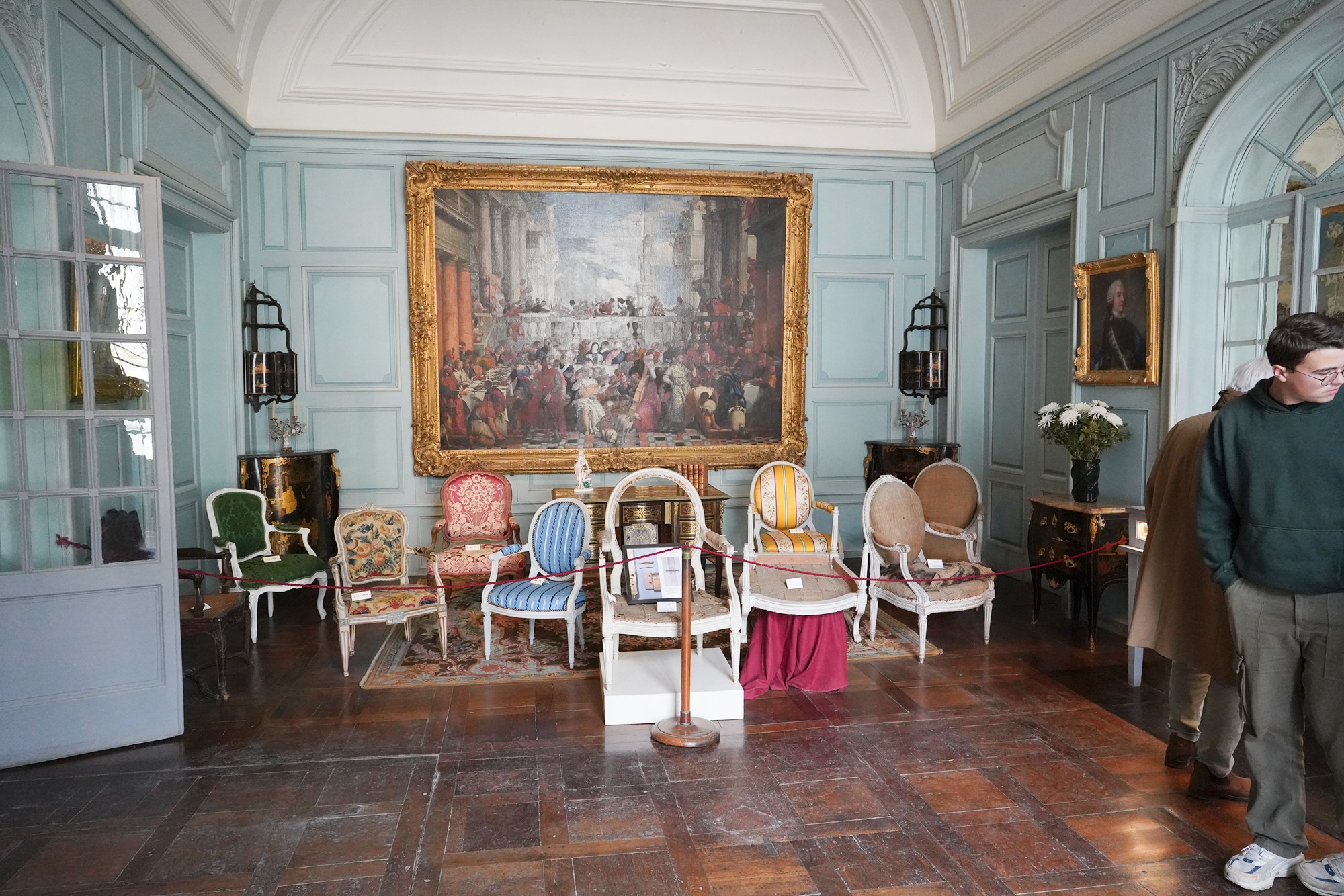
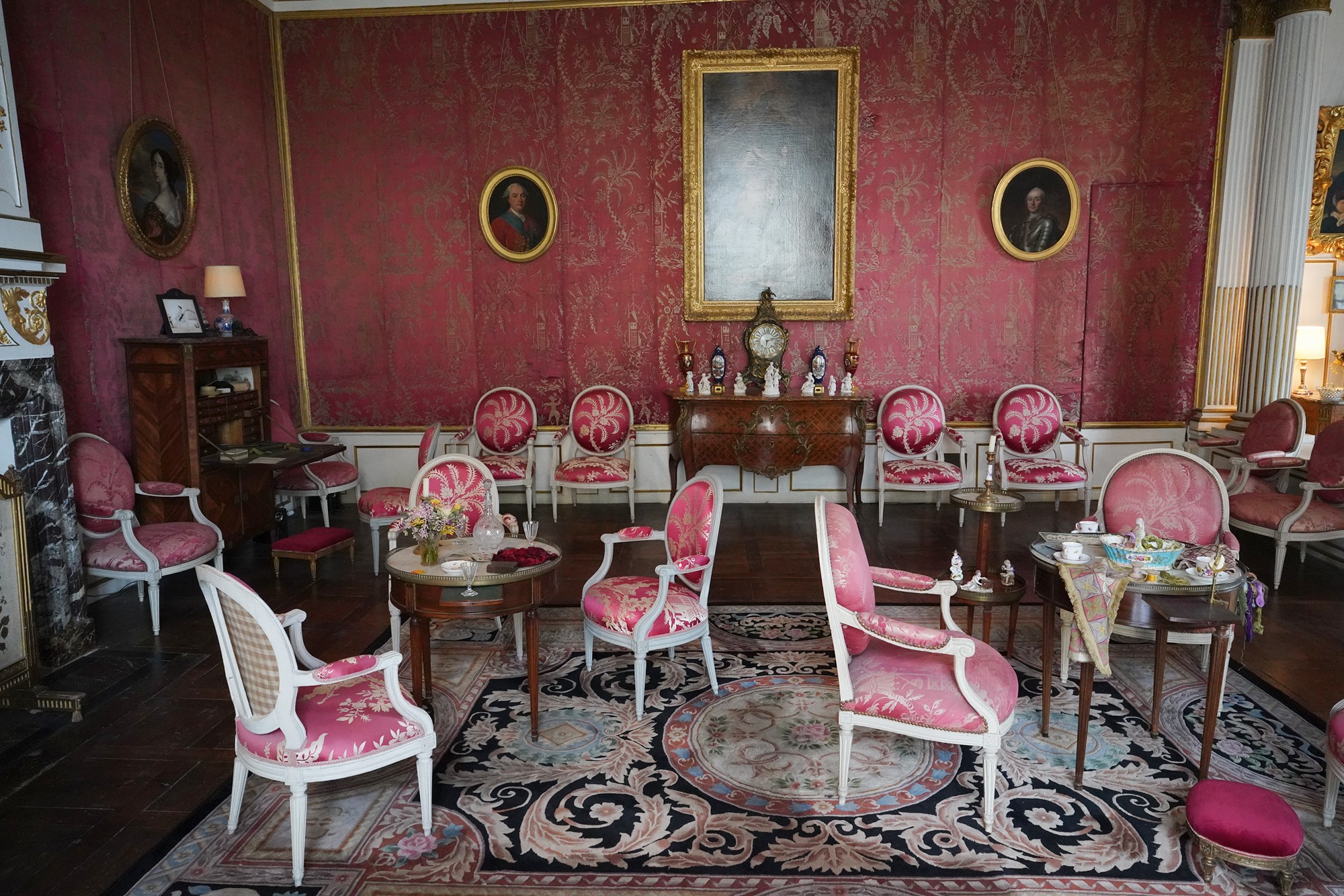
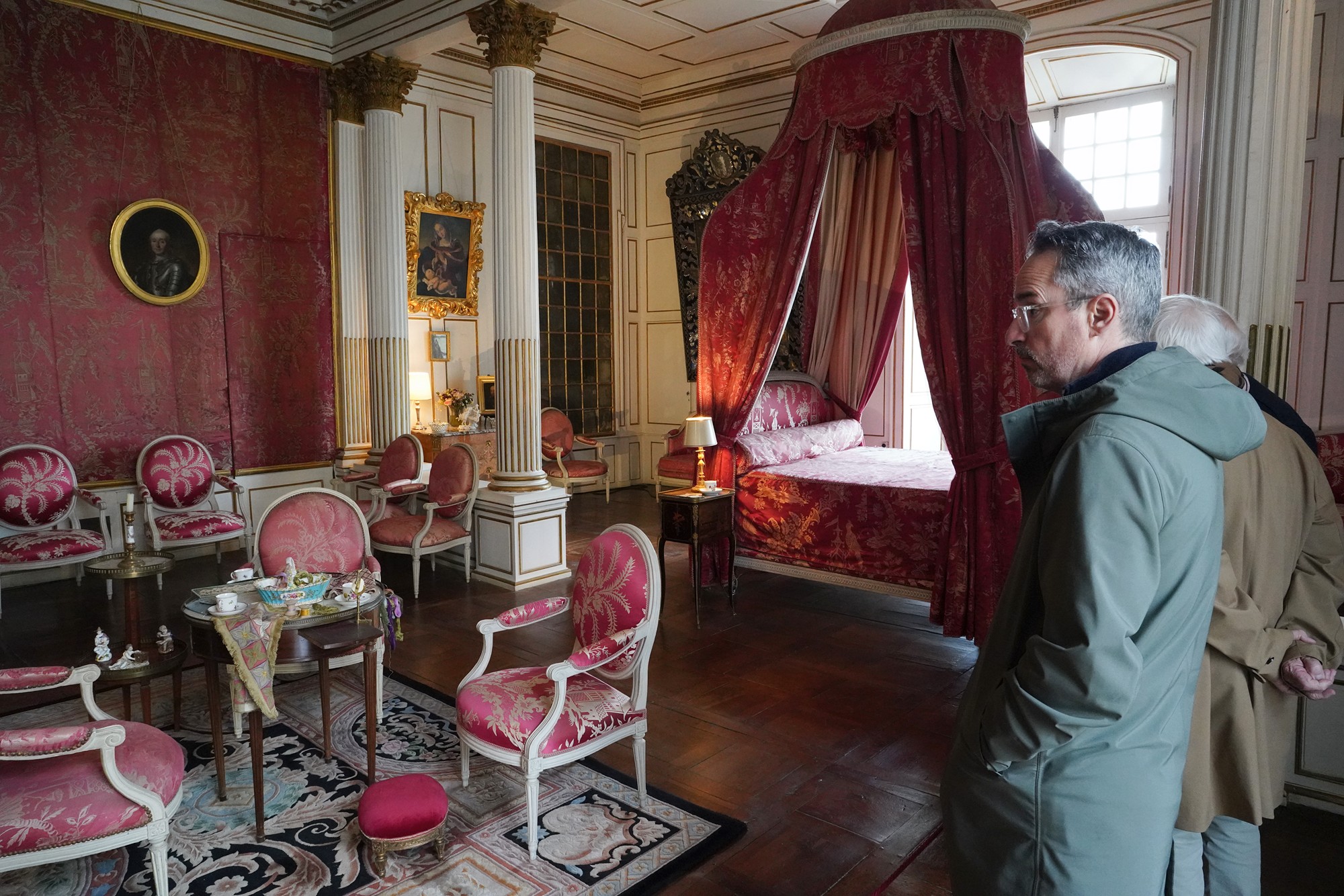
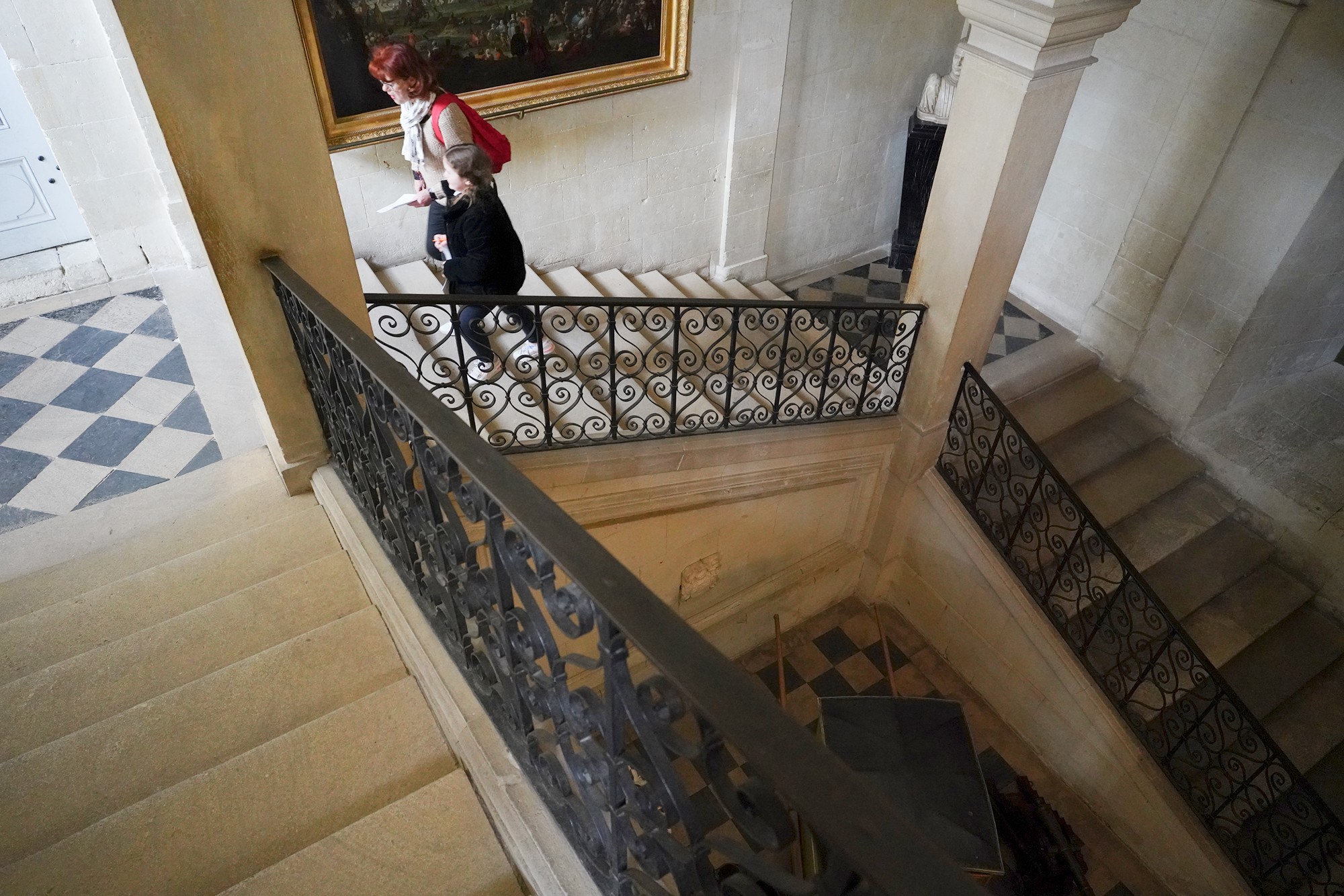
Came out from the chateau
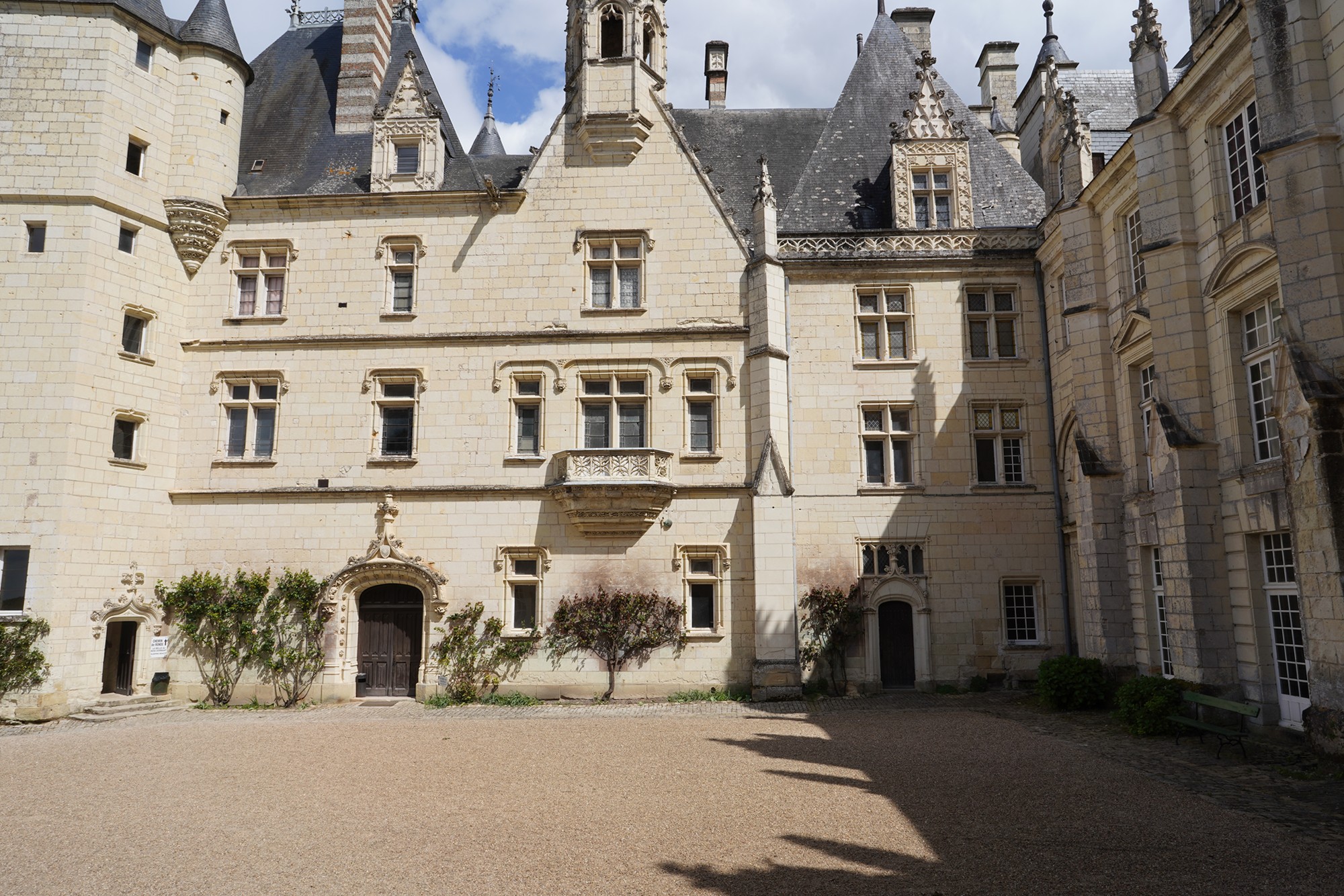
And went into the small side door of the column structure of the building shown in the picture
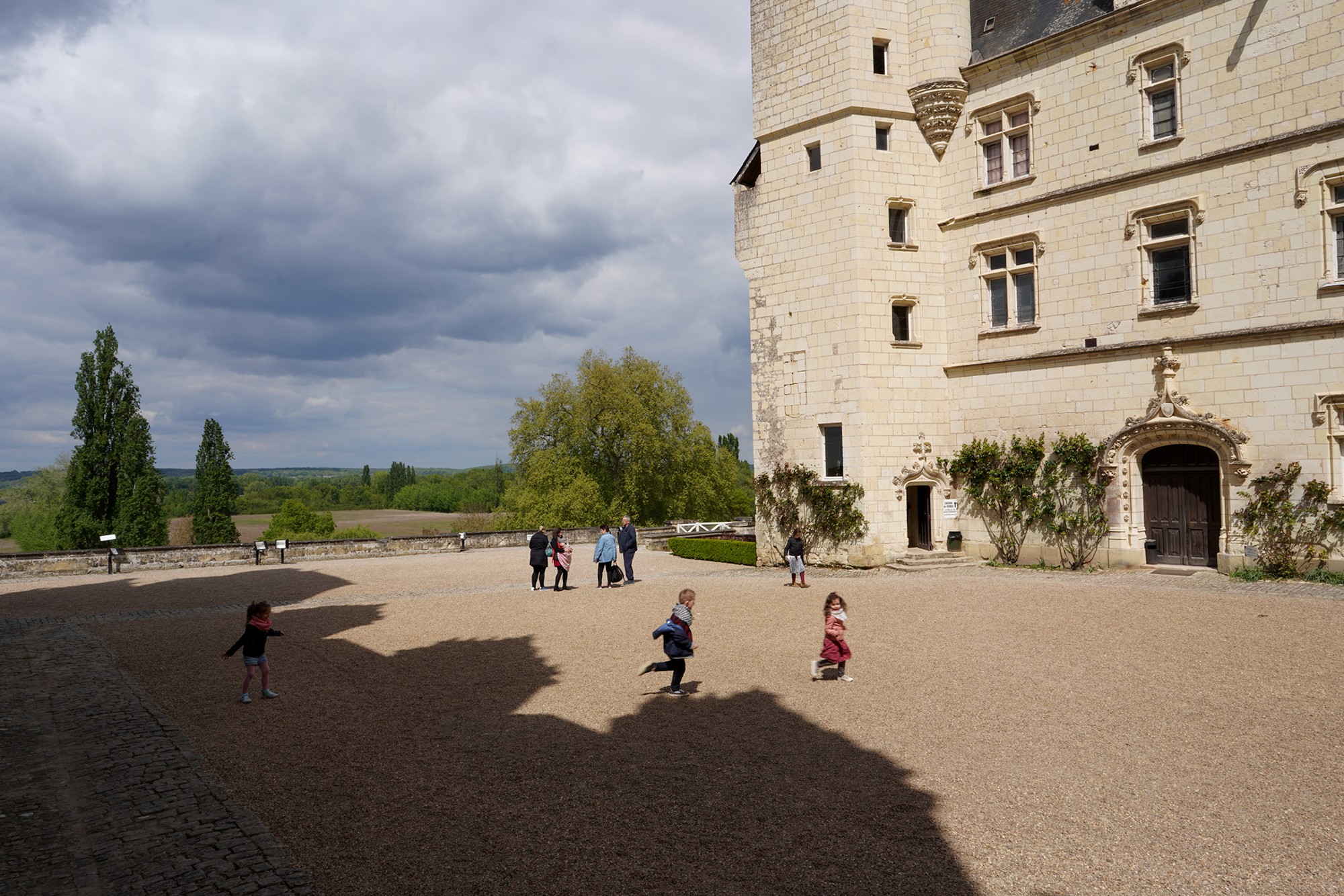
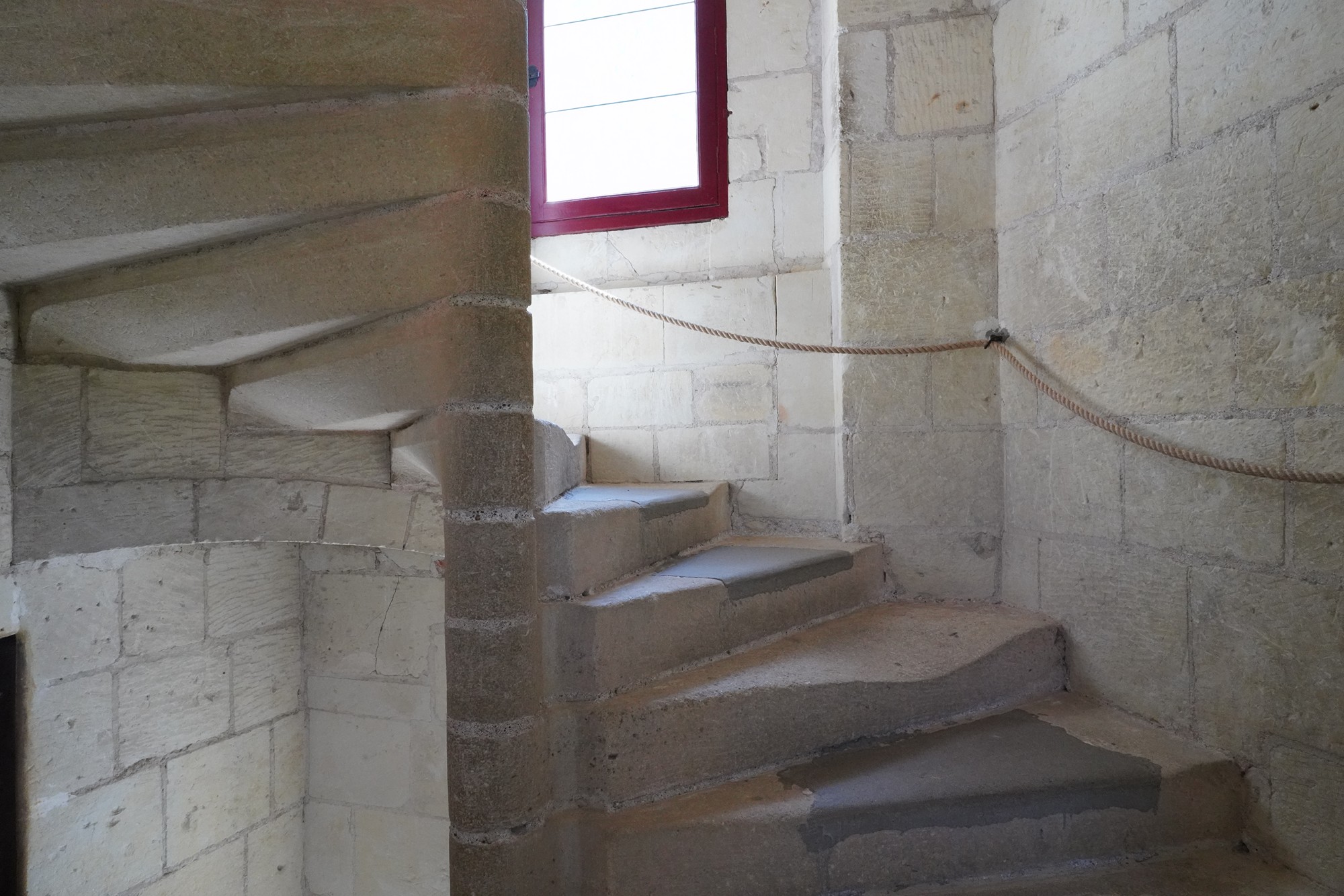
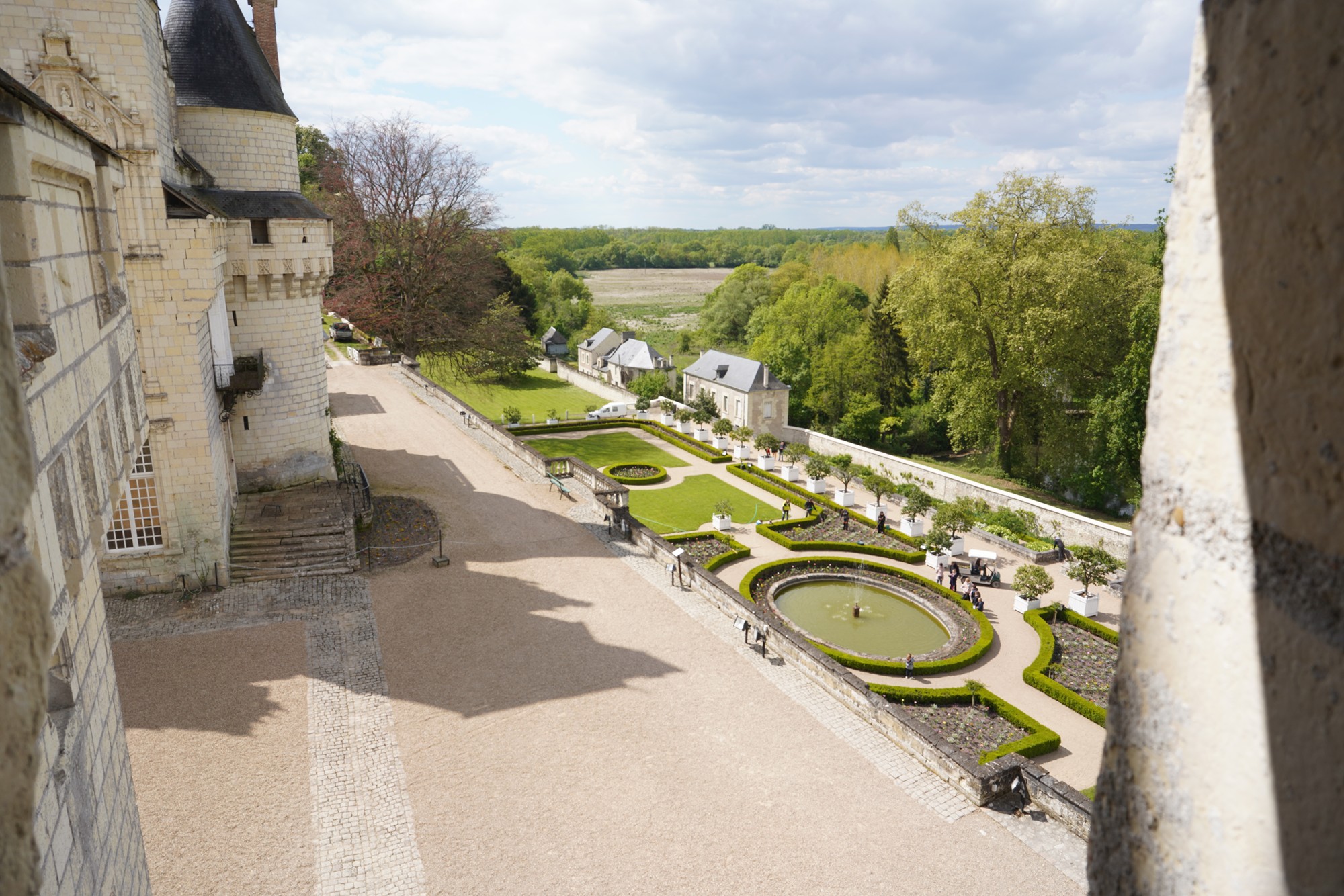
This area has a Sleeping Beauty Exhibit. Visitors can explore rooms themed around “Sleeping Beauty,” with wax figures and displays that tell the story of the fairy tale.
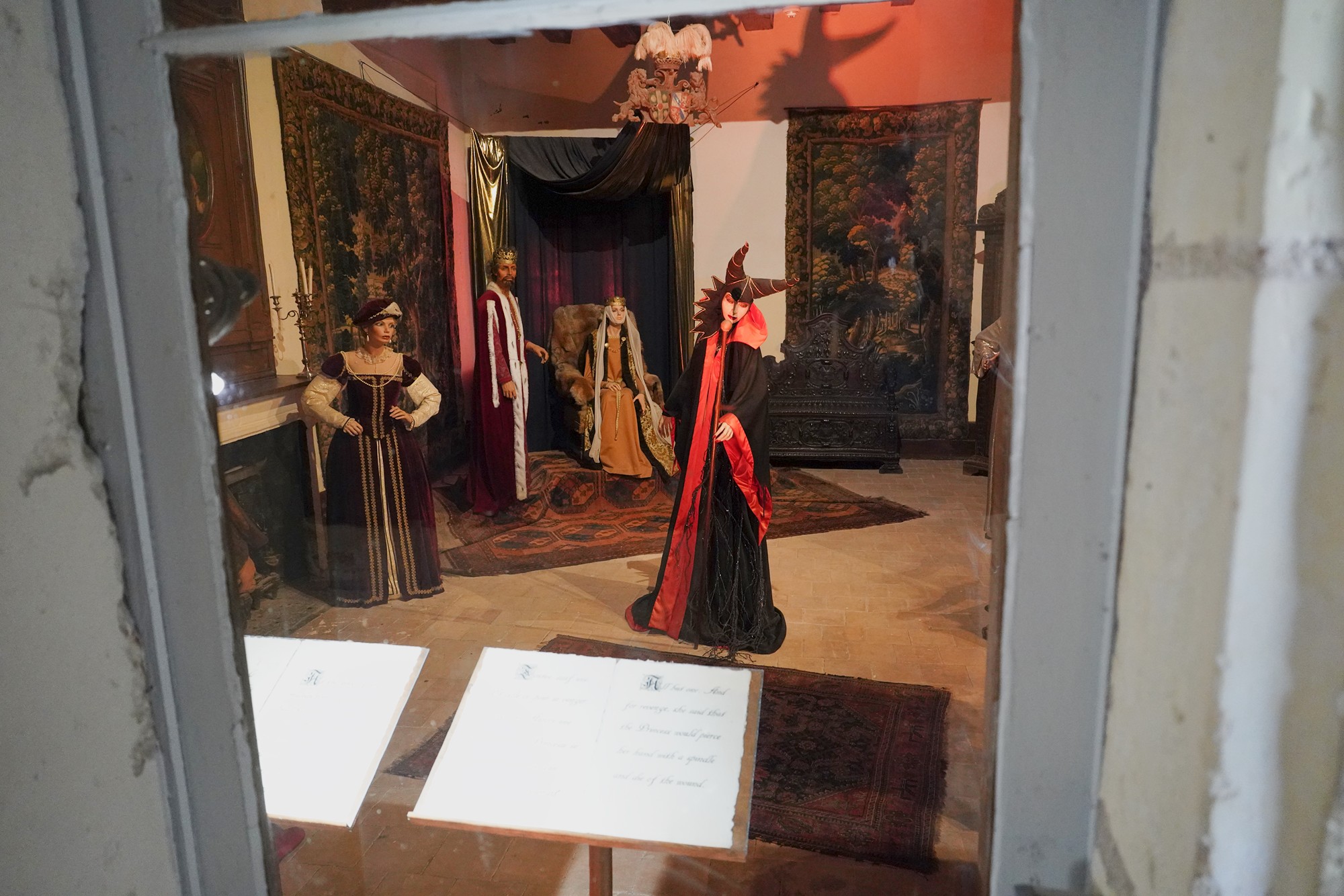
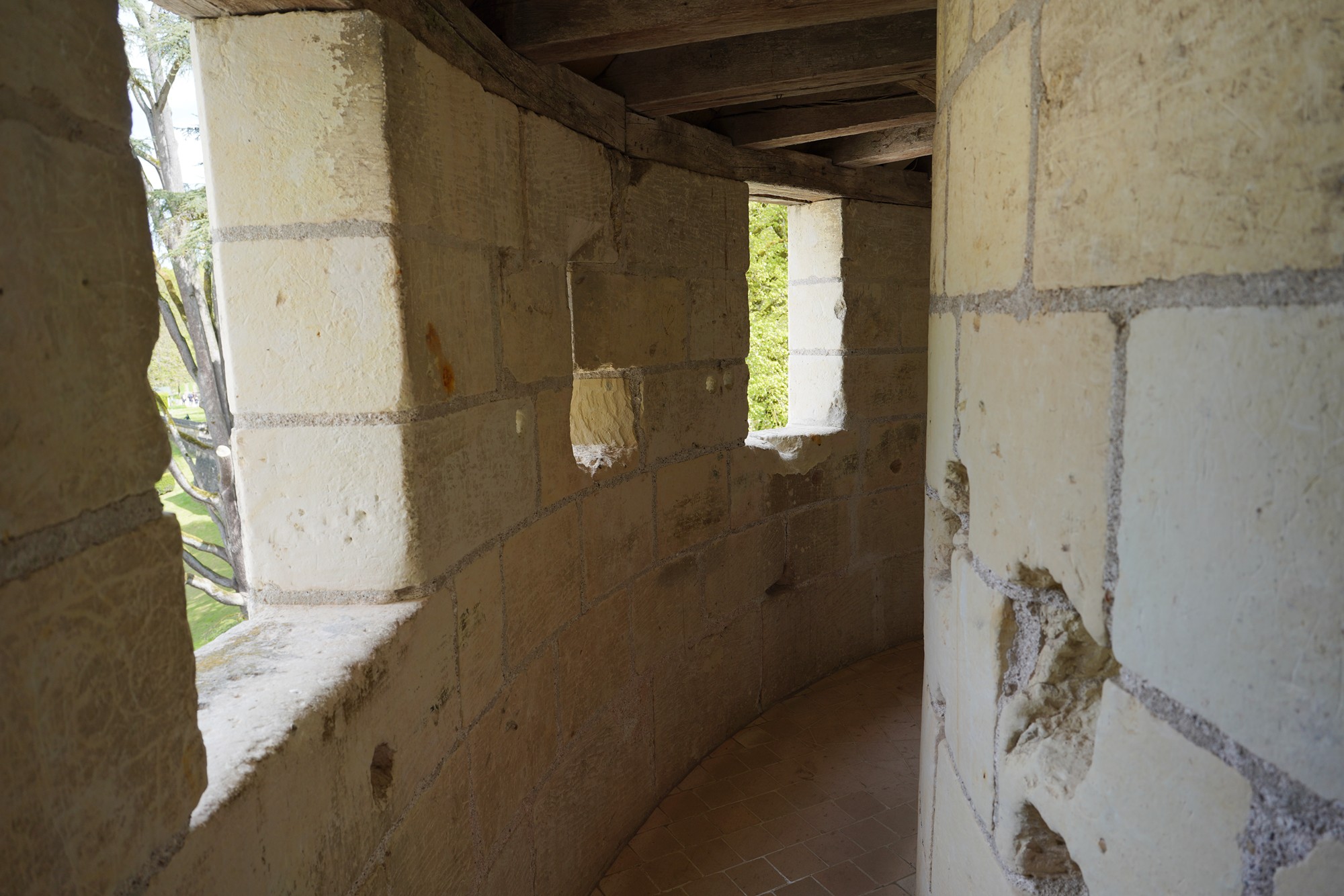
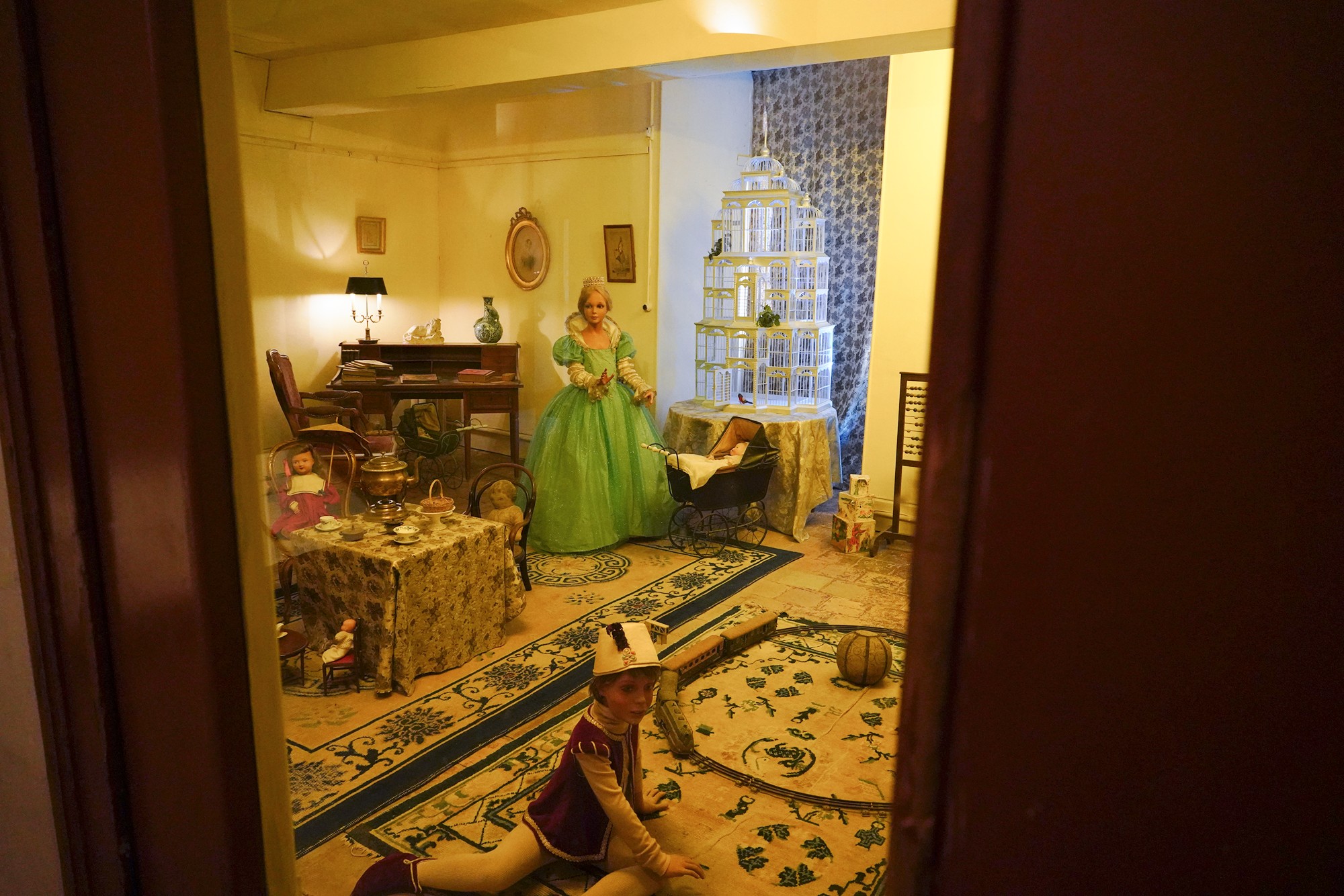
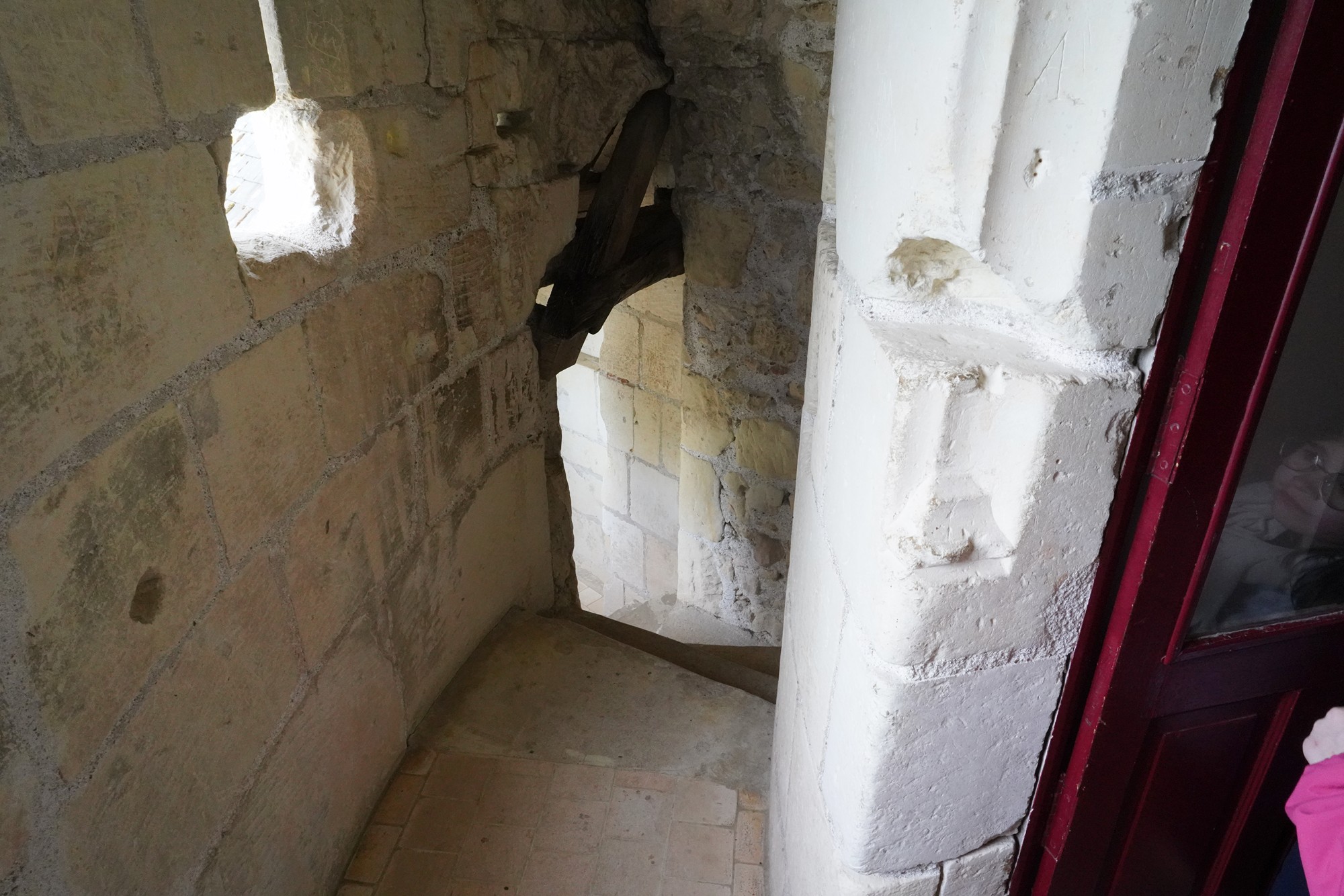
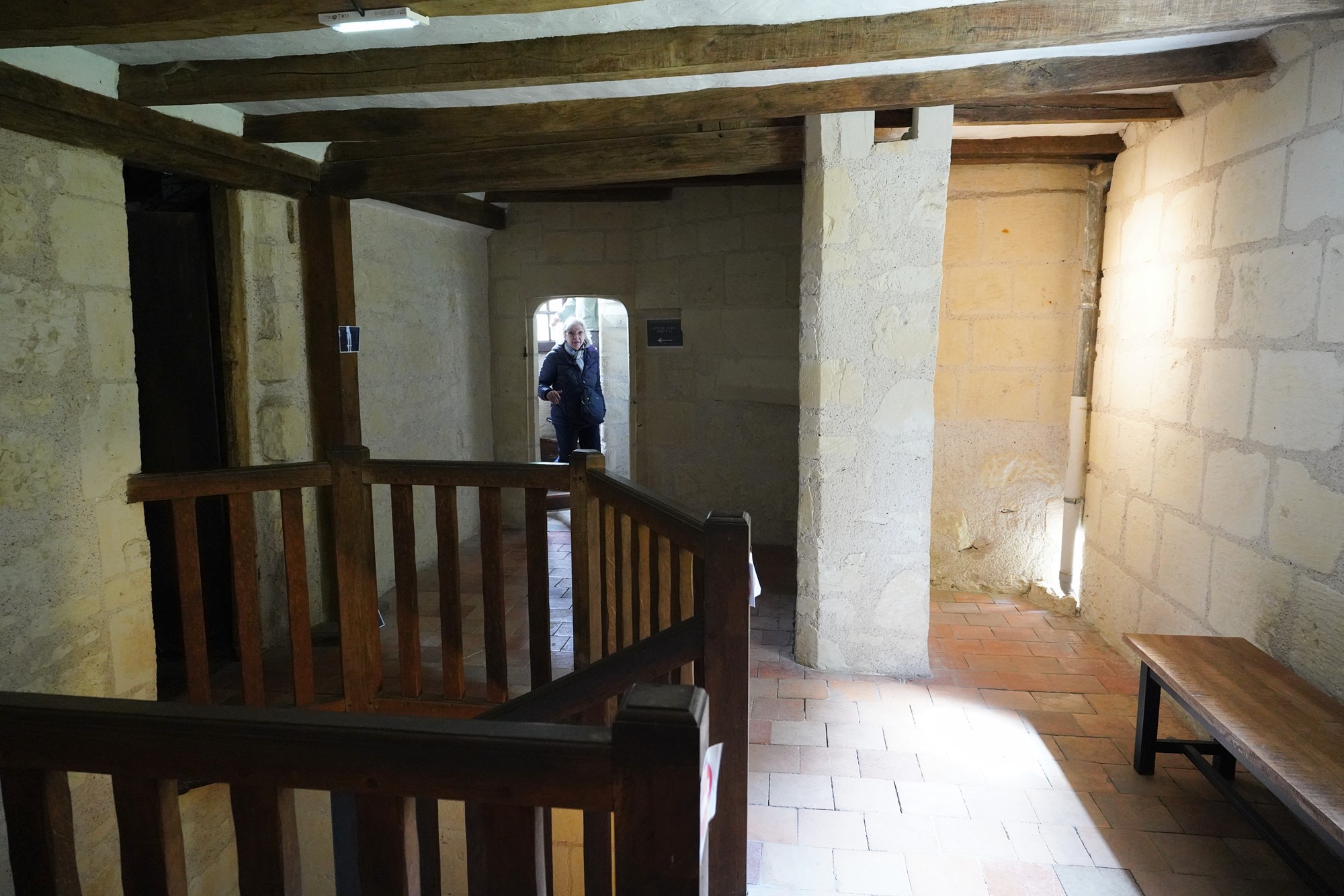
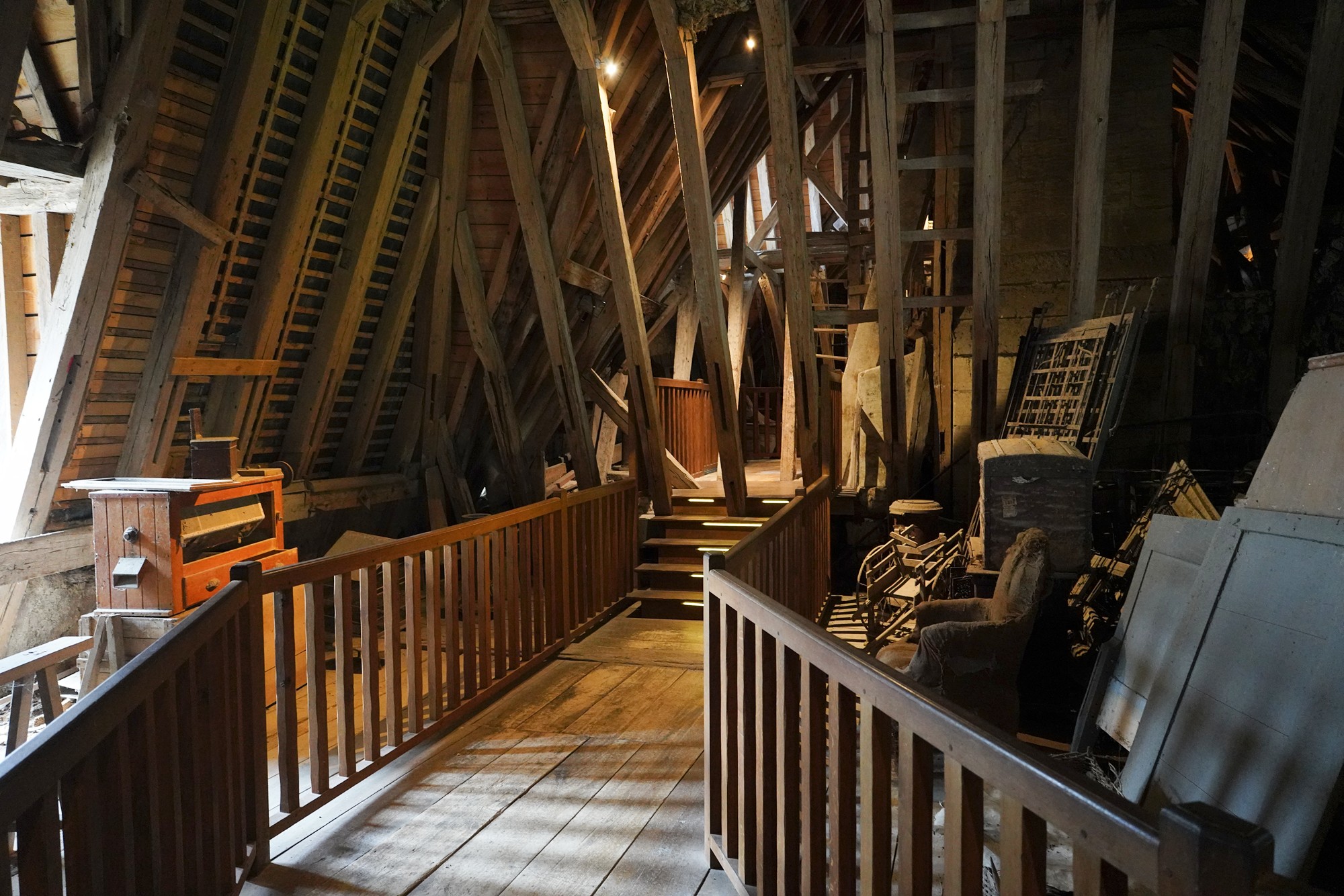
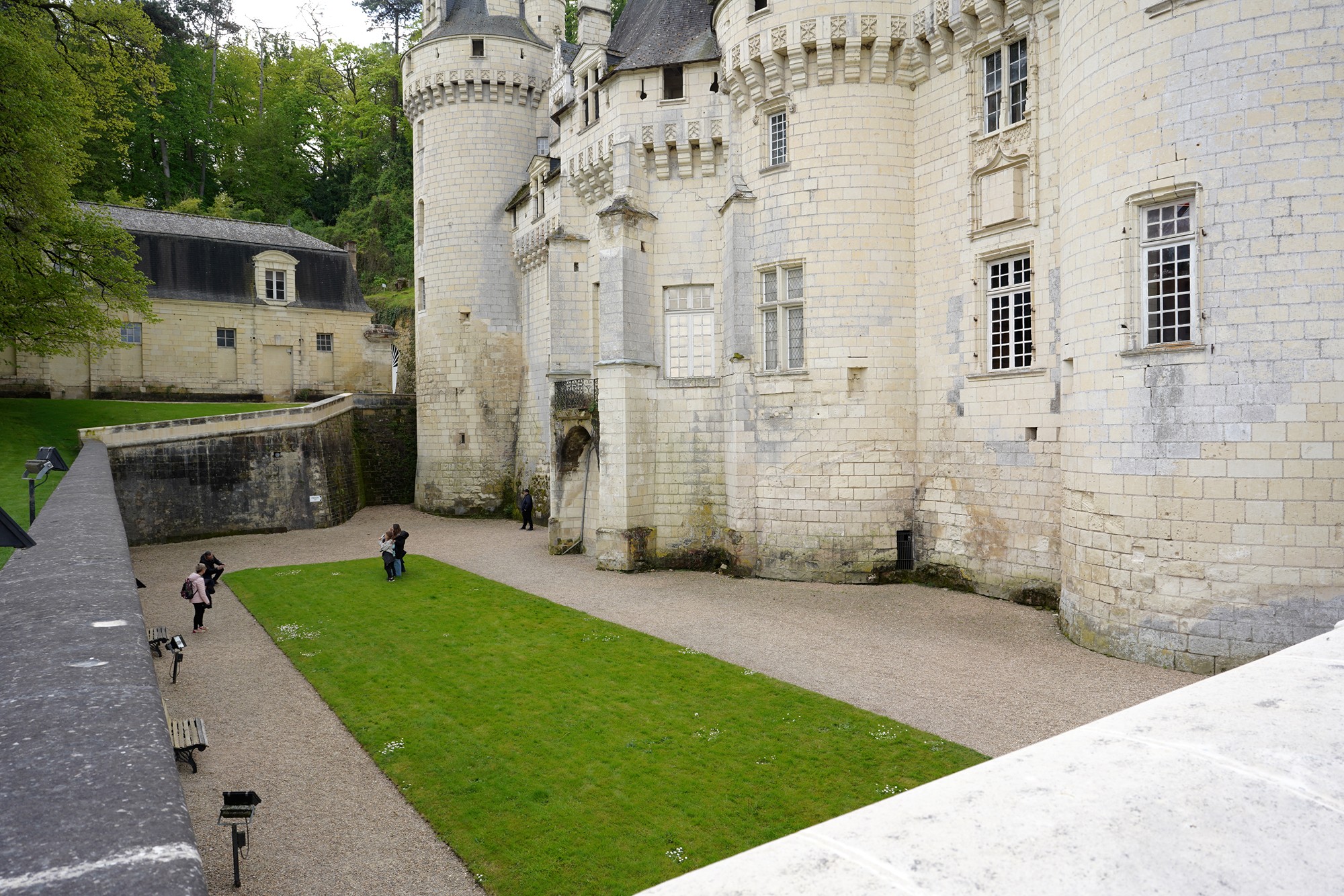
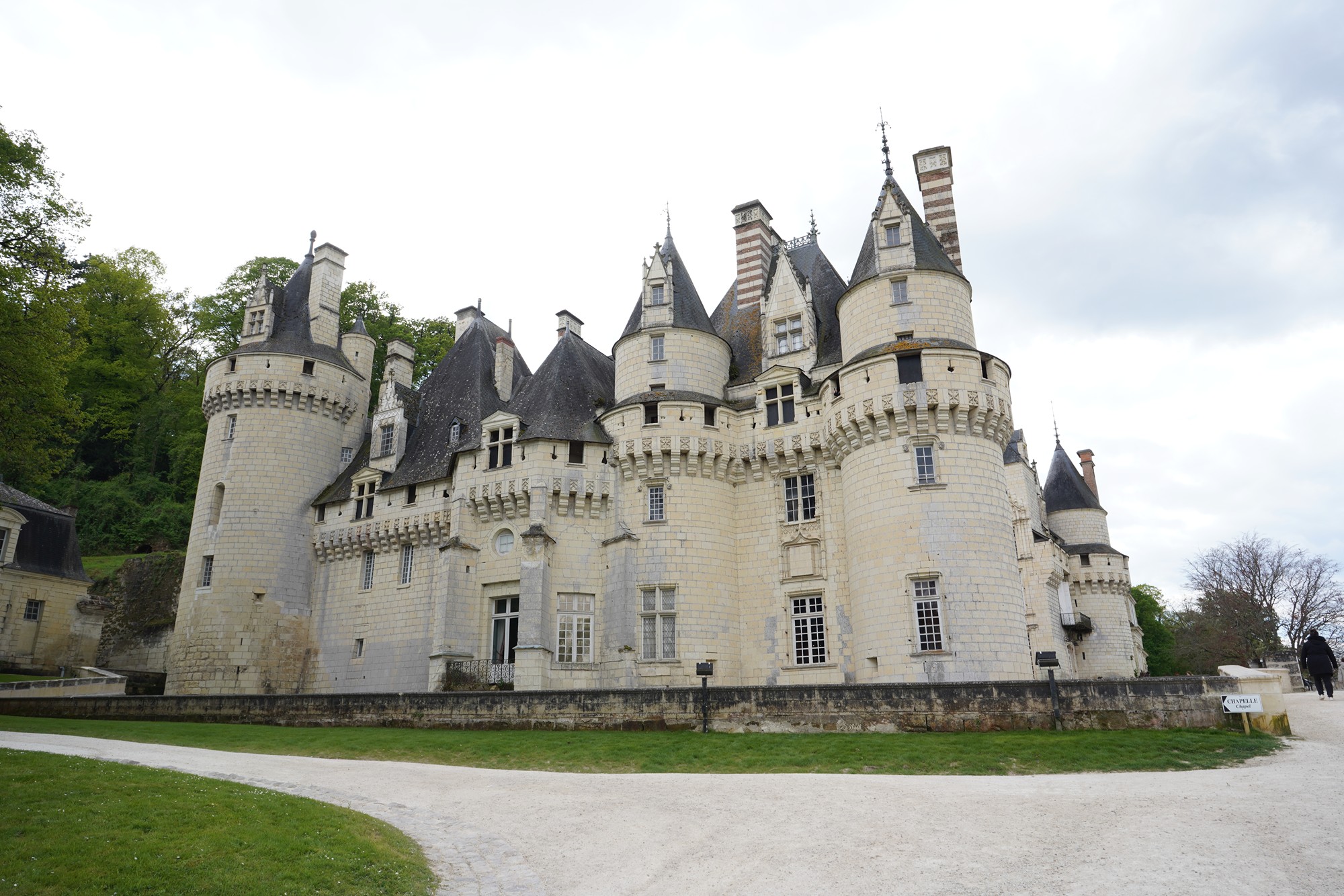
Exiting the Chateau
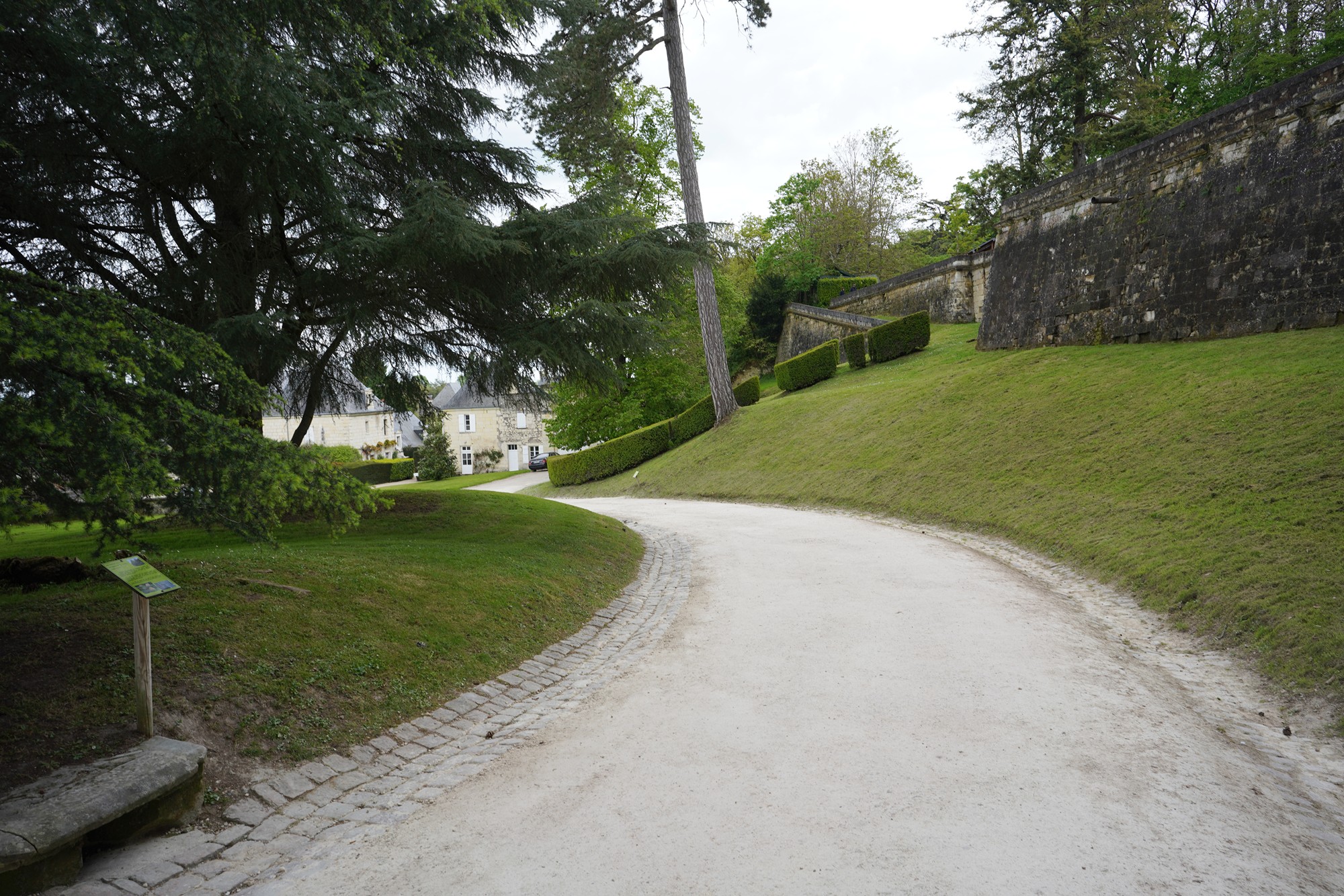
My back side
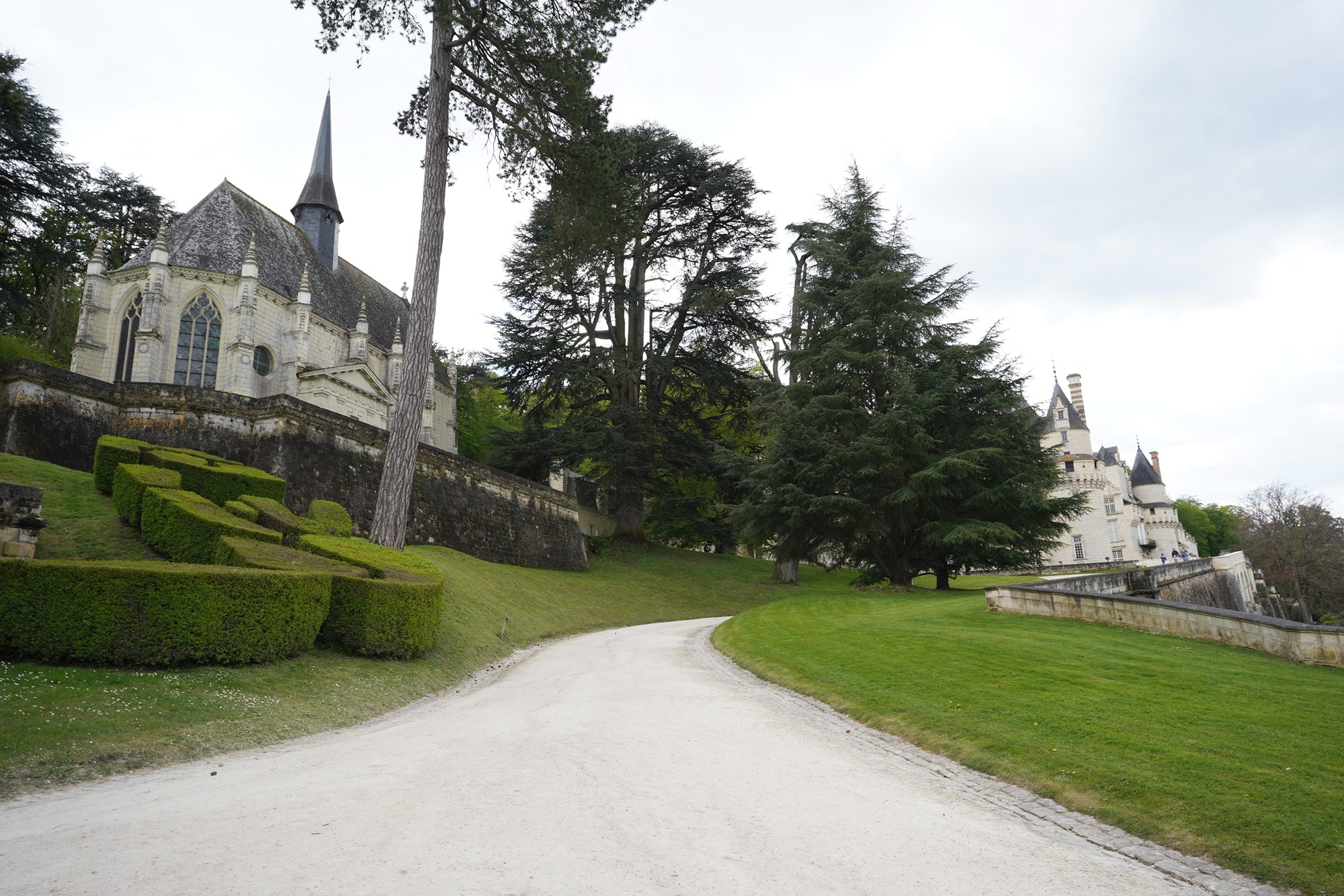
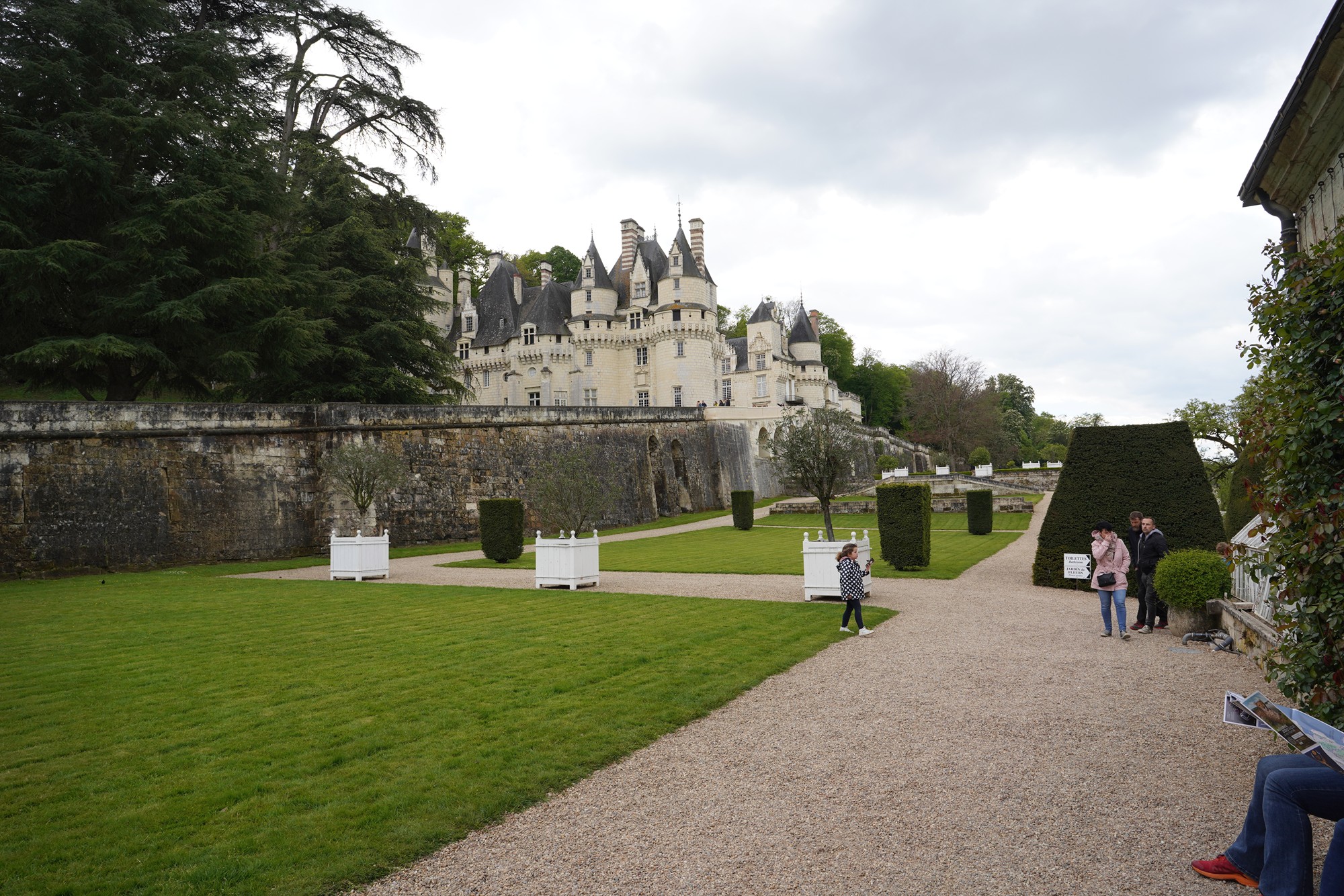
The last Chateau of the day tour was Château de Langeais.
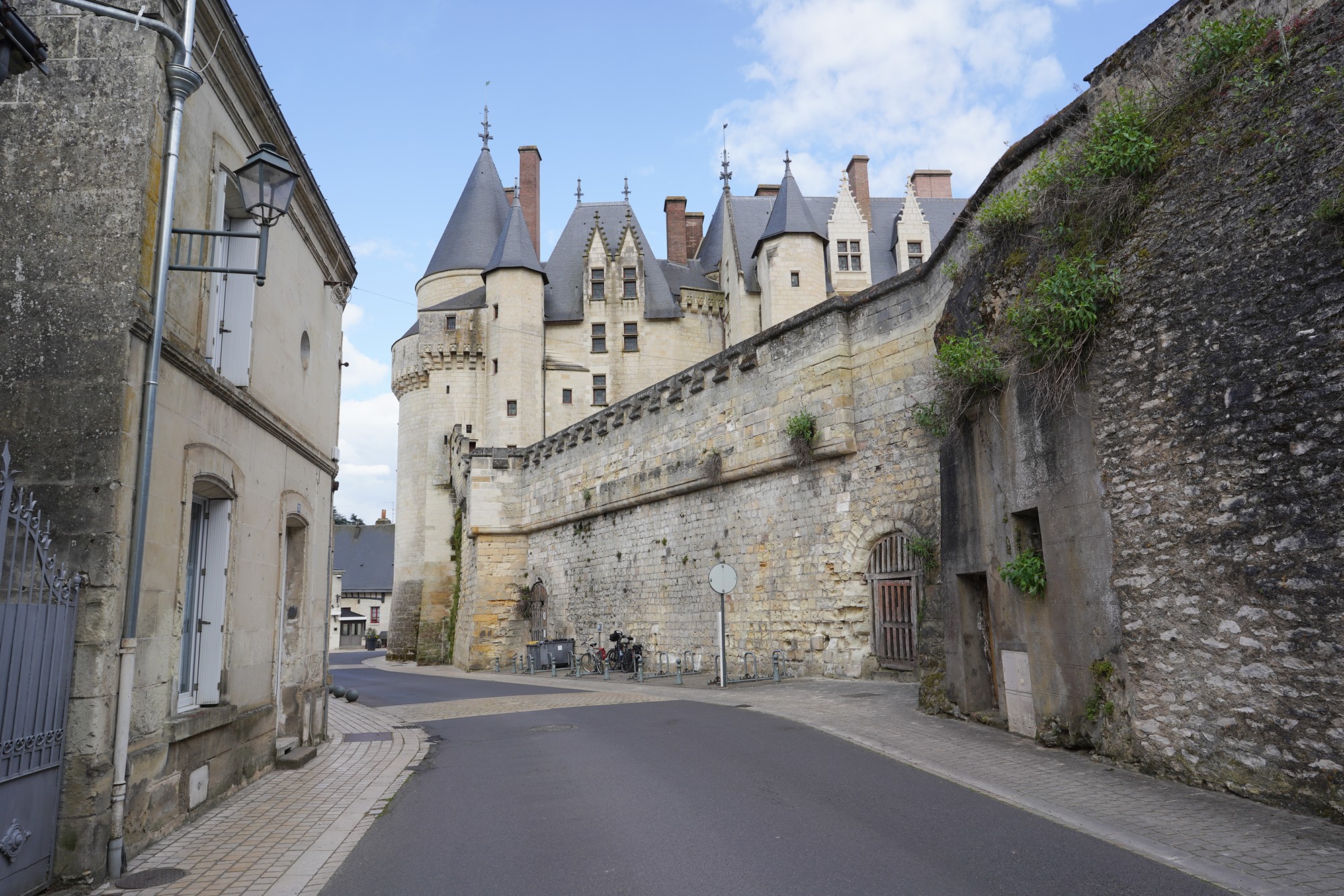
The Château de Langeais combines elements of both a fortress and a residential palace, offering a fascinating glimpse into French history.
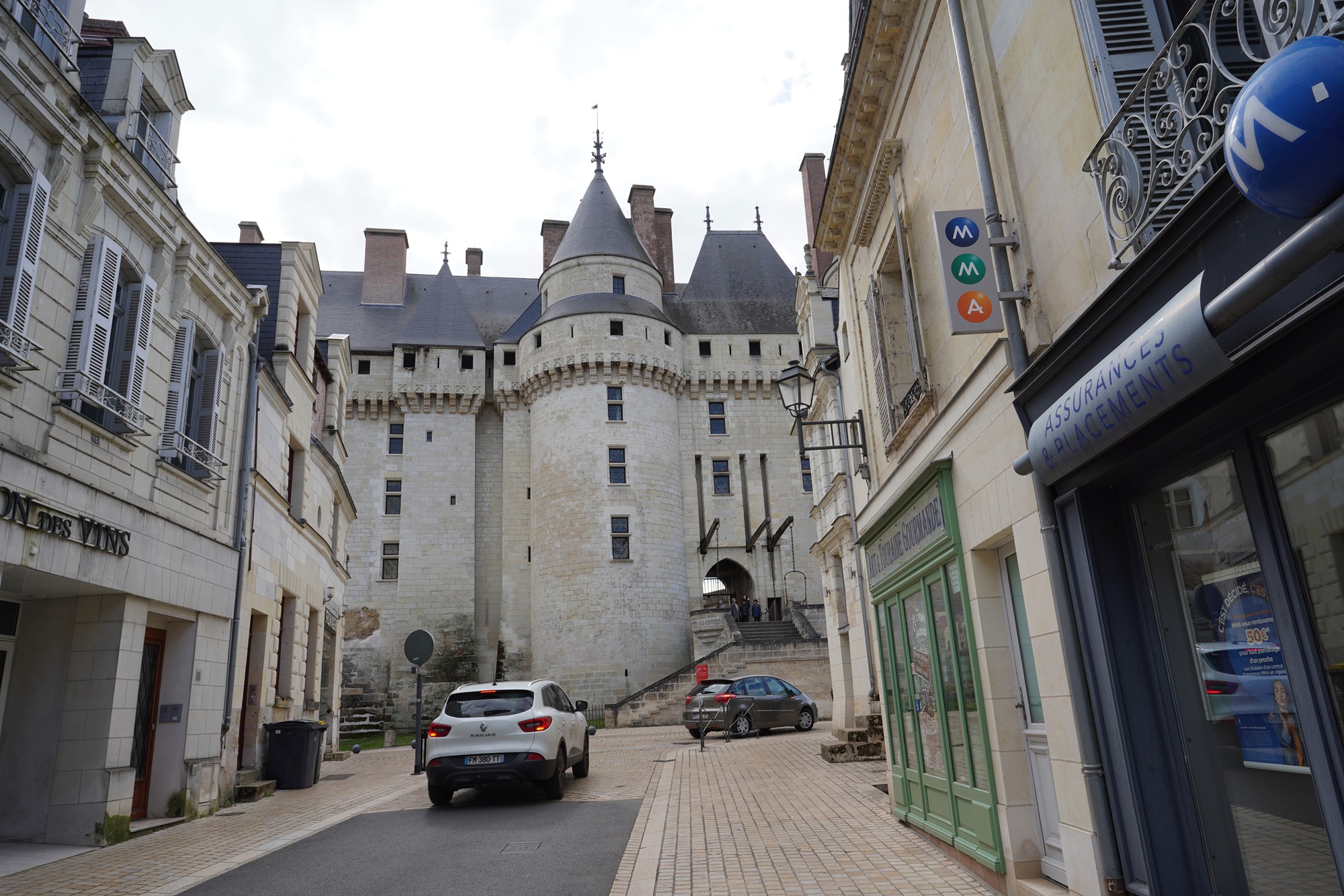
The original castle on the site was constructed around the year 992 by Fulk Nerra, Count of Anjou. It was one of the earliest stone castles in France. The current structure was built in the late 15th century by Louis XI.
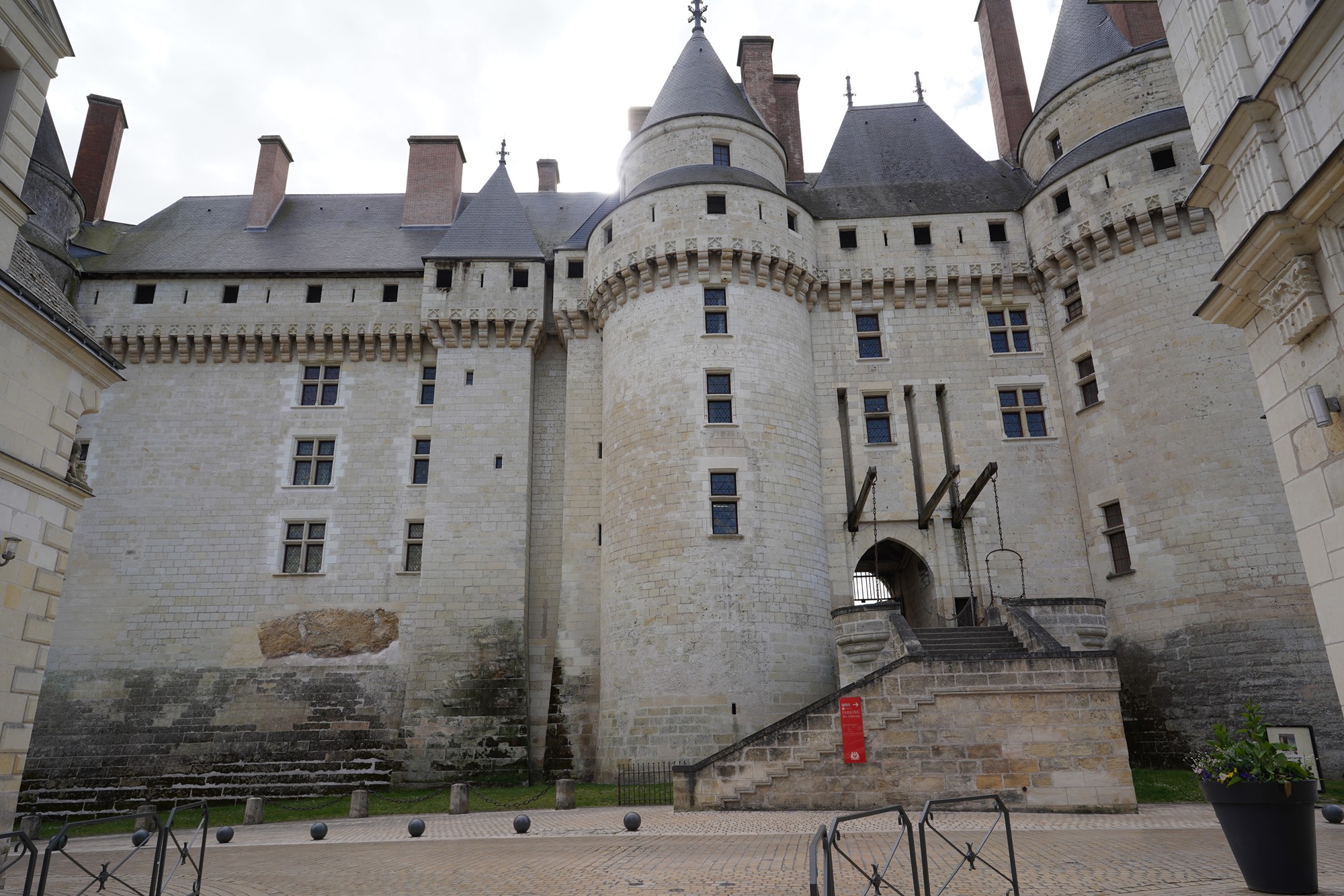
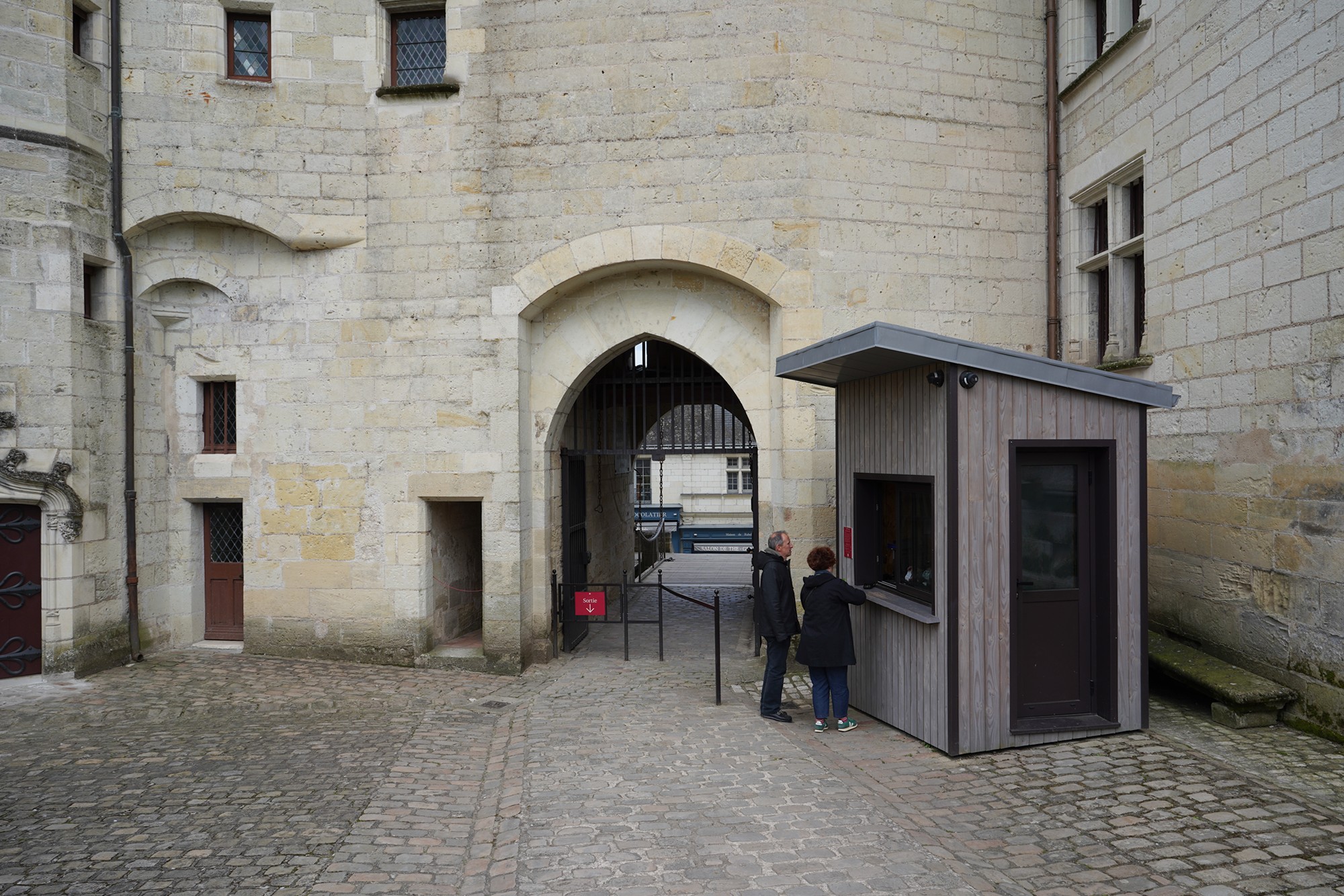
The Château de Langeais retains much of its medieval fortress character, with thick walls, battlements, and defensive towers. It was designed to be both a stronghold and a comfortable residence.
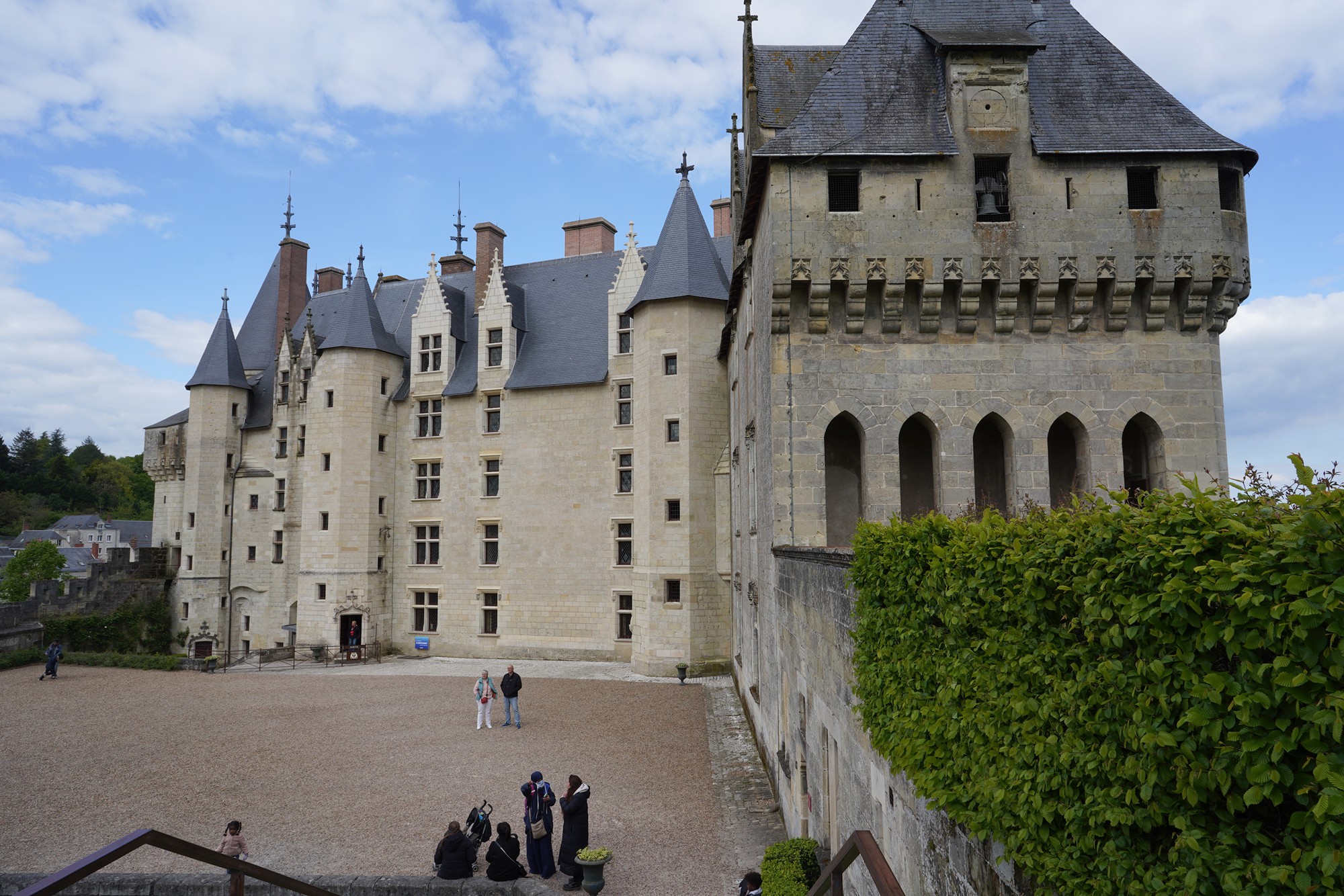
The interior of the Château de Langeais is richly furnished and decorated, with period-appropriate tapestries, furniture, and artwork. Key rooms include the Great Hall, the chapel, and the bedrooms, all of which provide insights into the domestic life of the nobility during the Middle Ages.

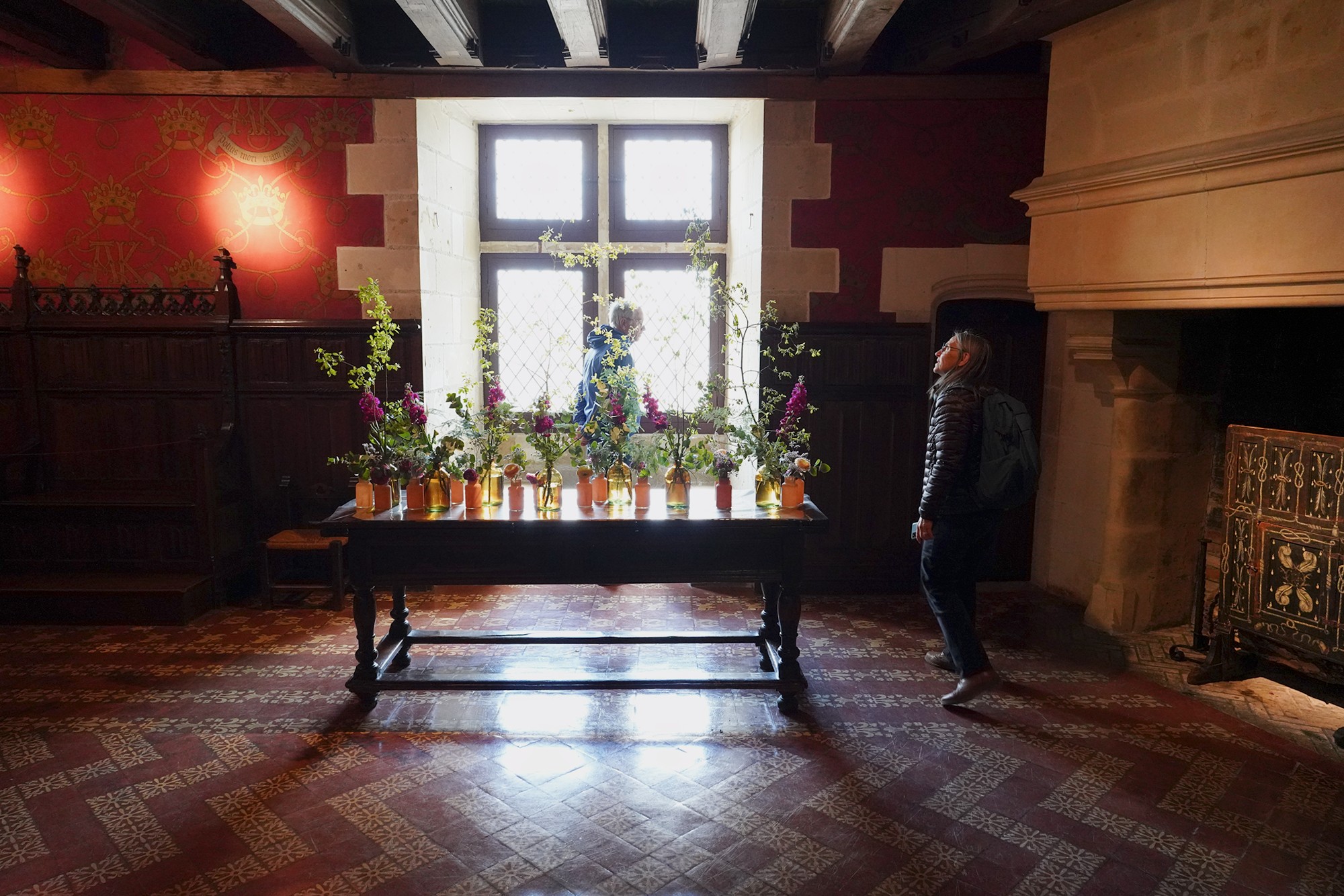
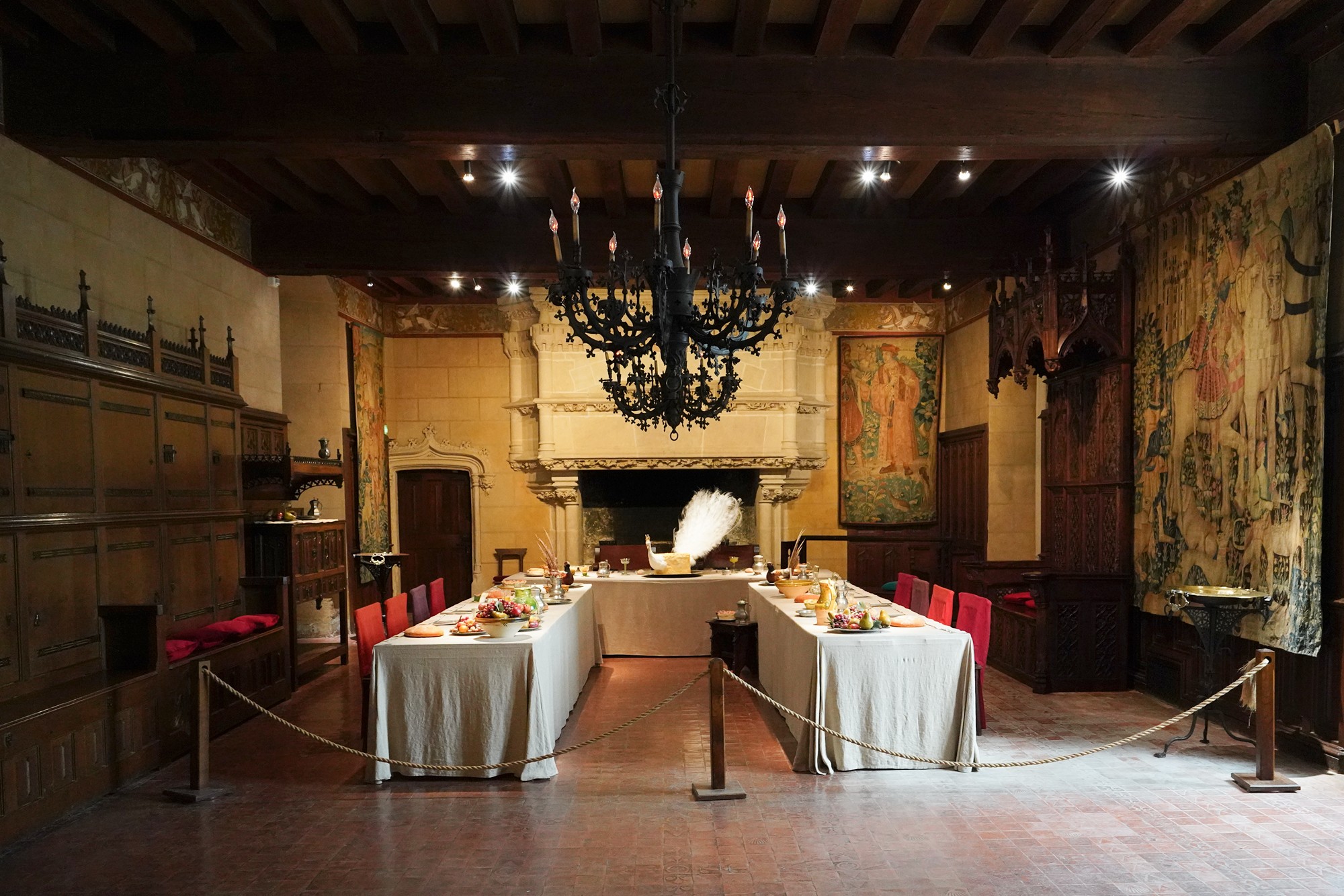
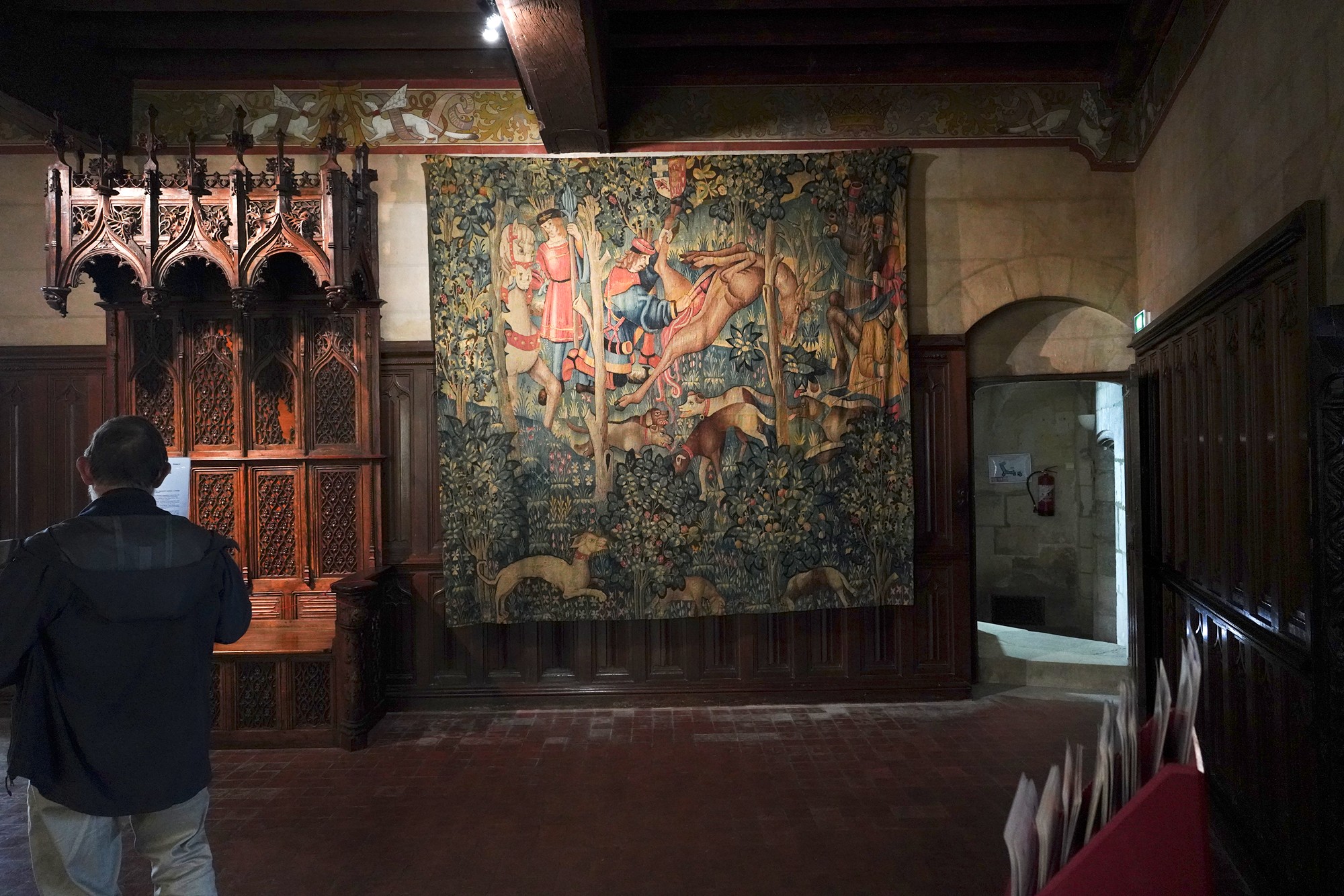
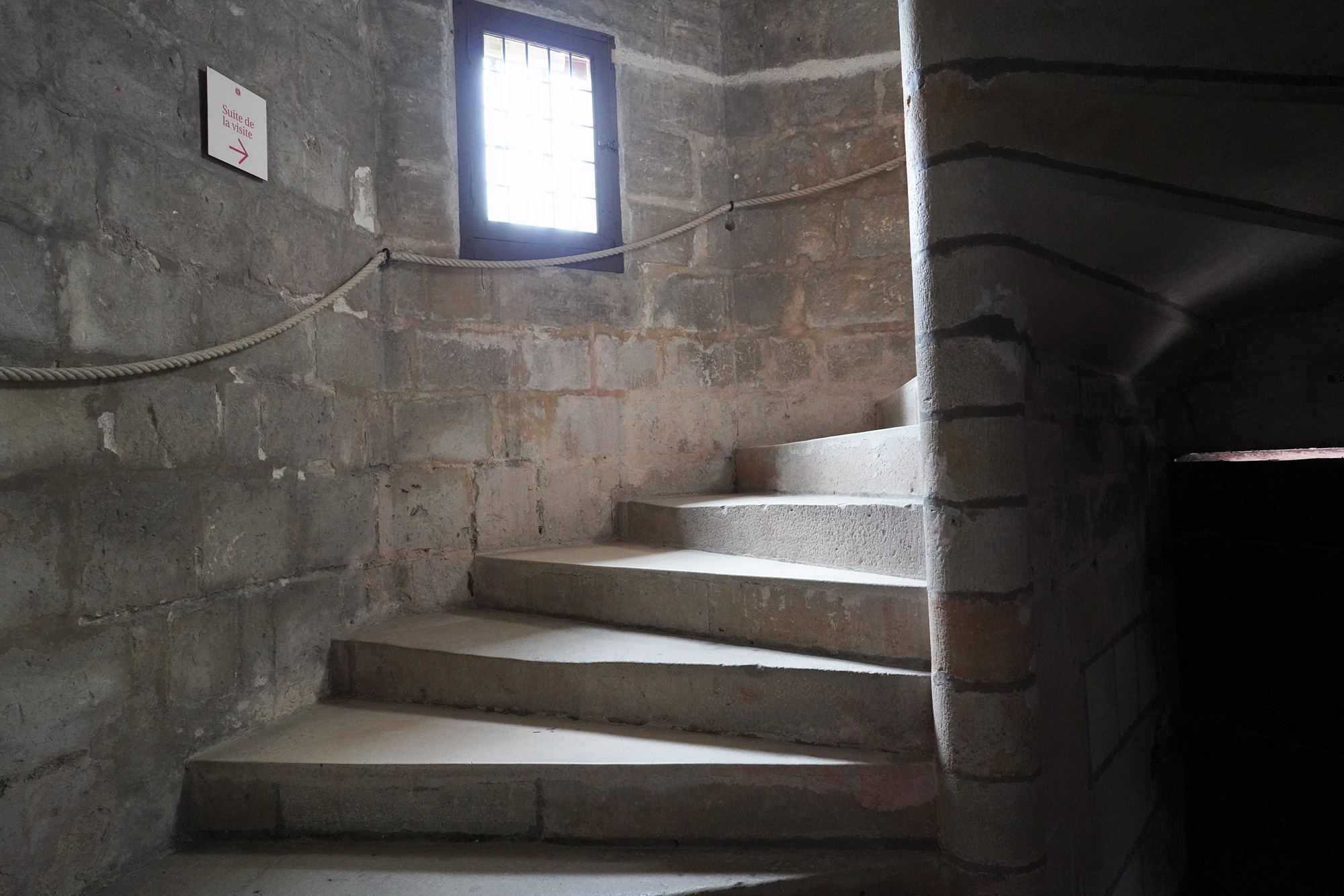
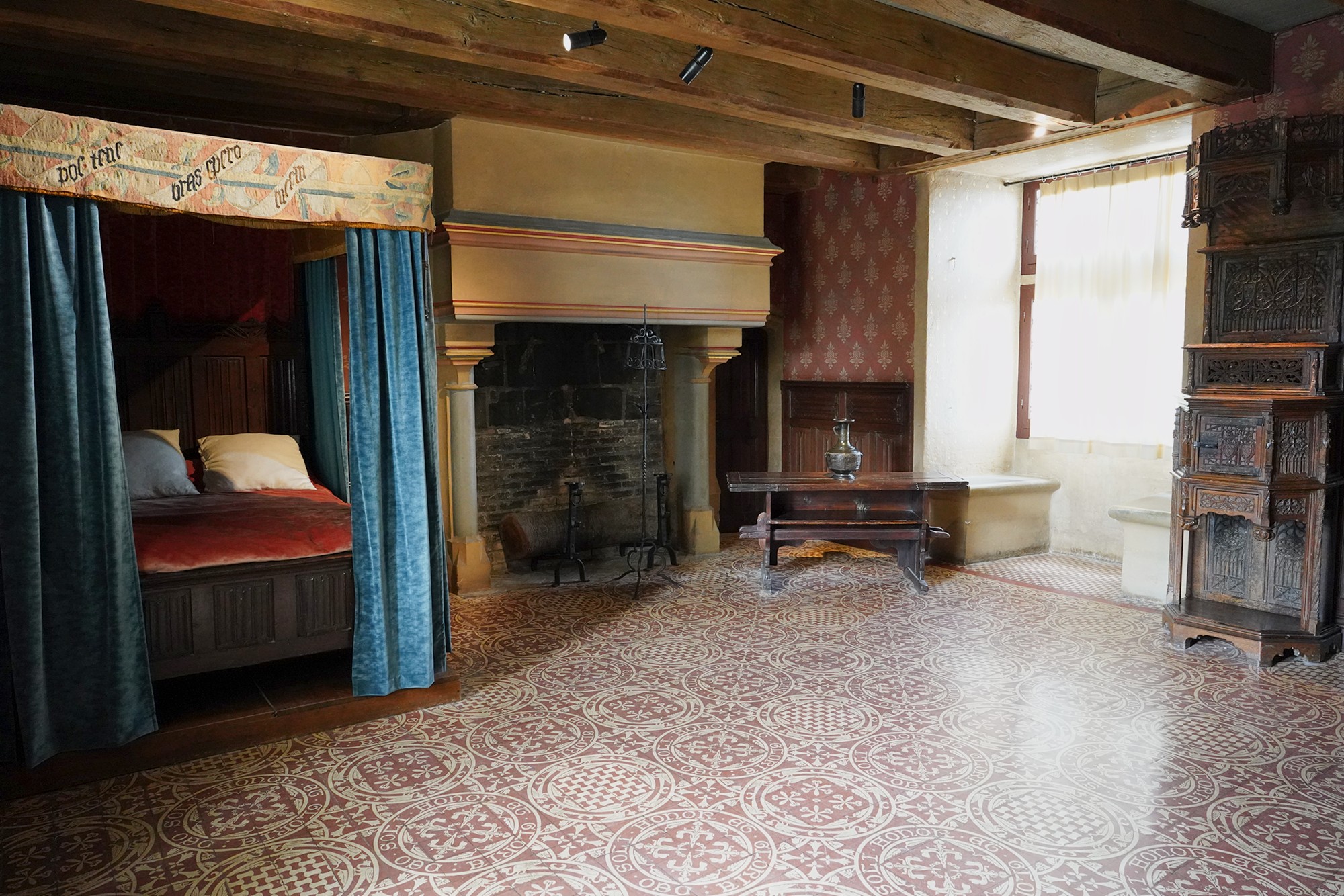
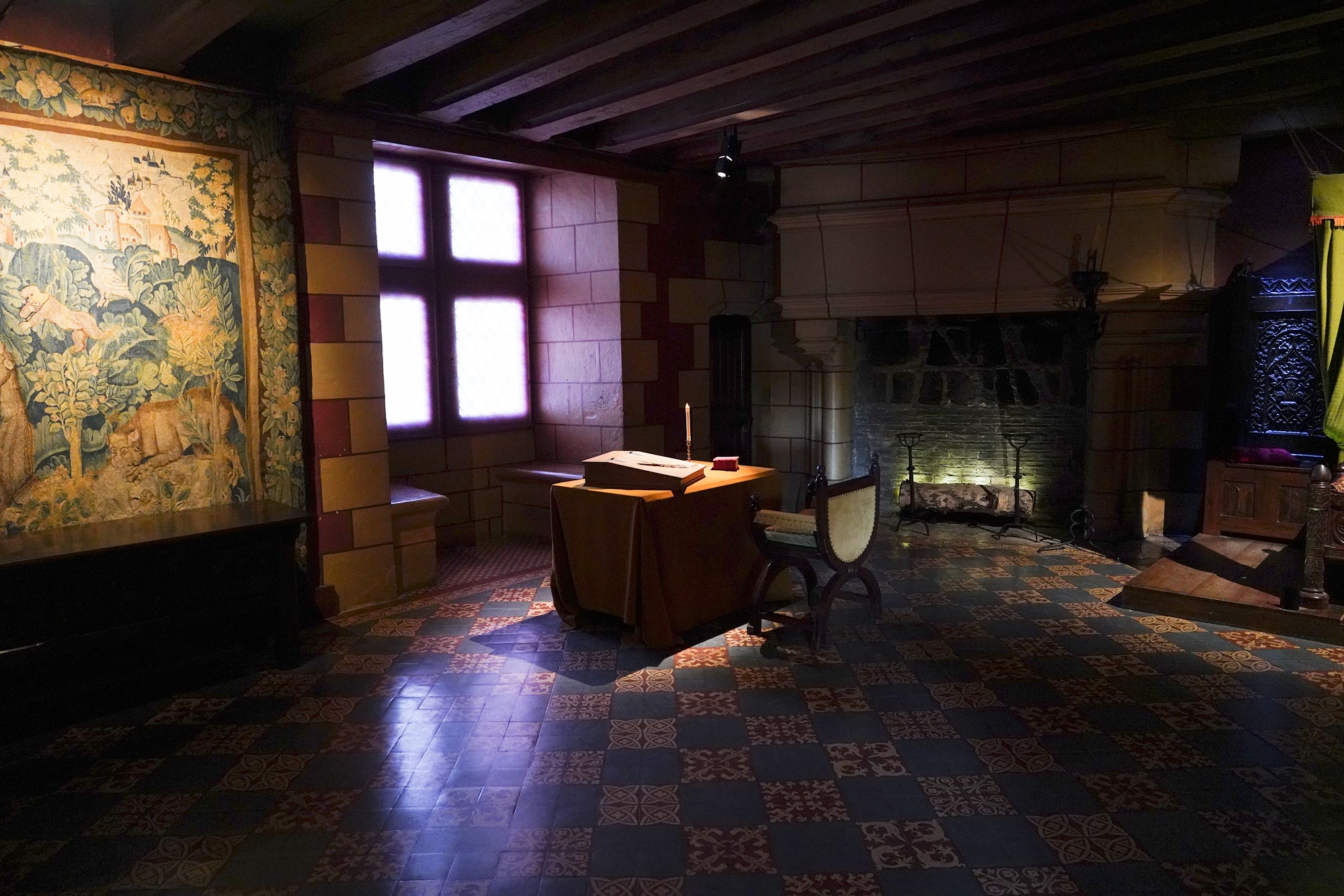
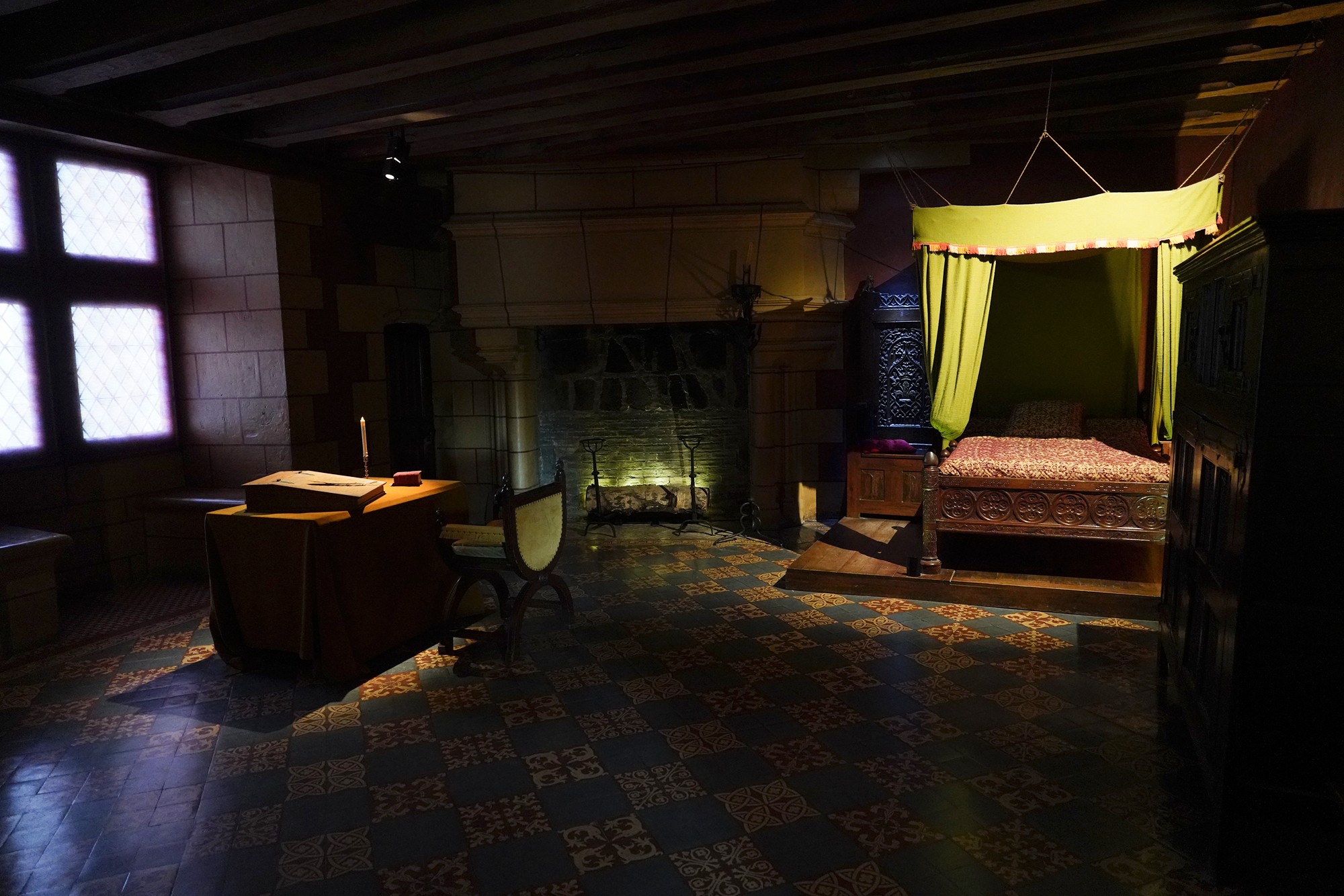

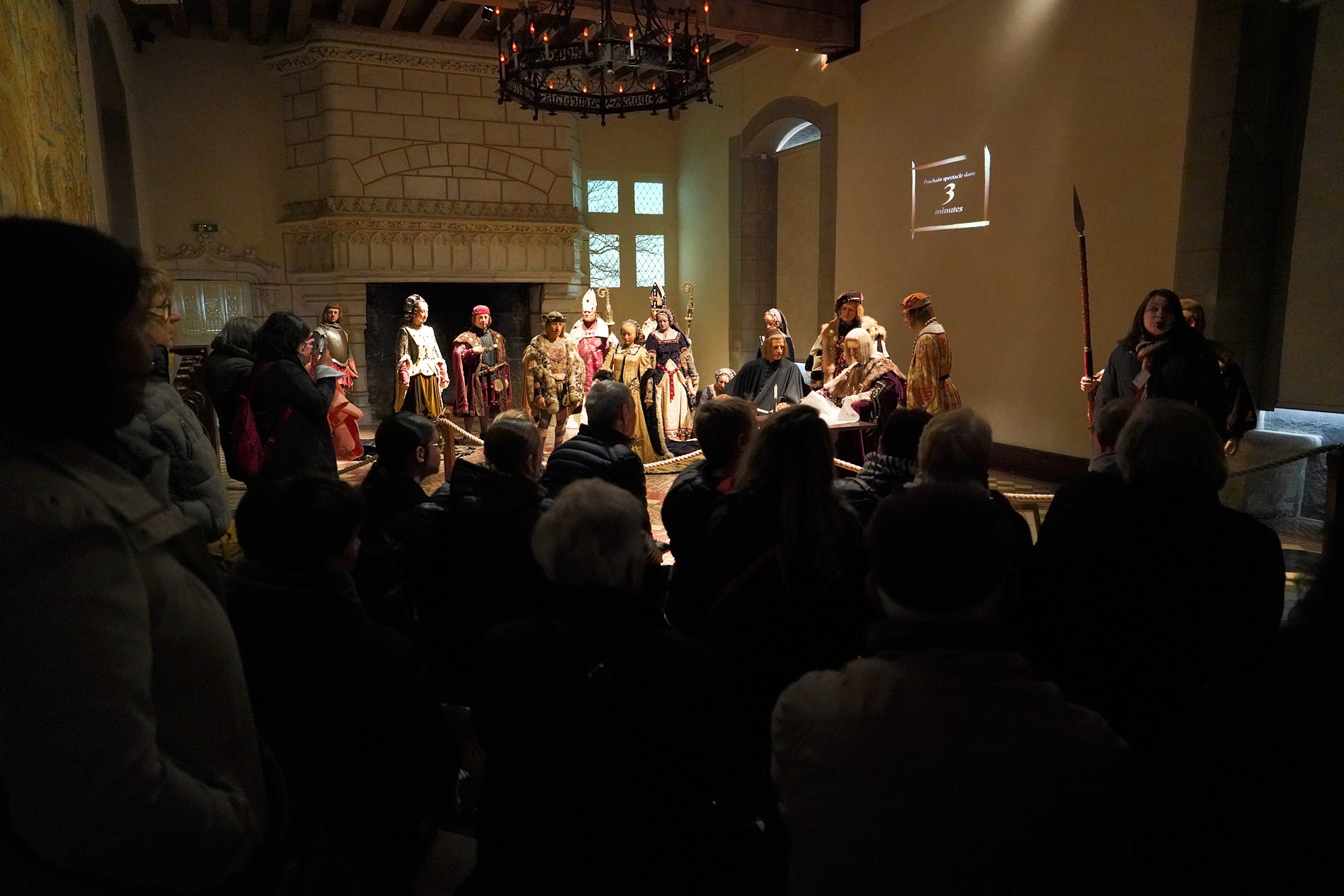
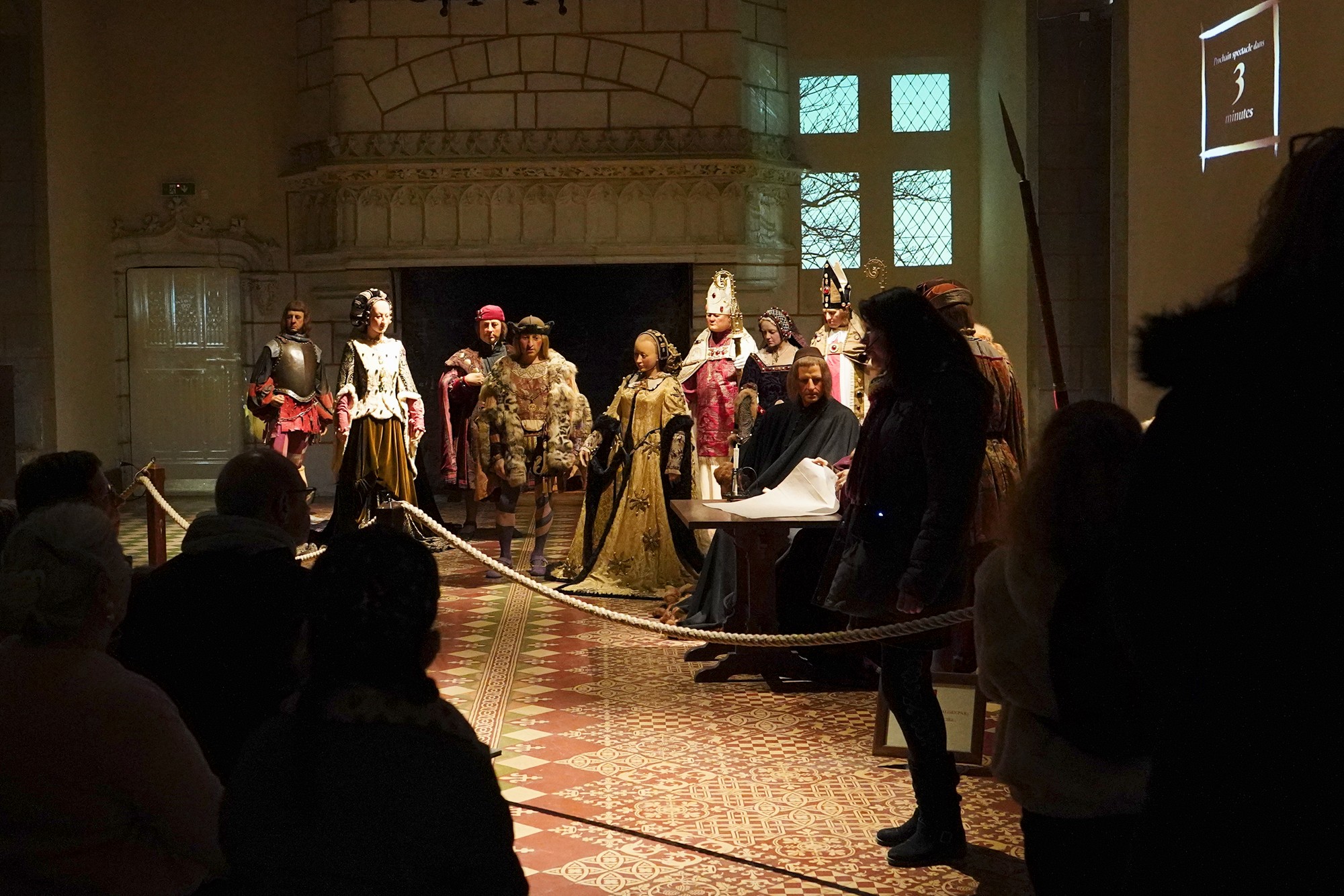
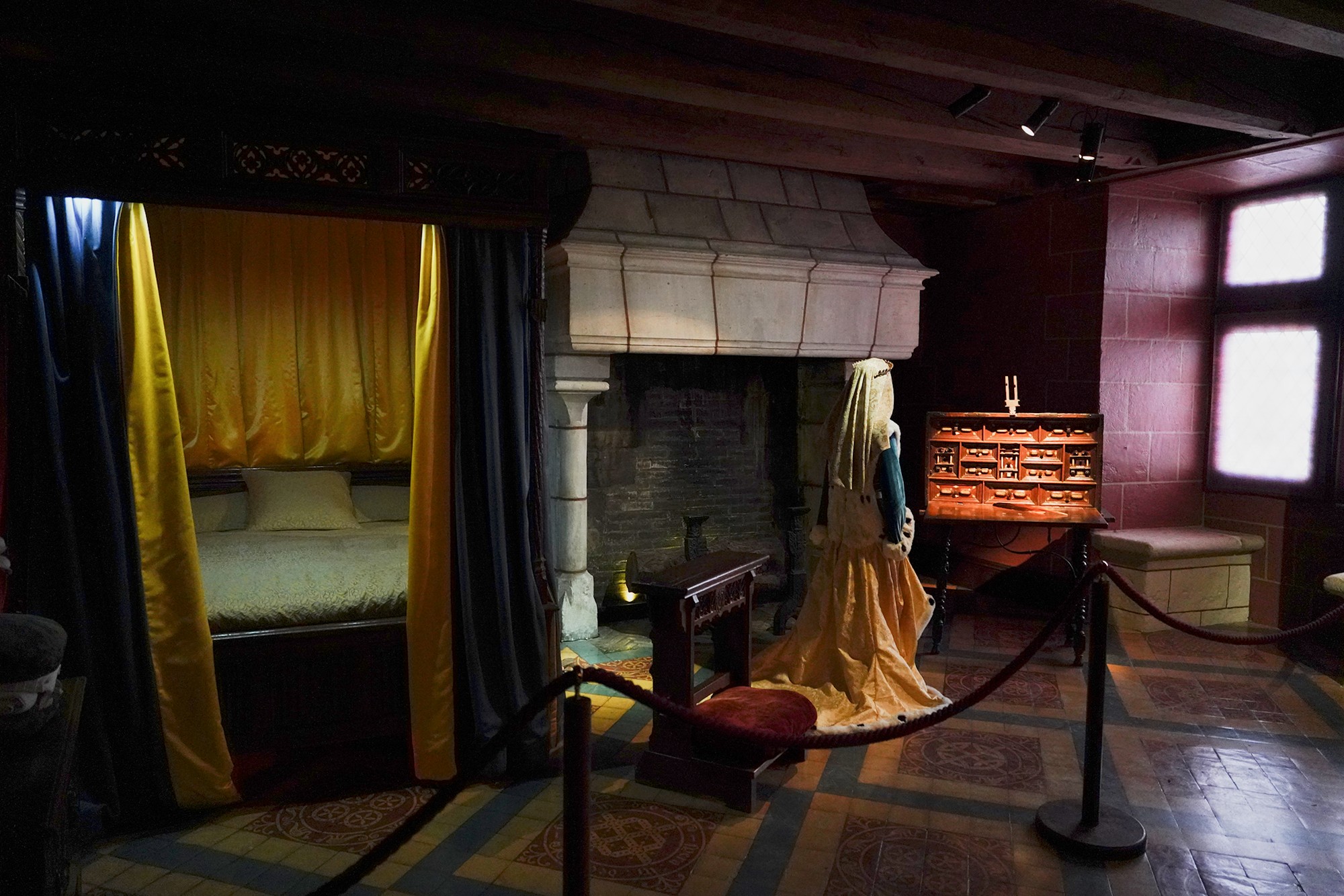
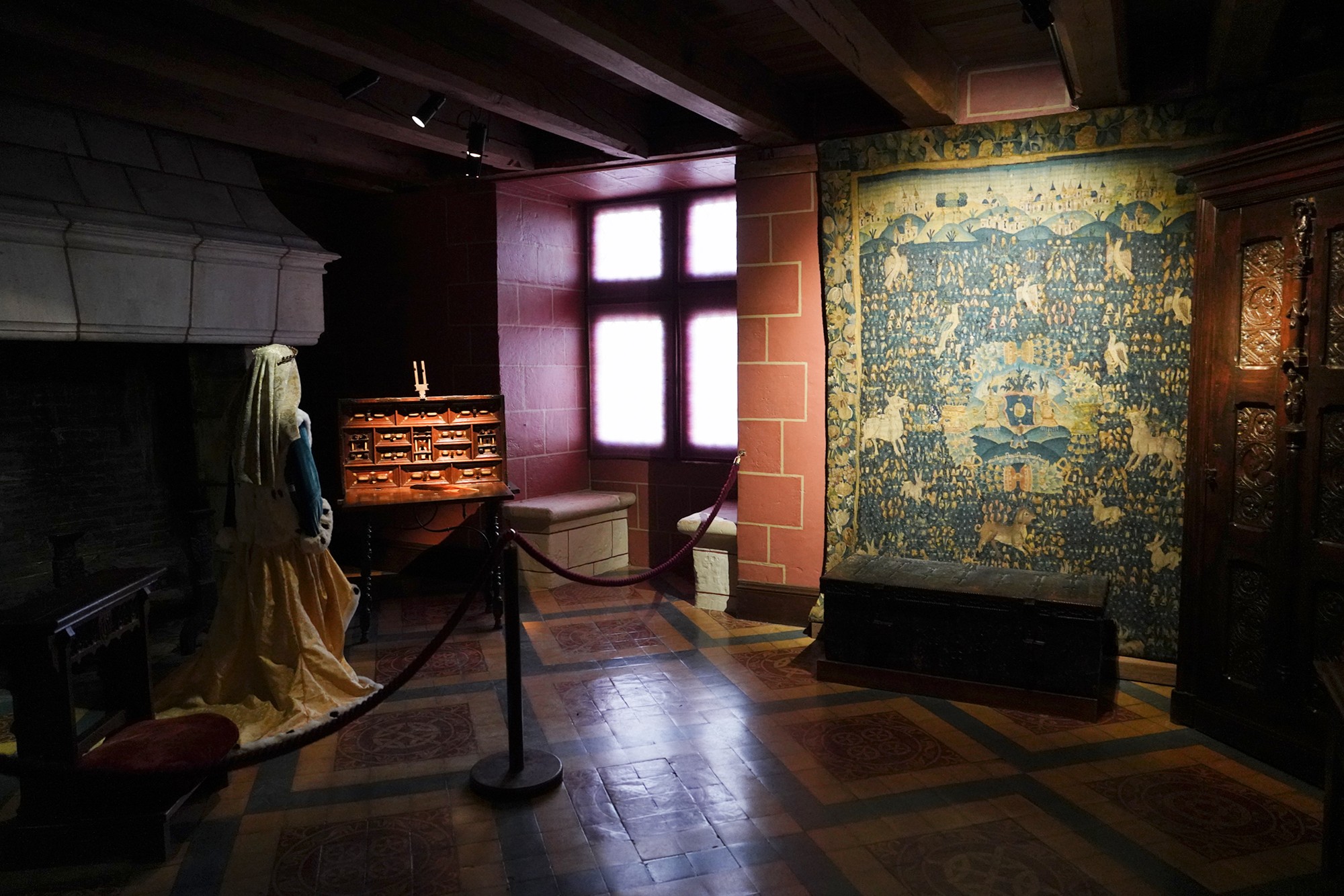
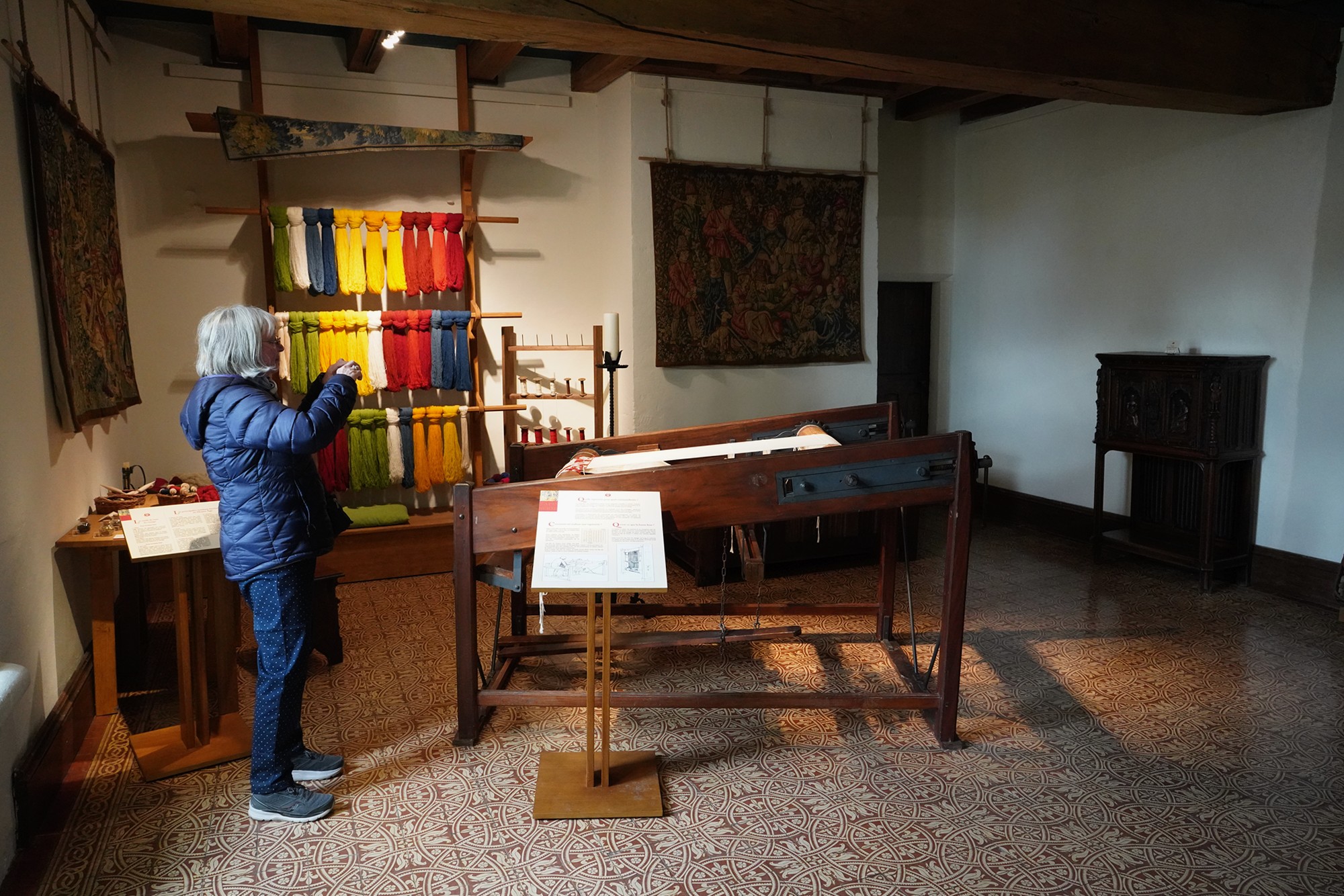
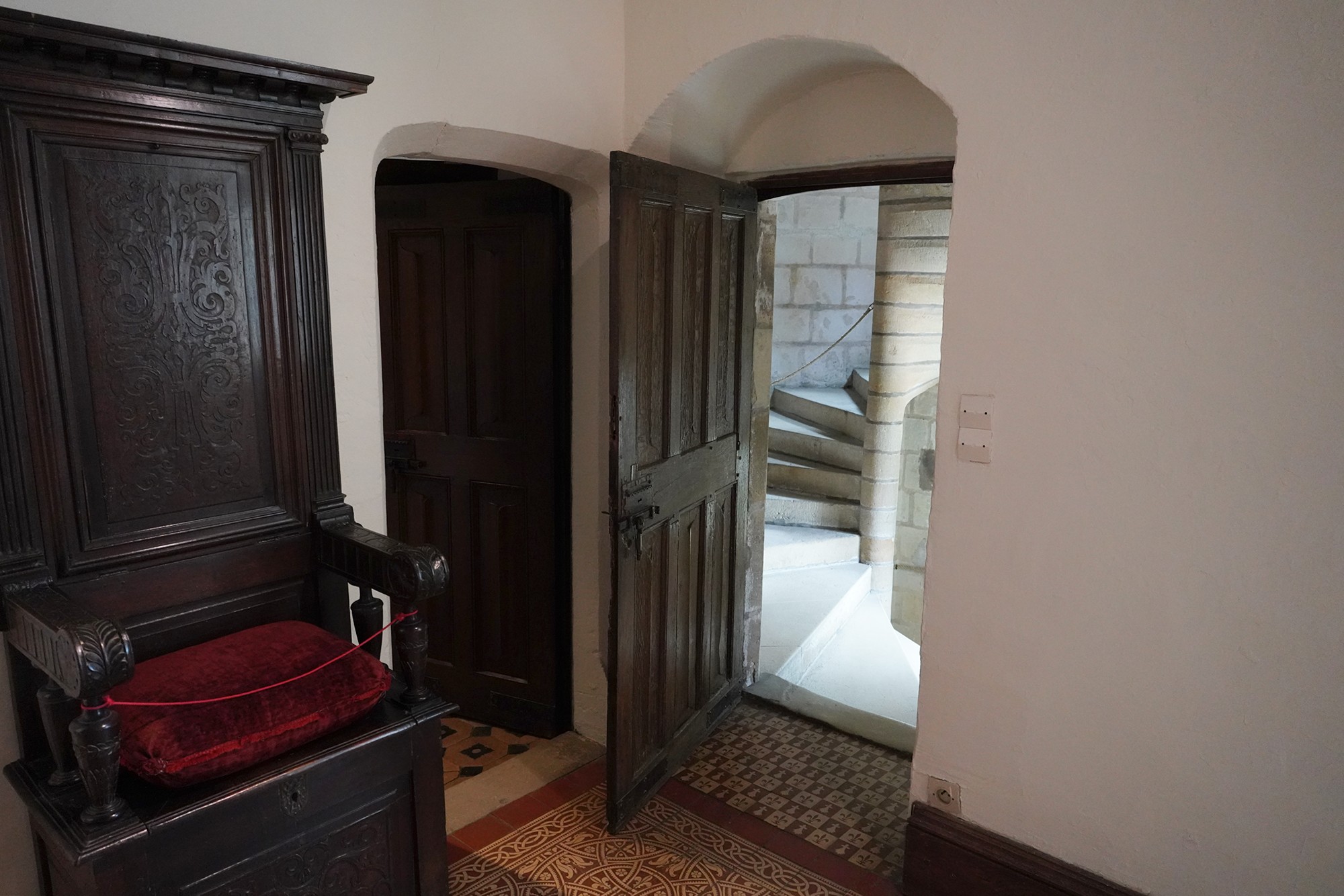
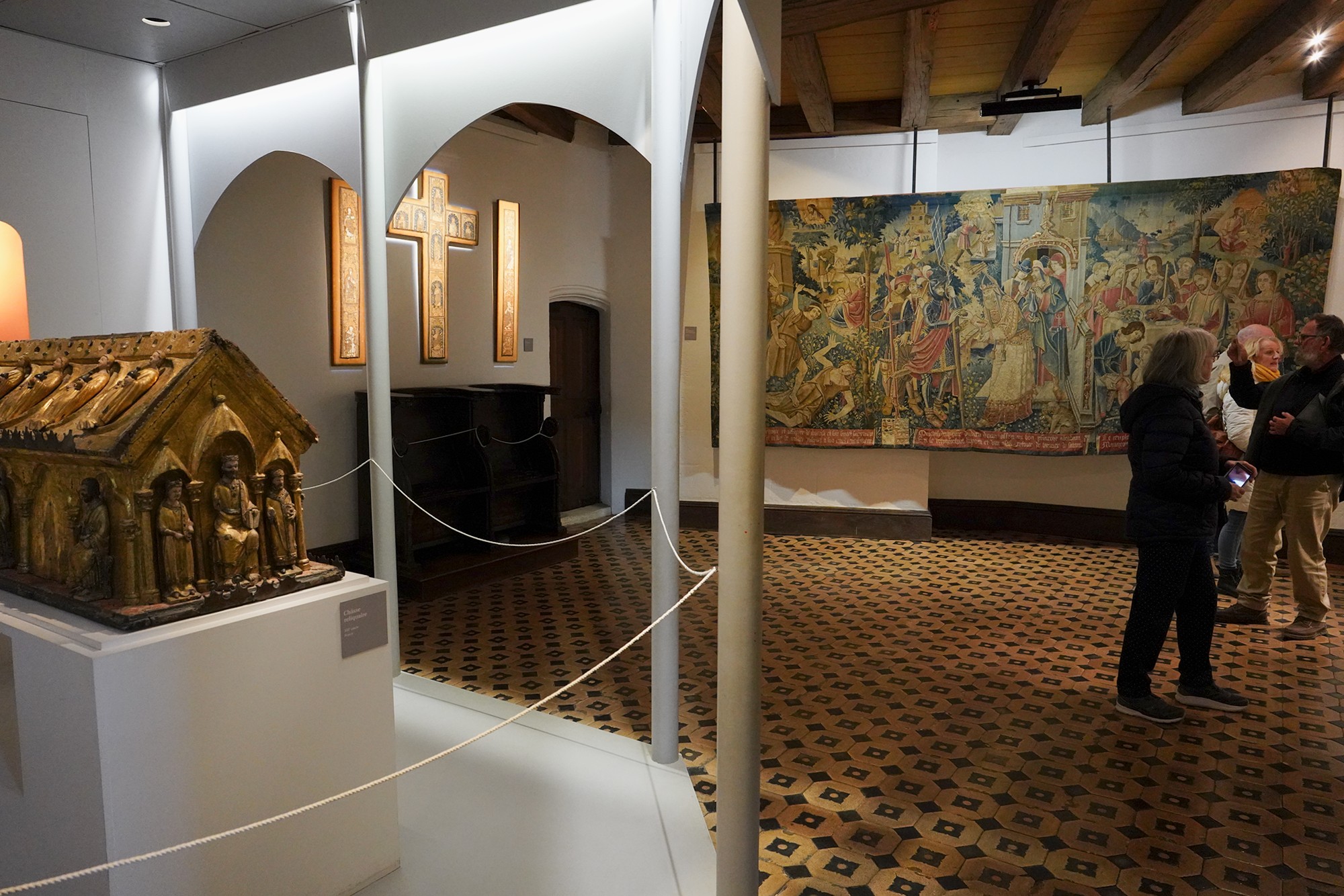
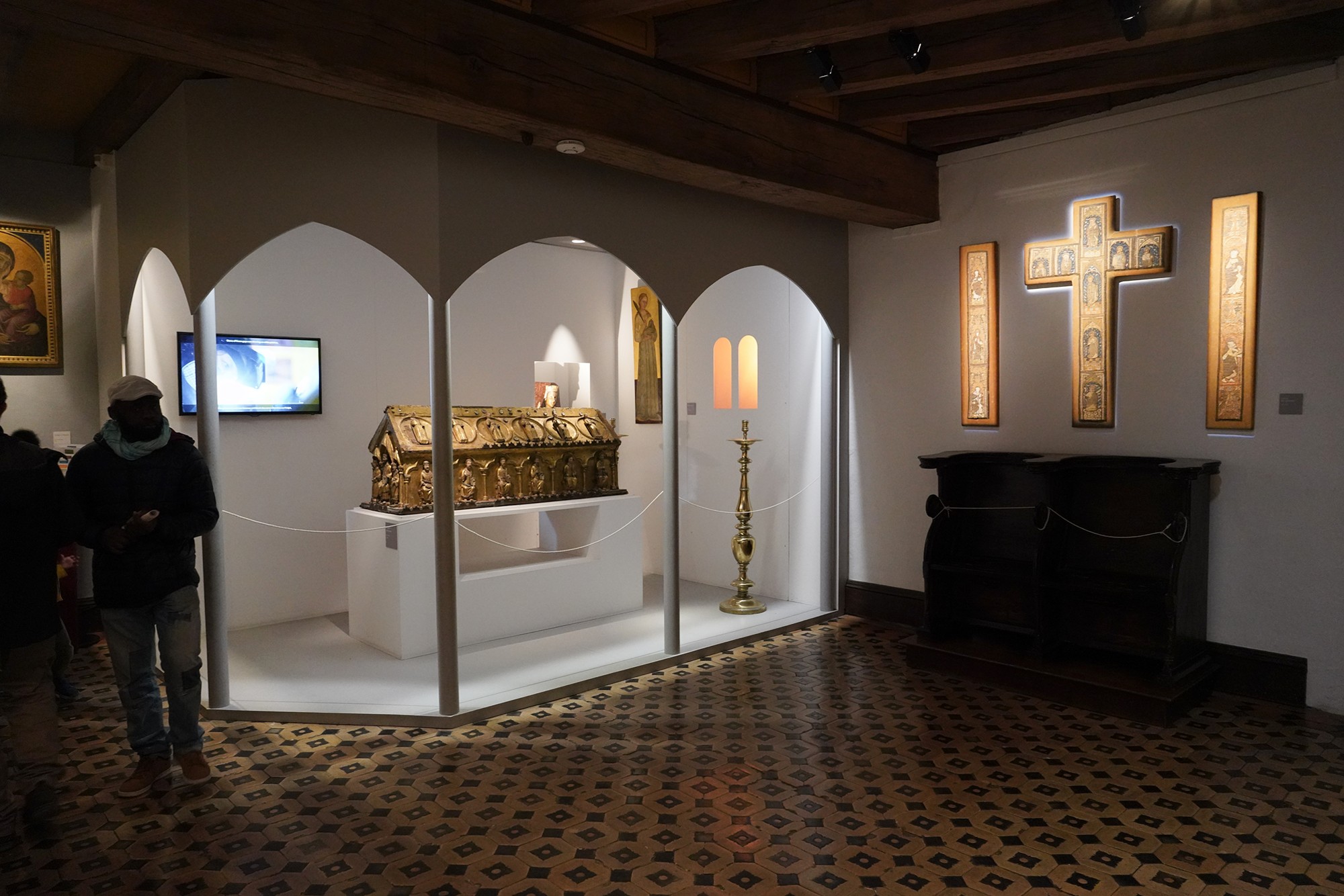
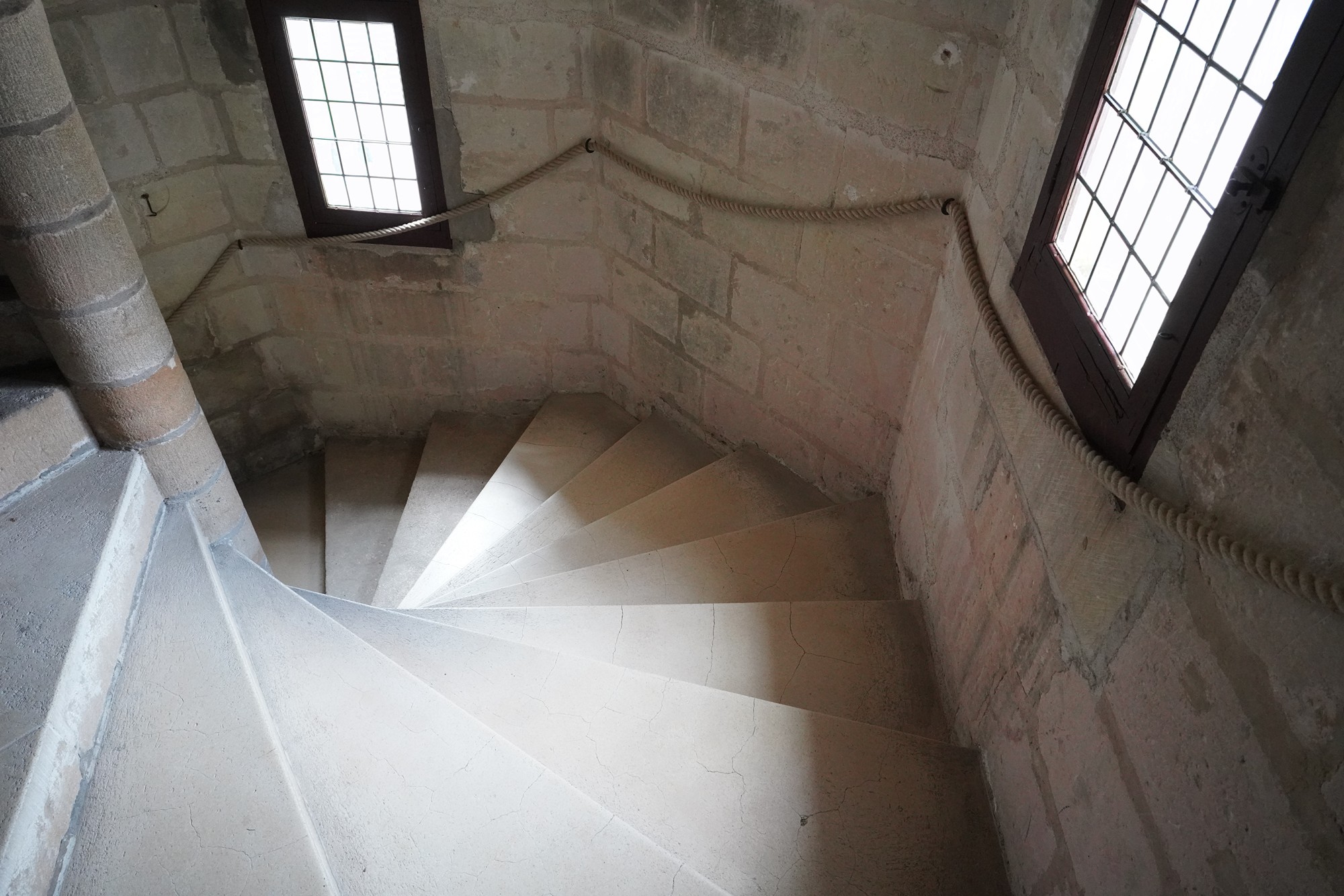
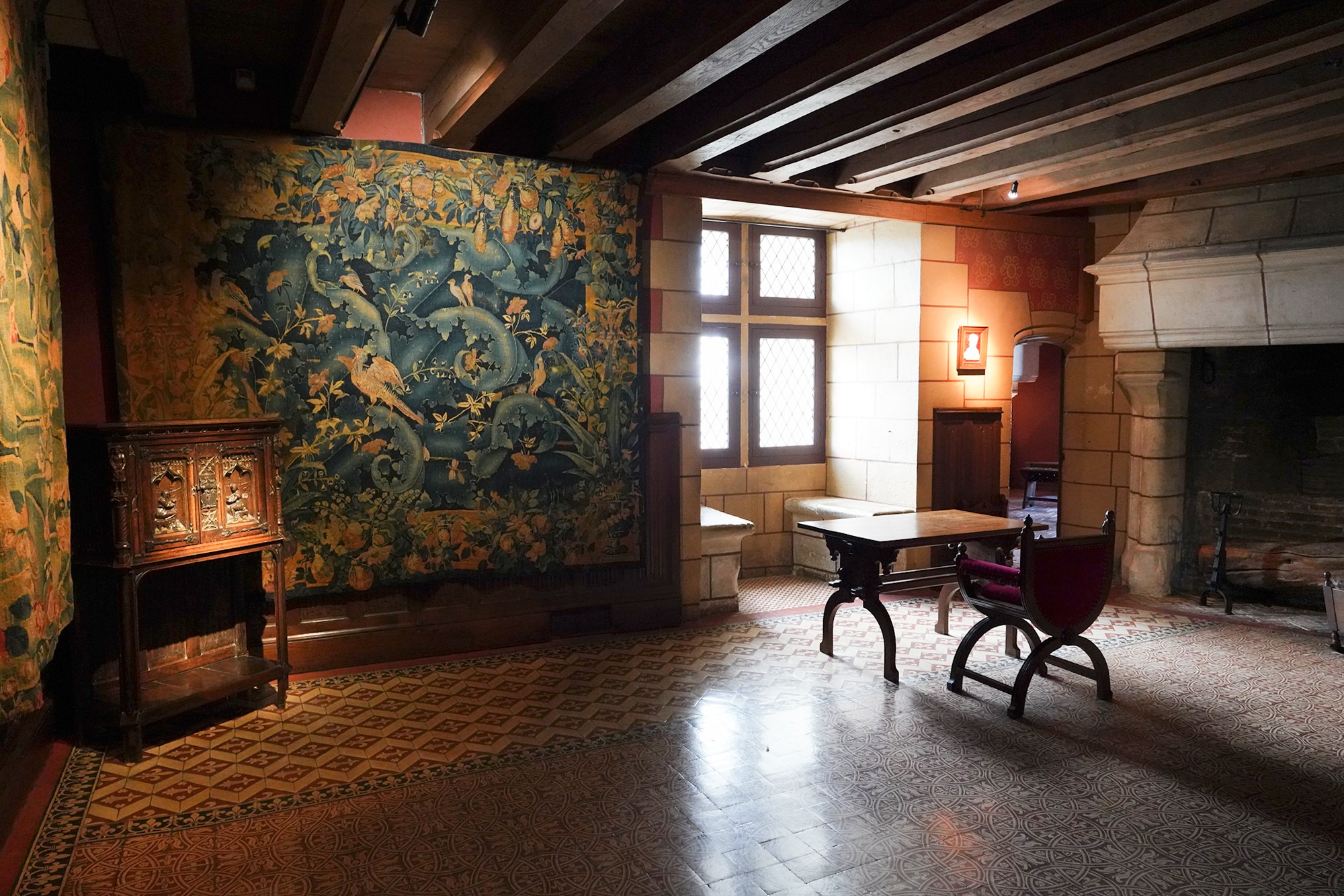
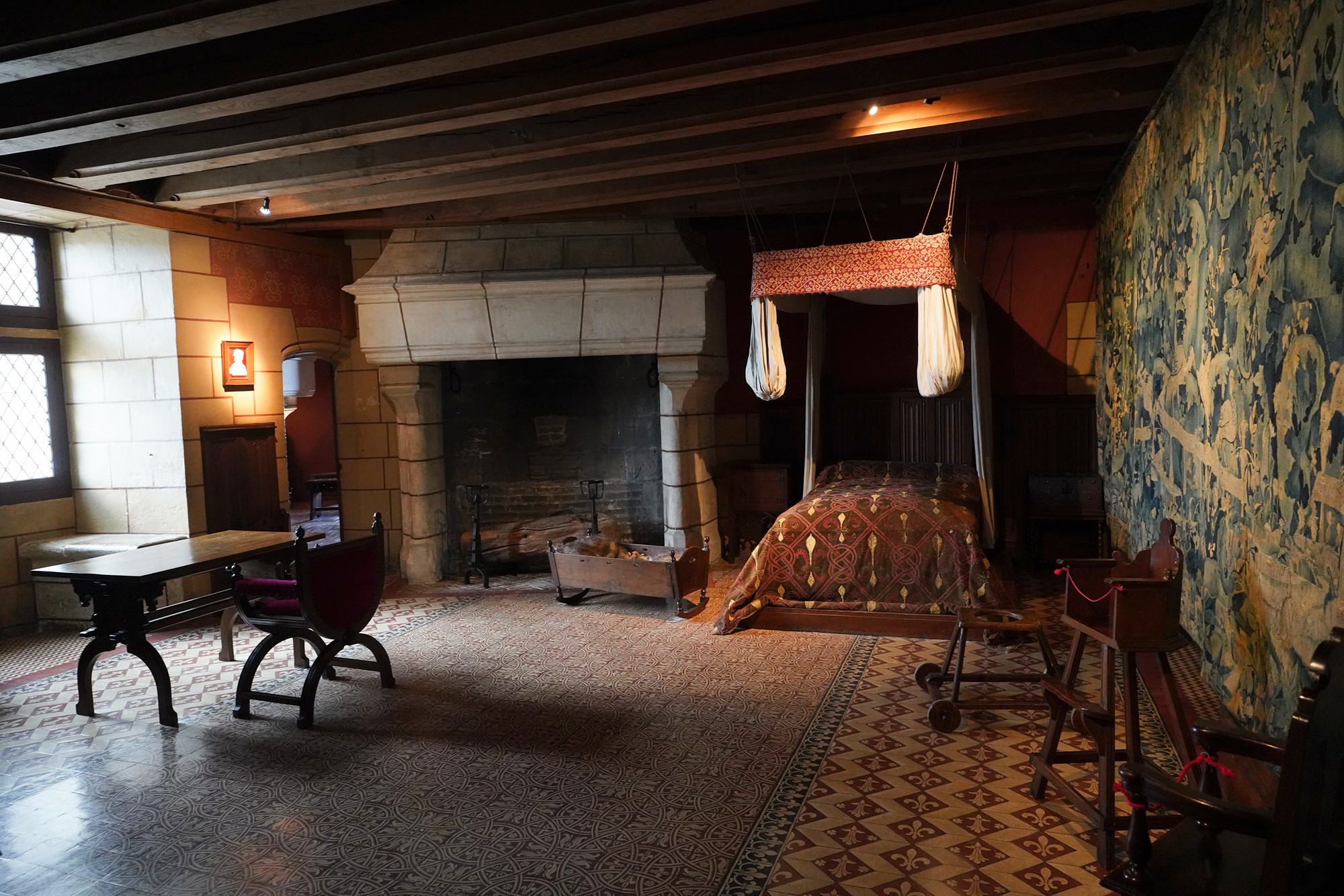
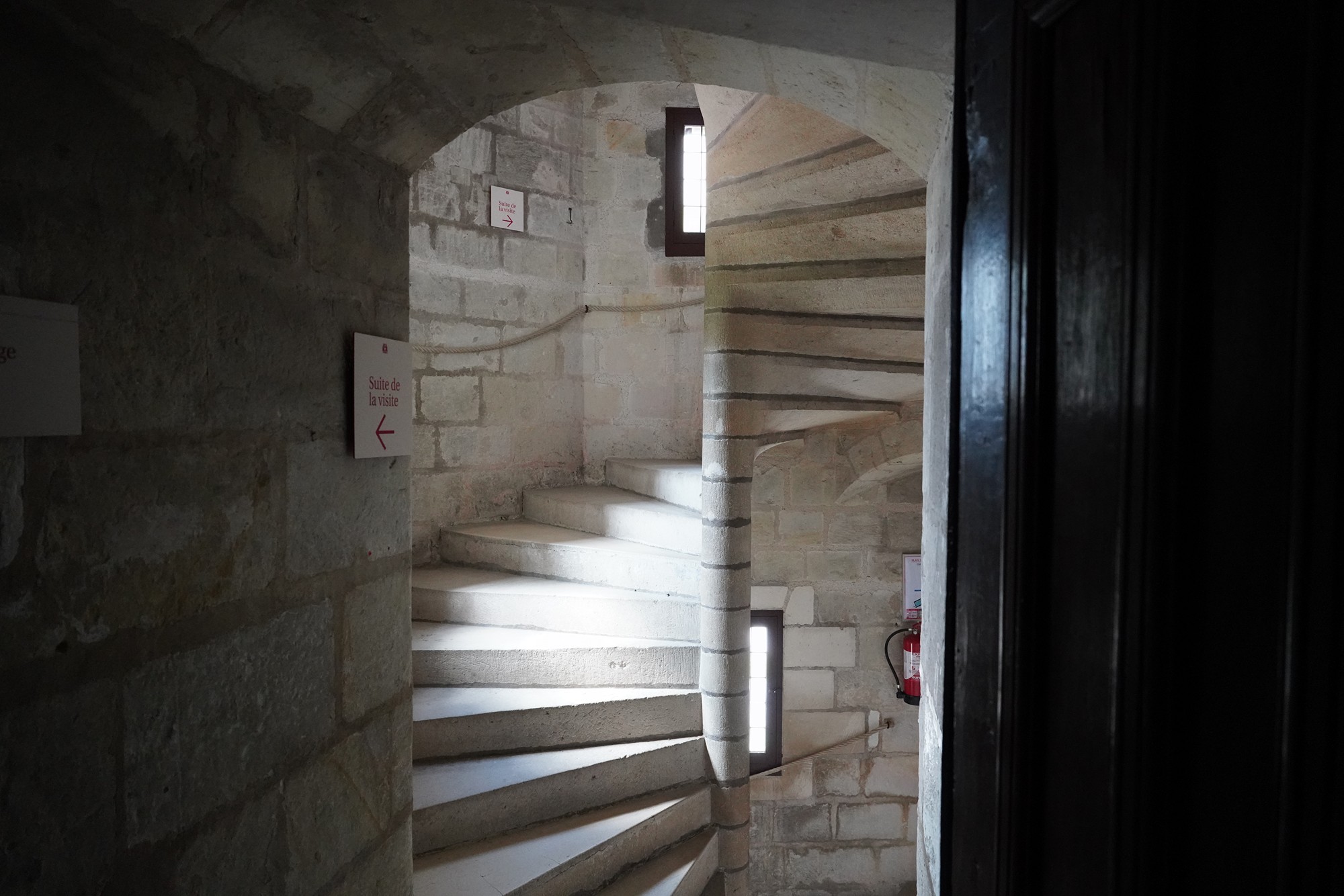
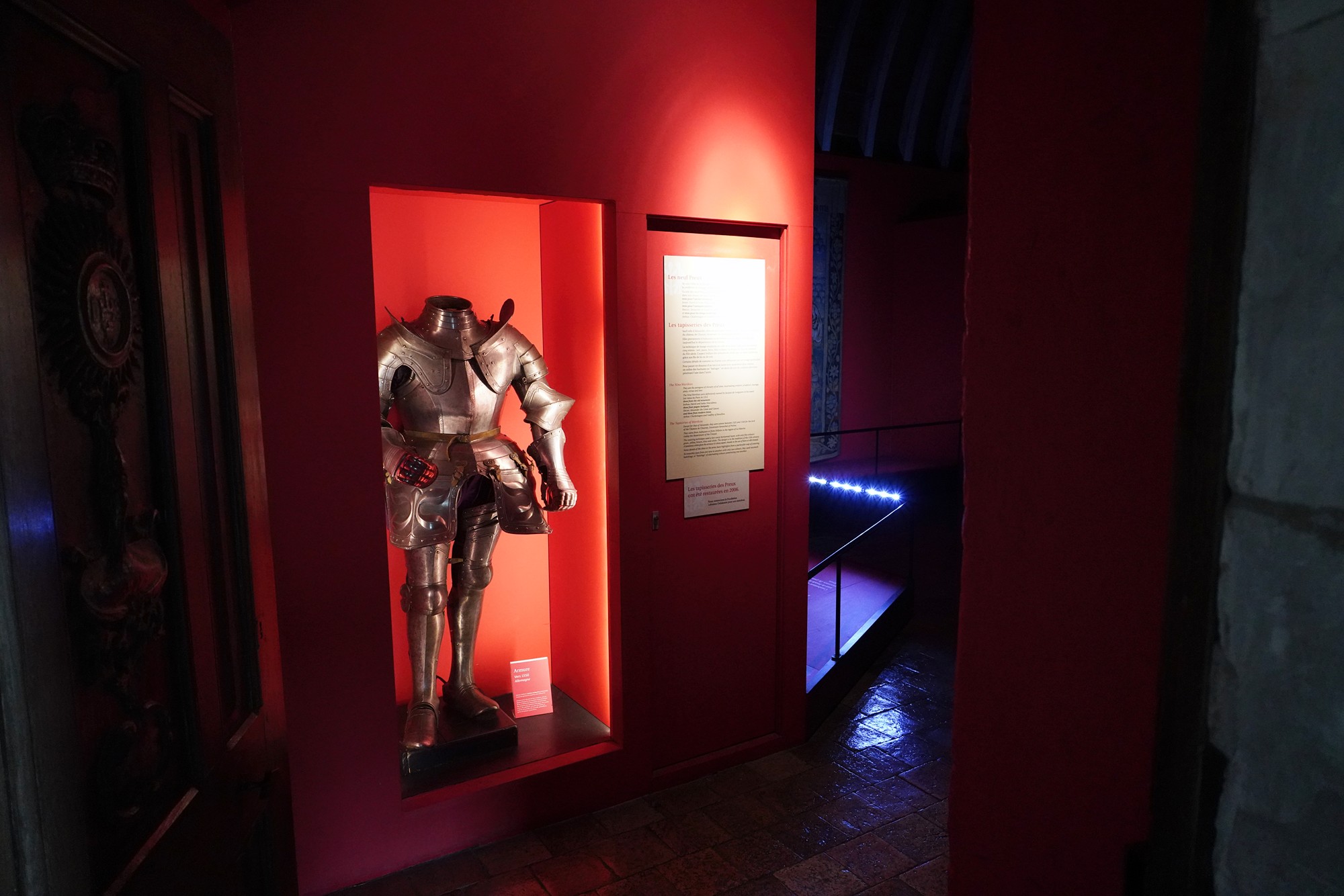
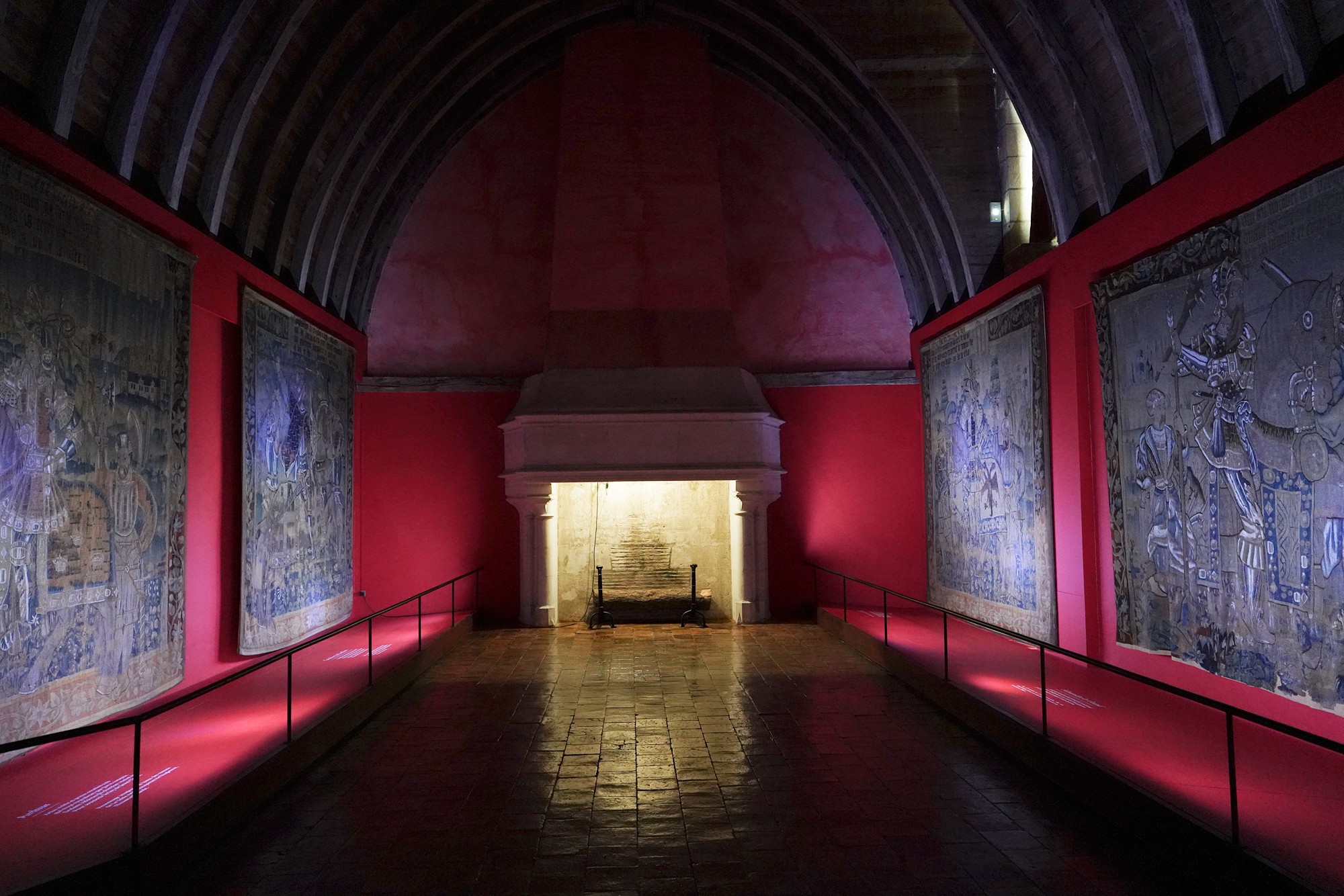
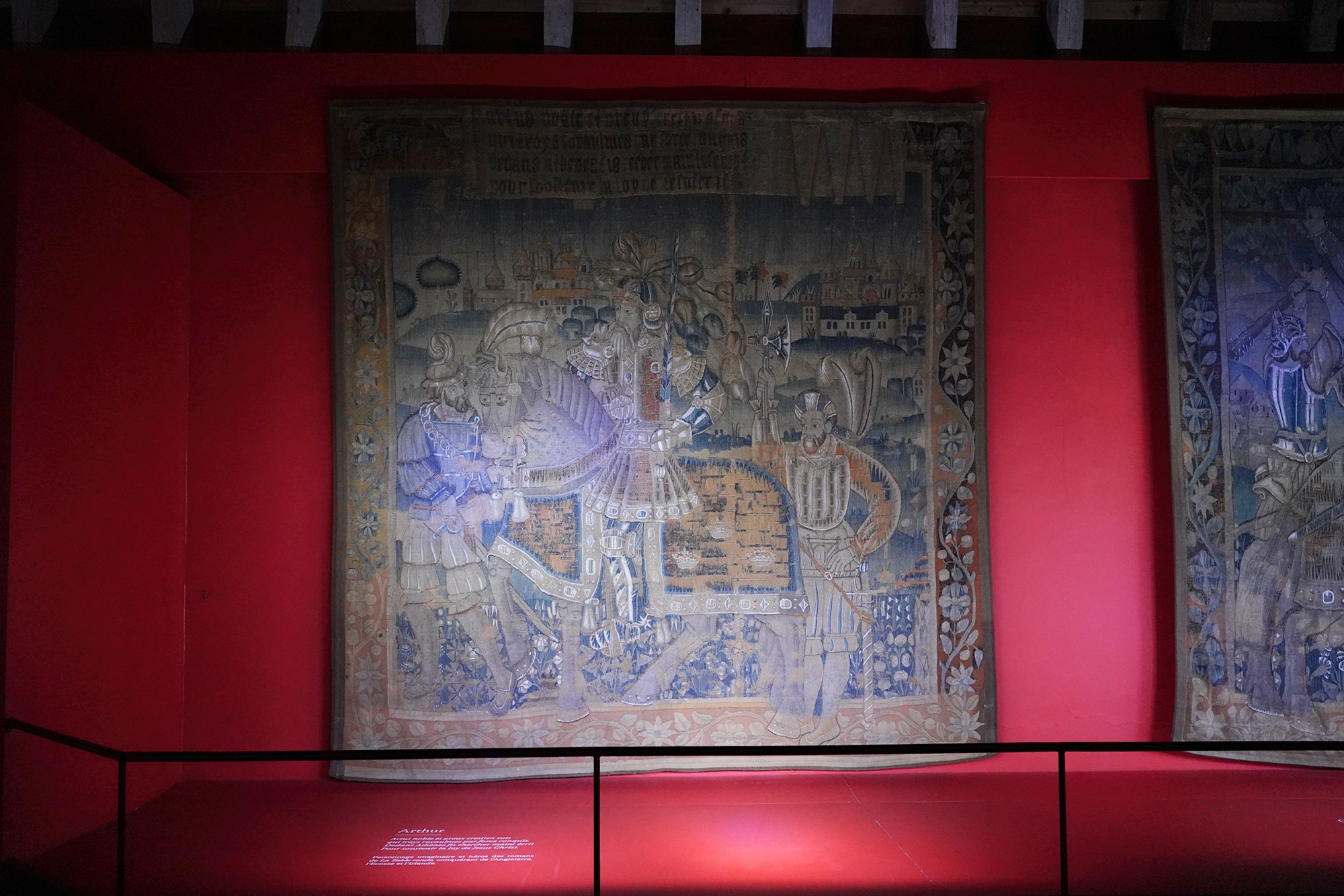
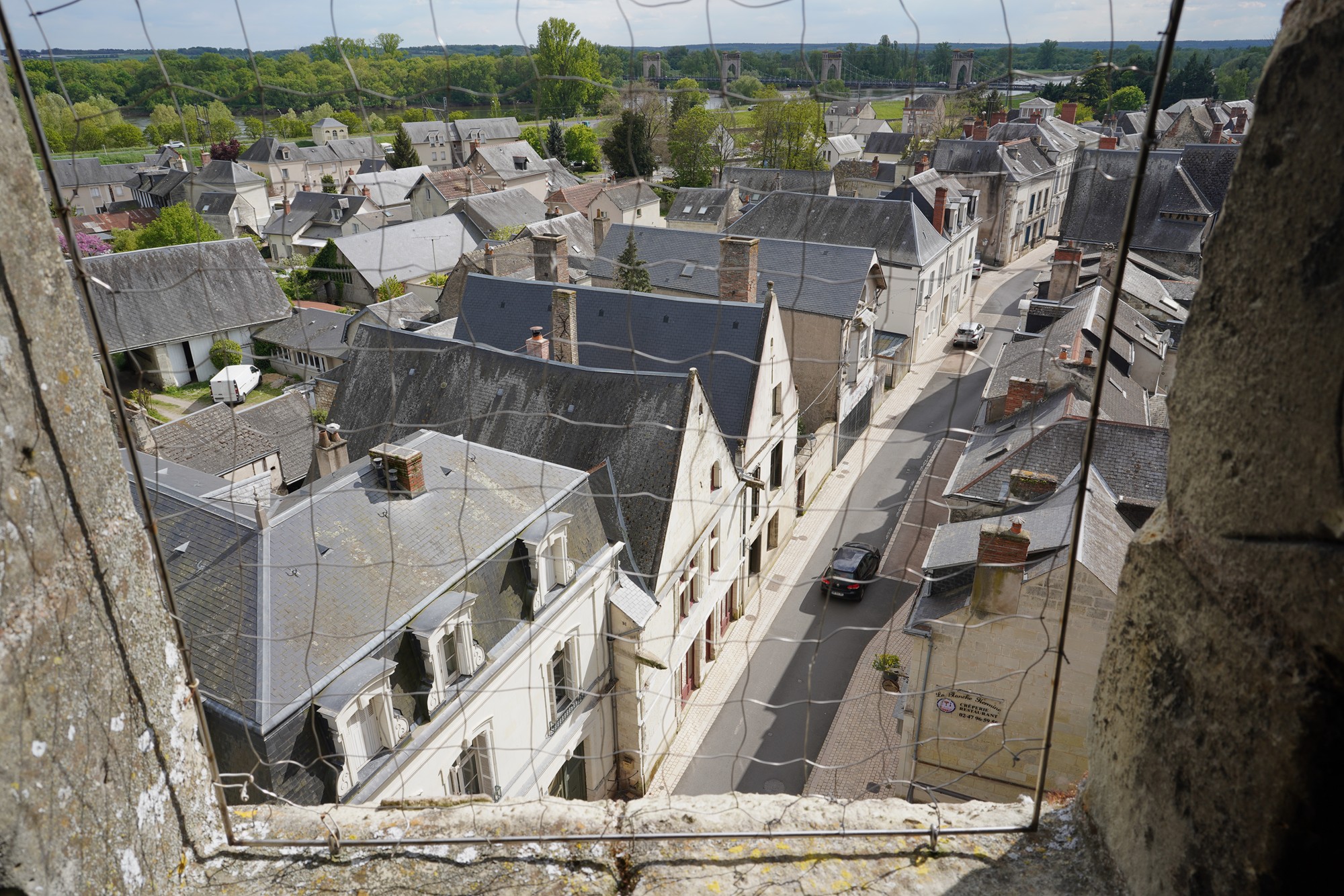
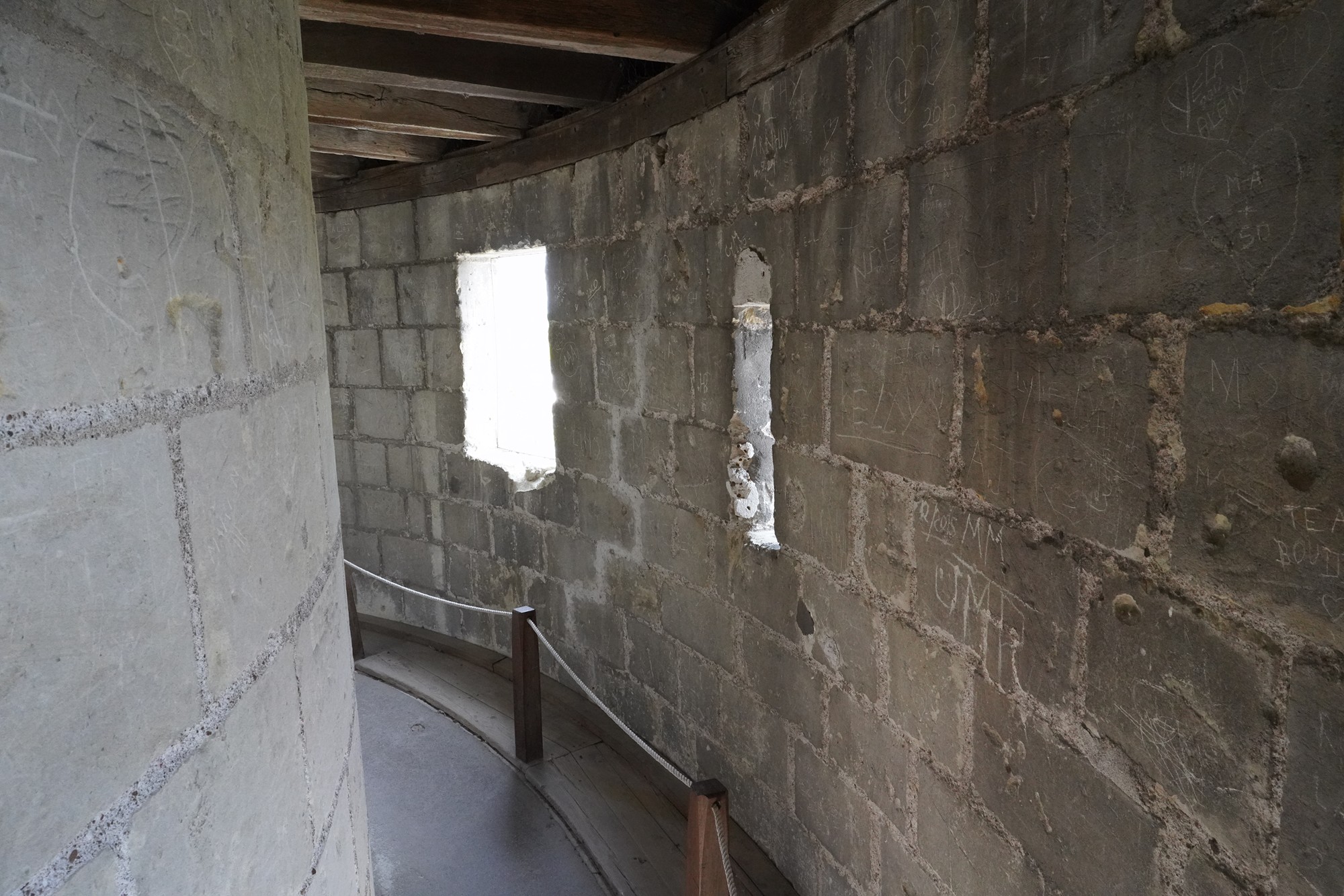
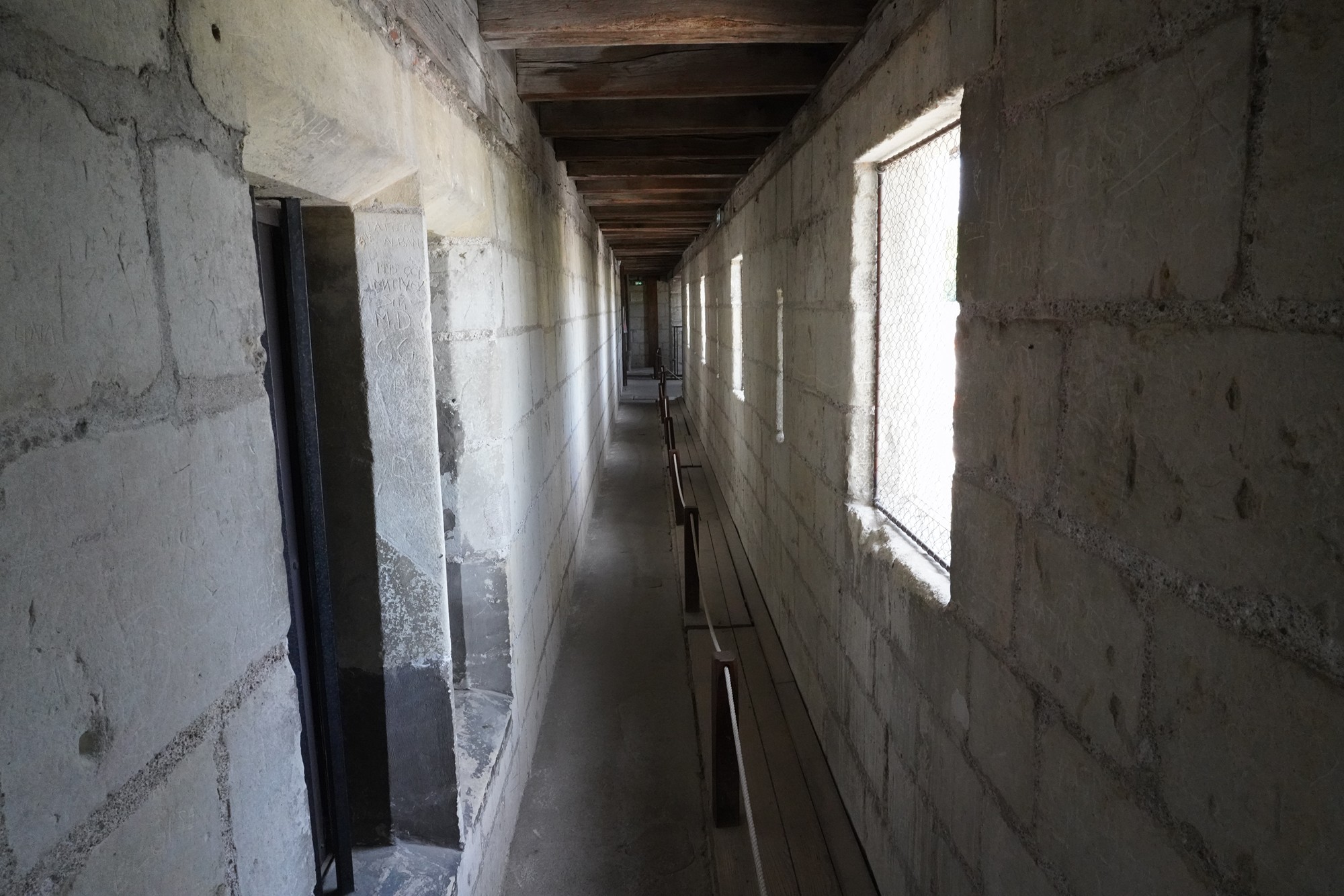
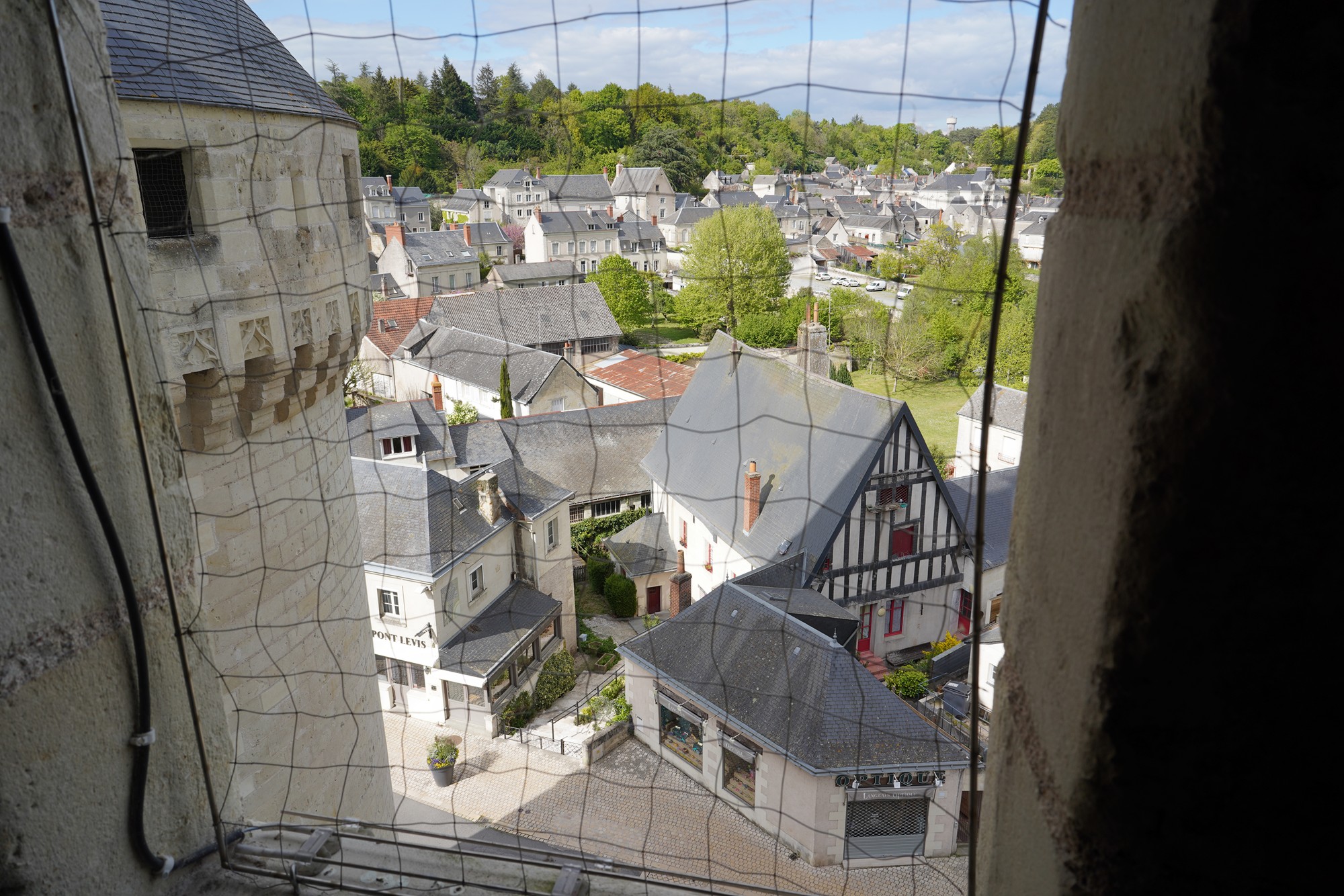
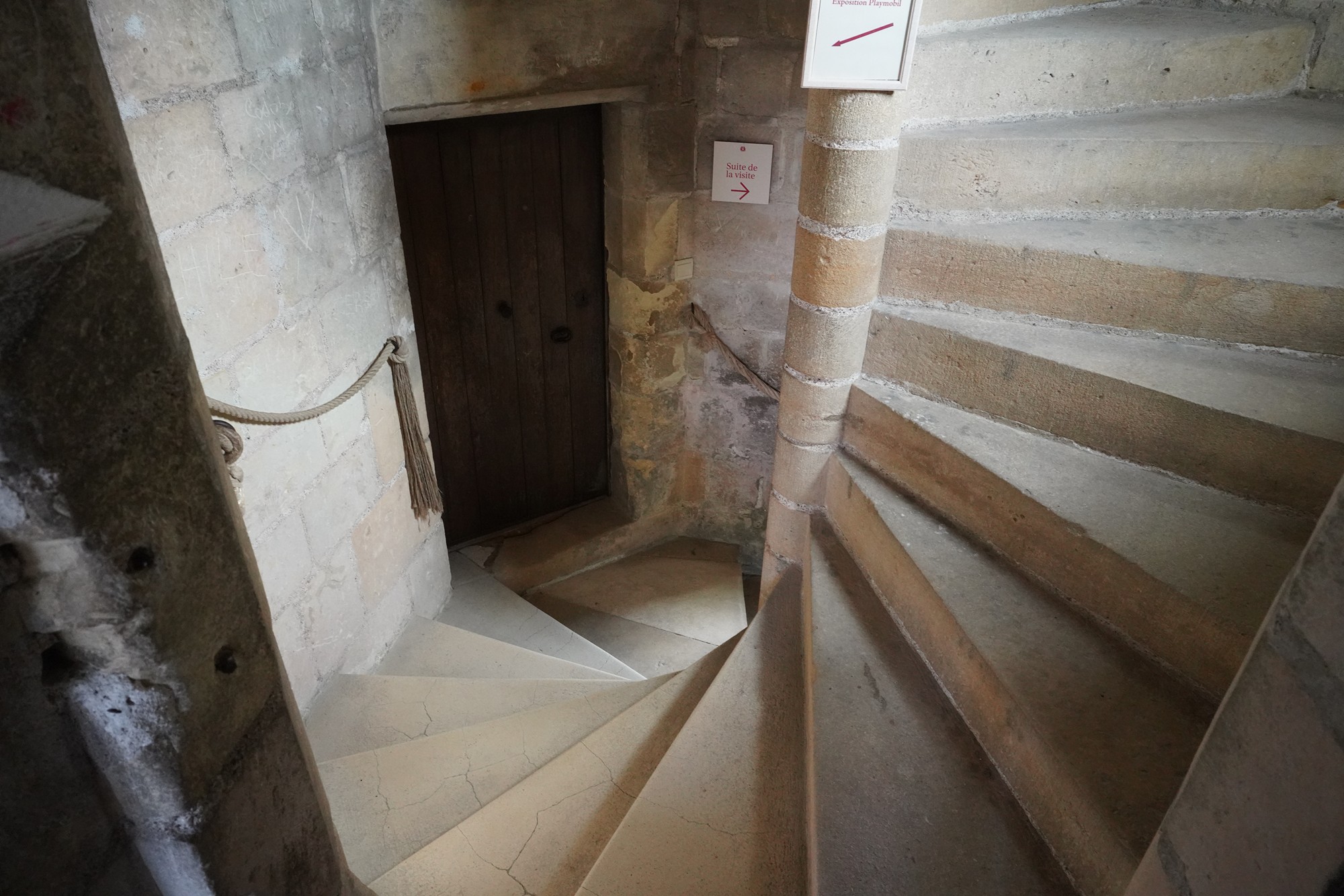
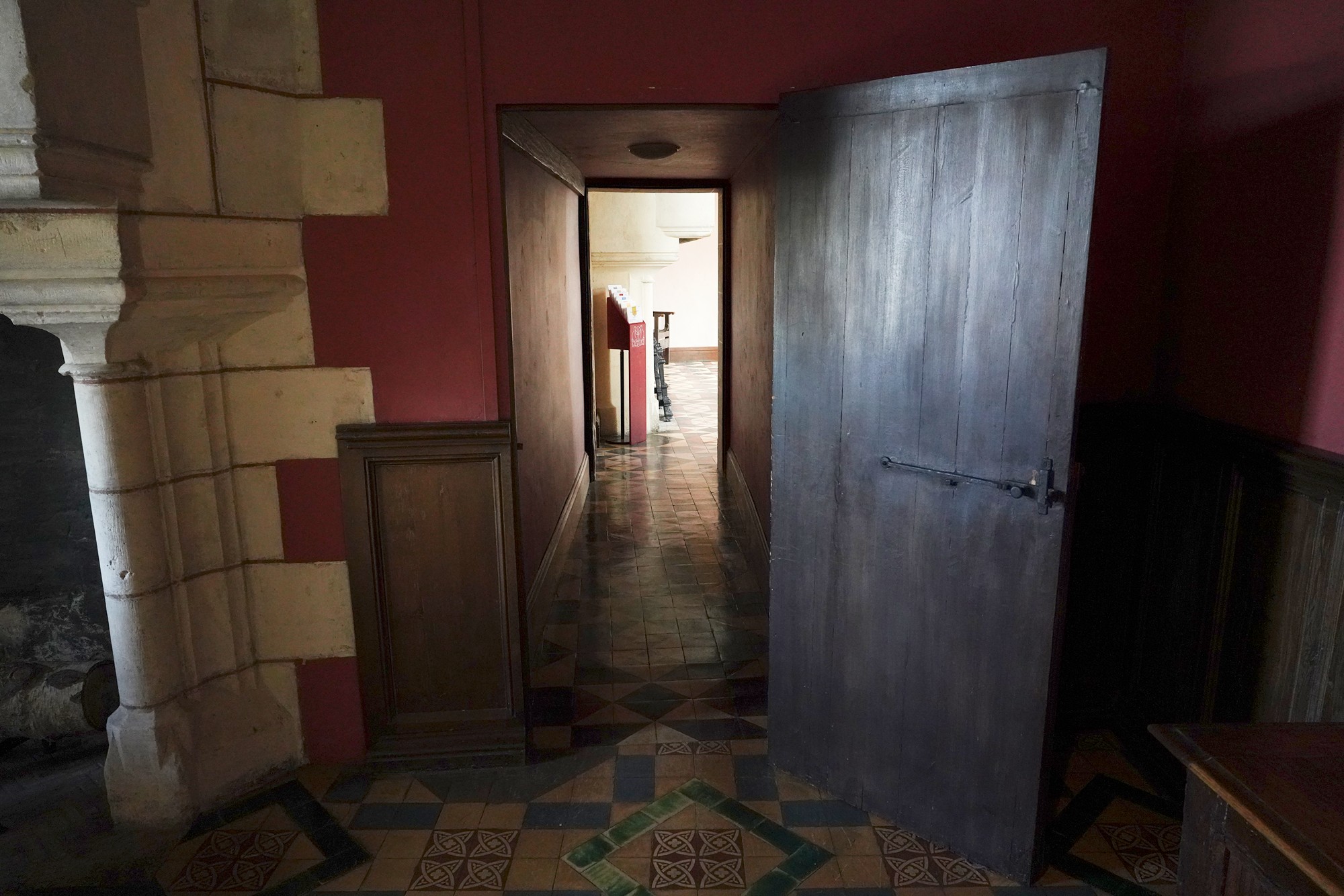
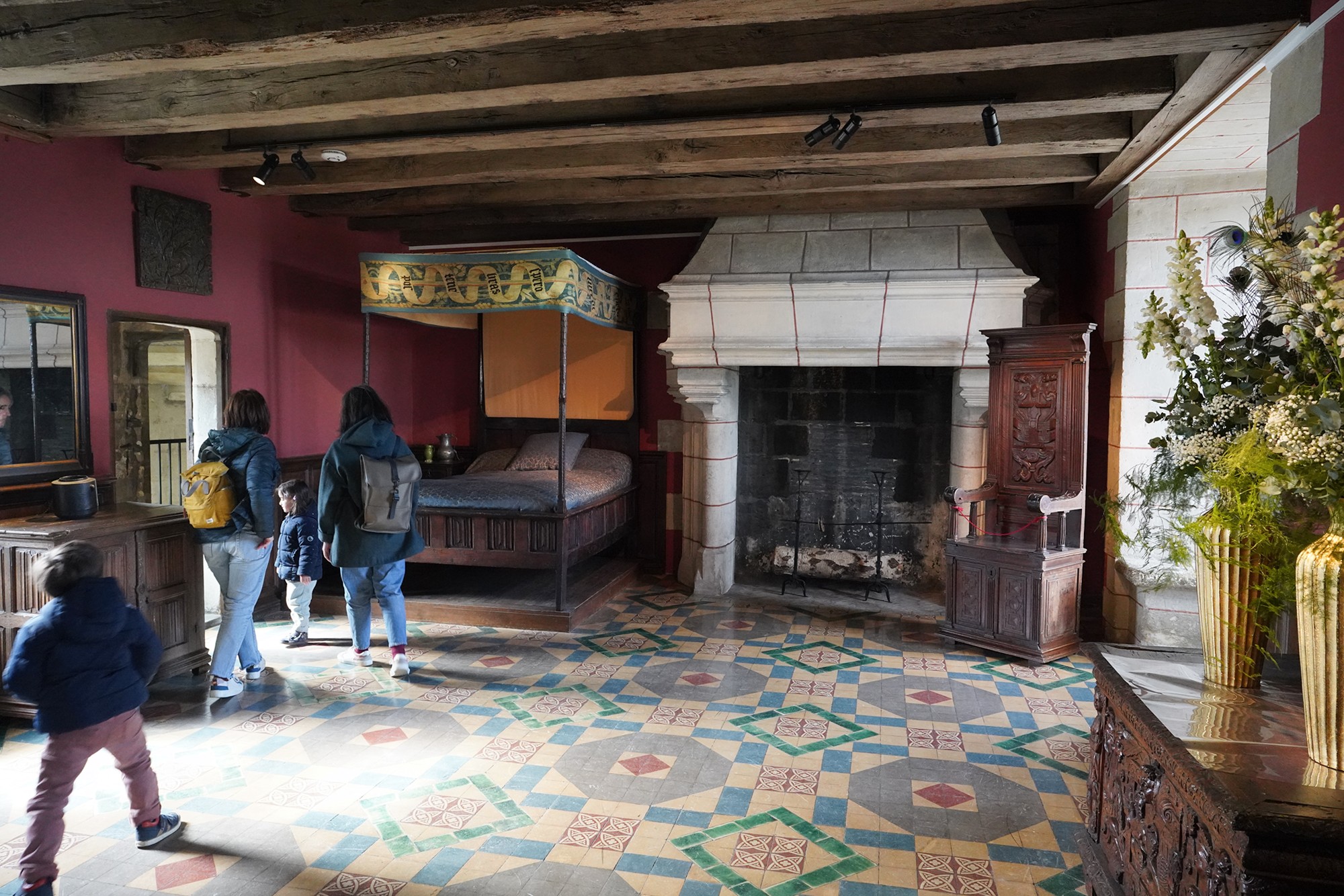
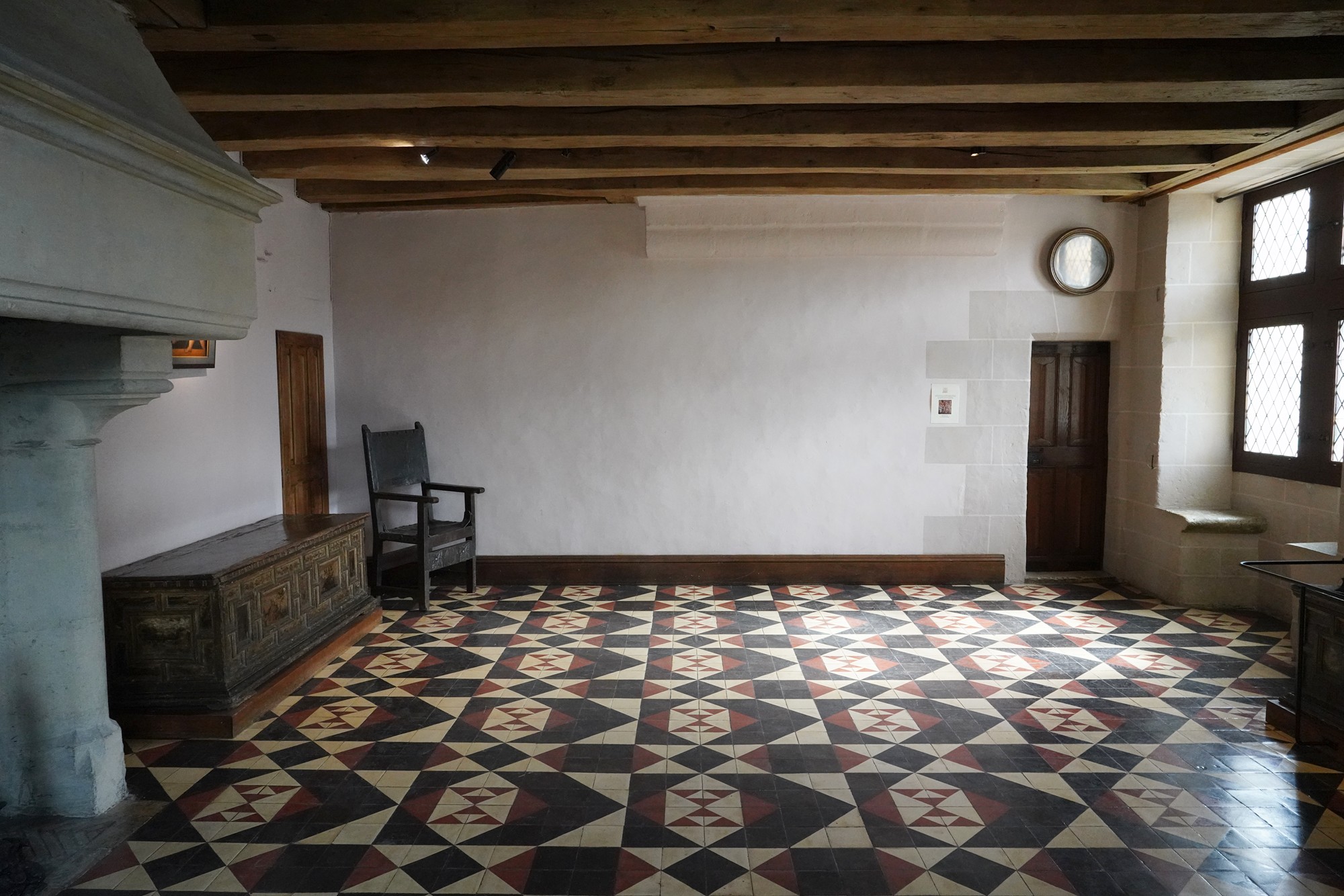
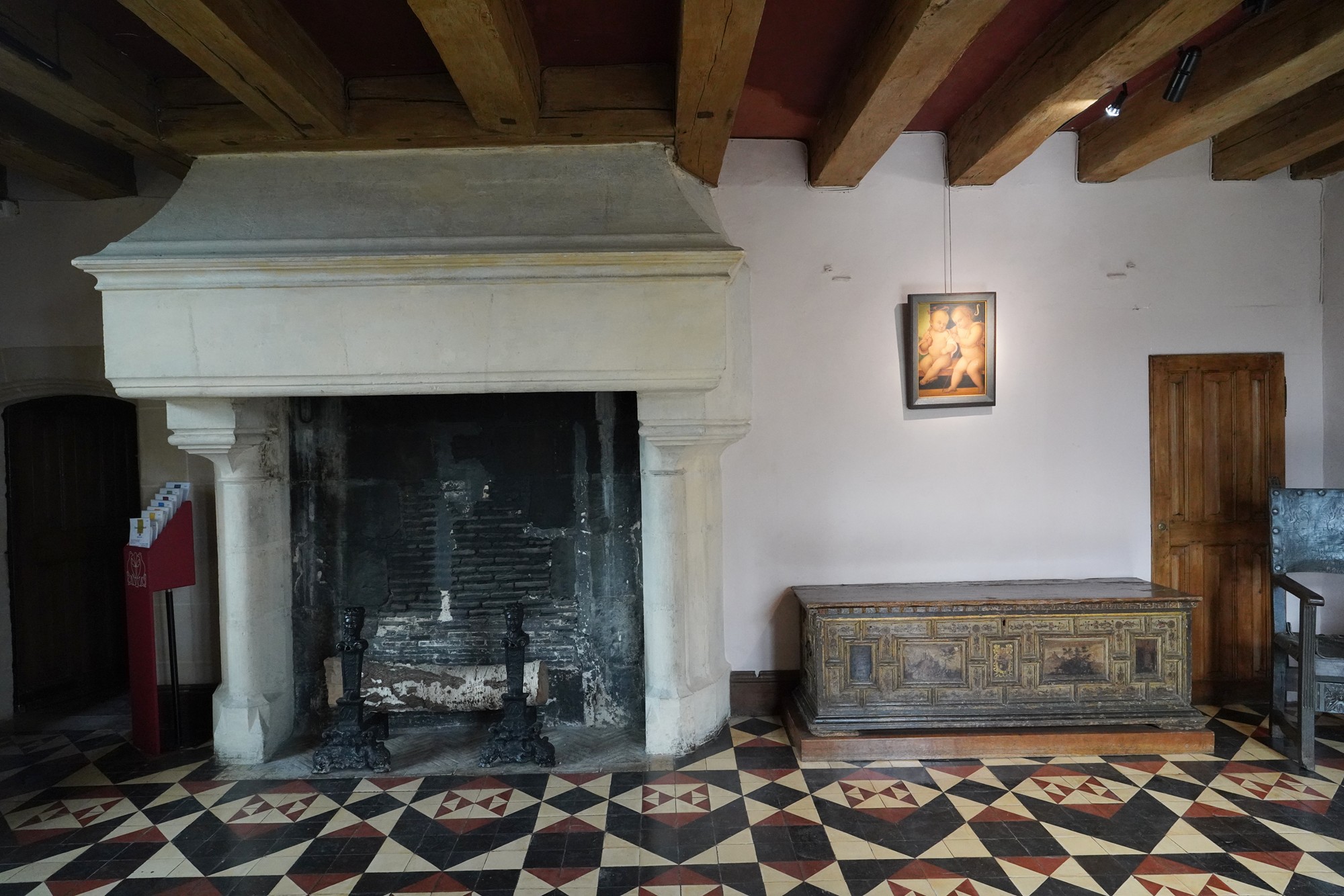
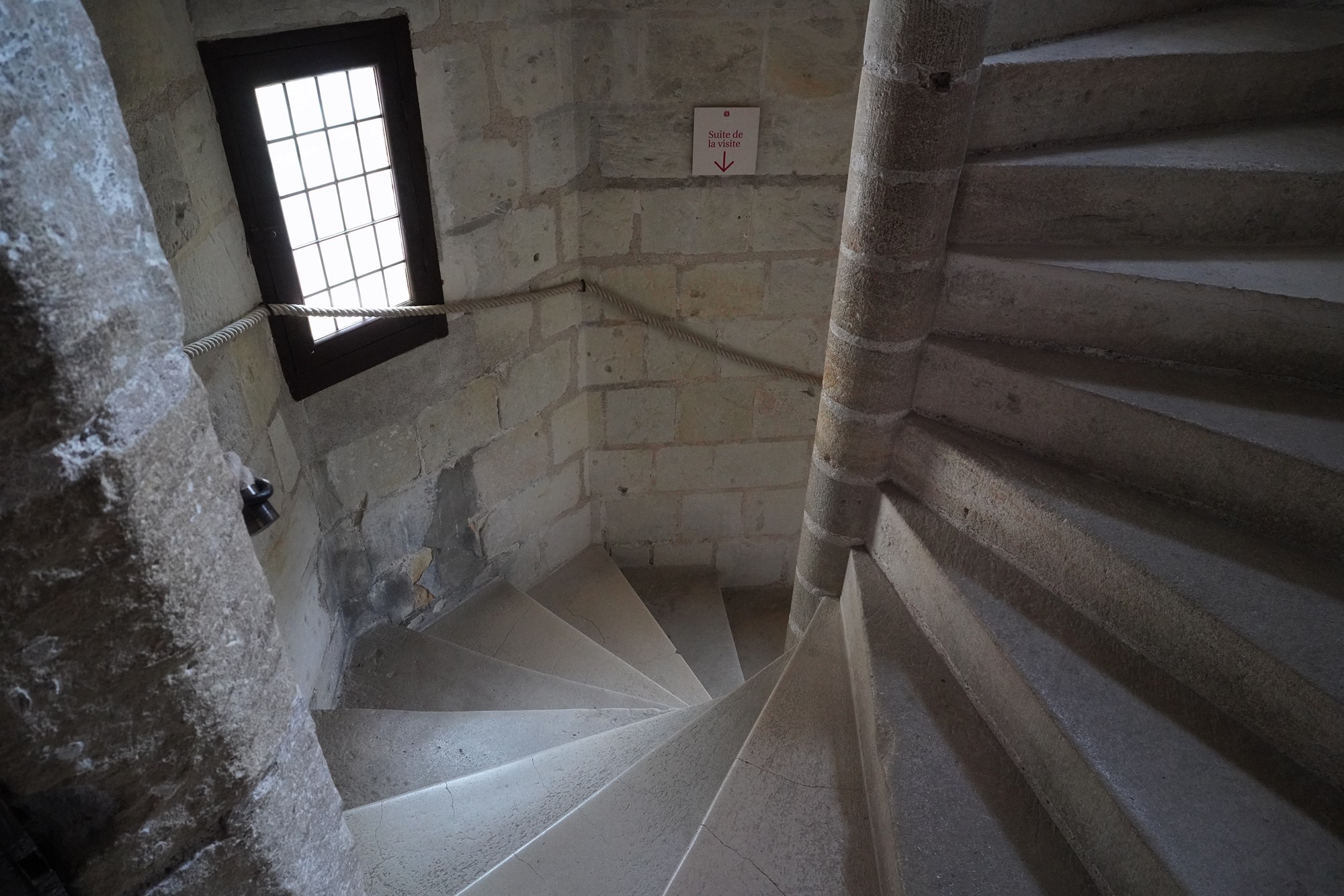
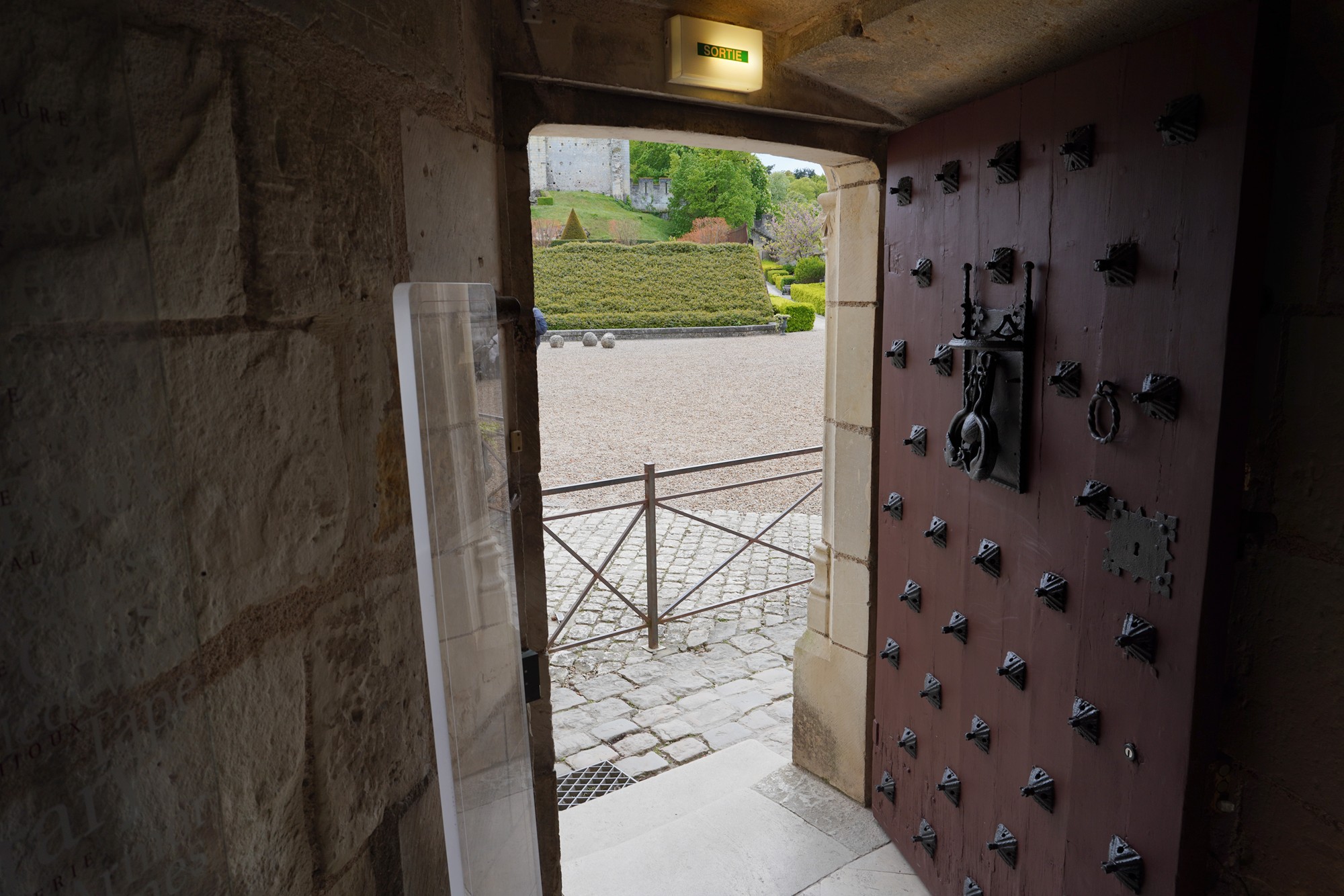
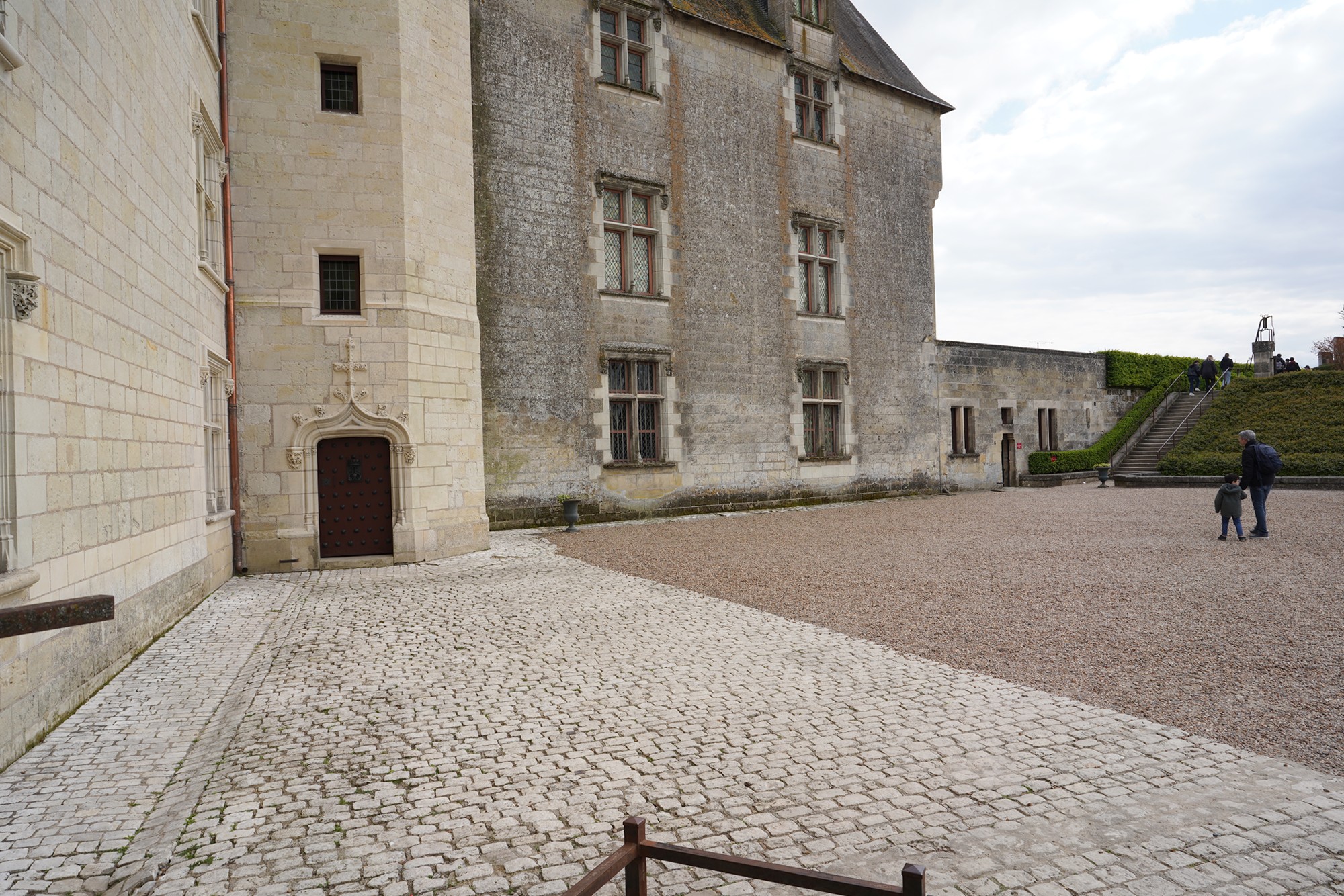
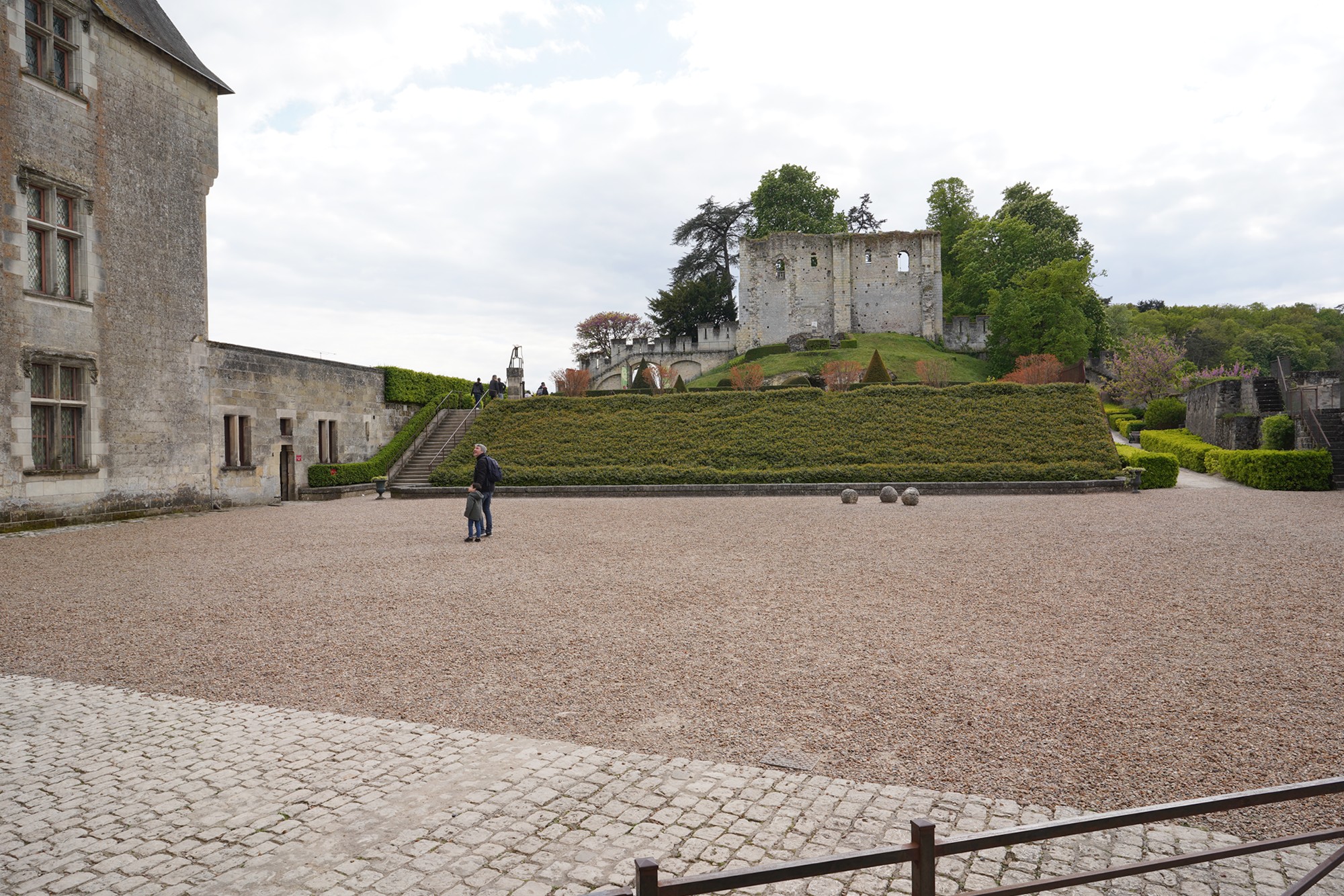
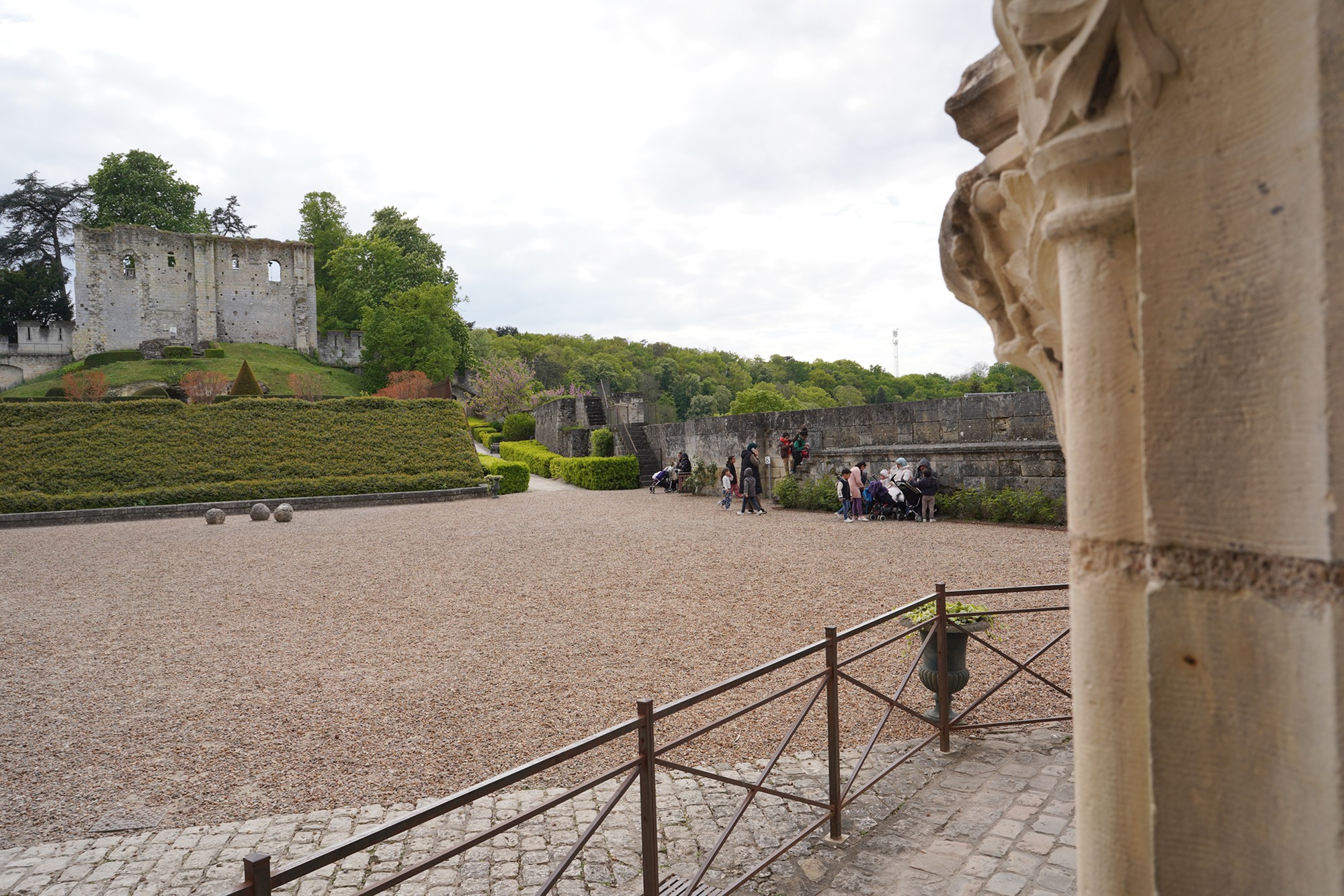
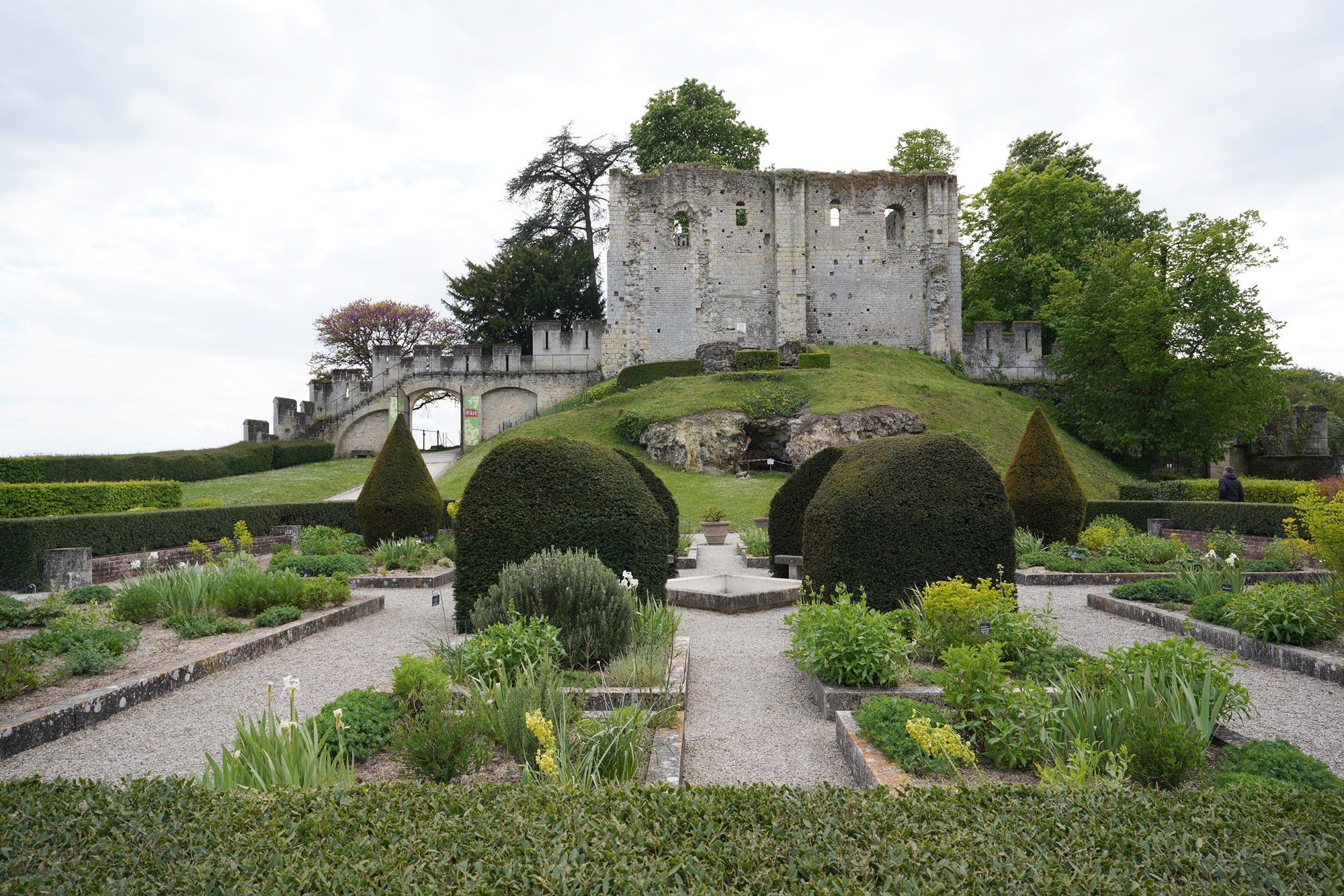
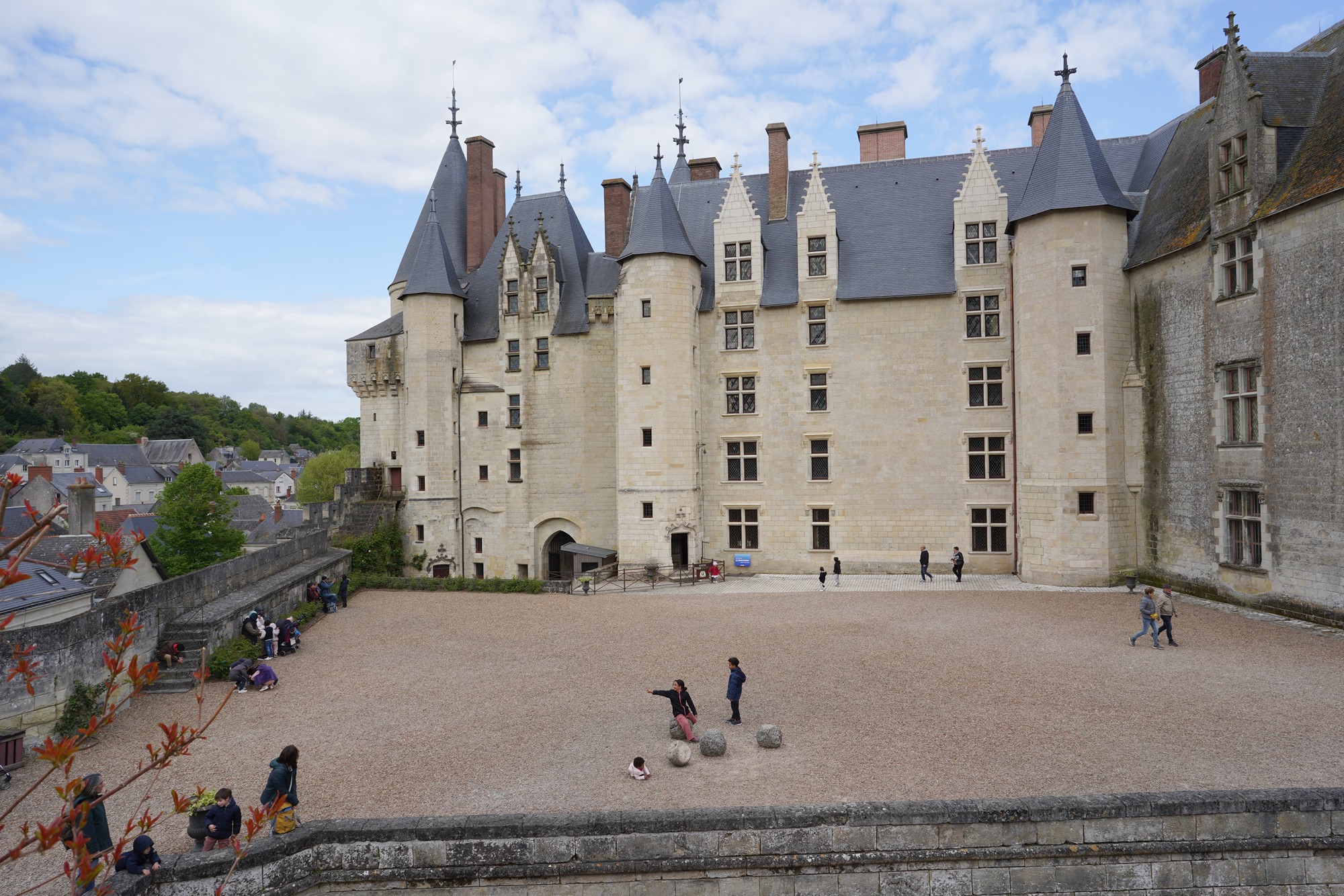
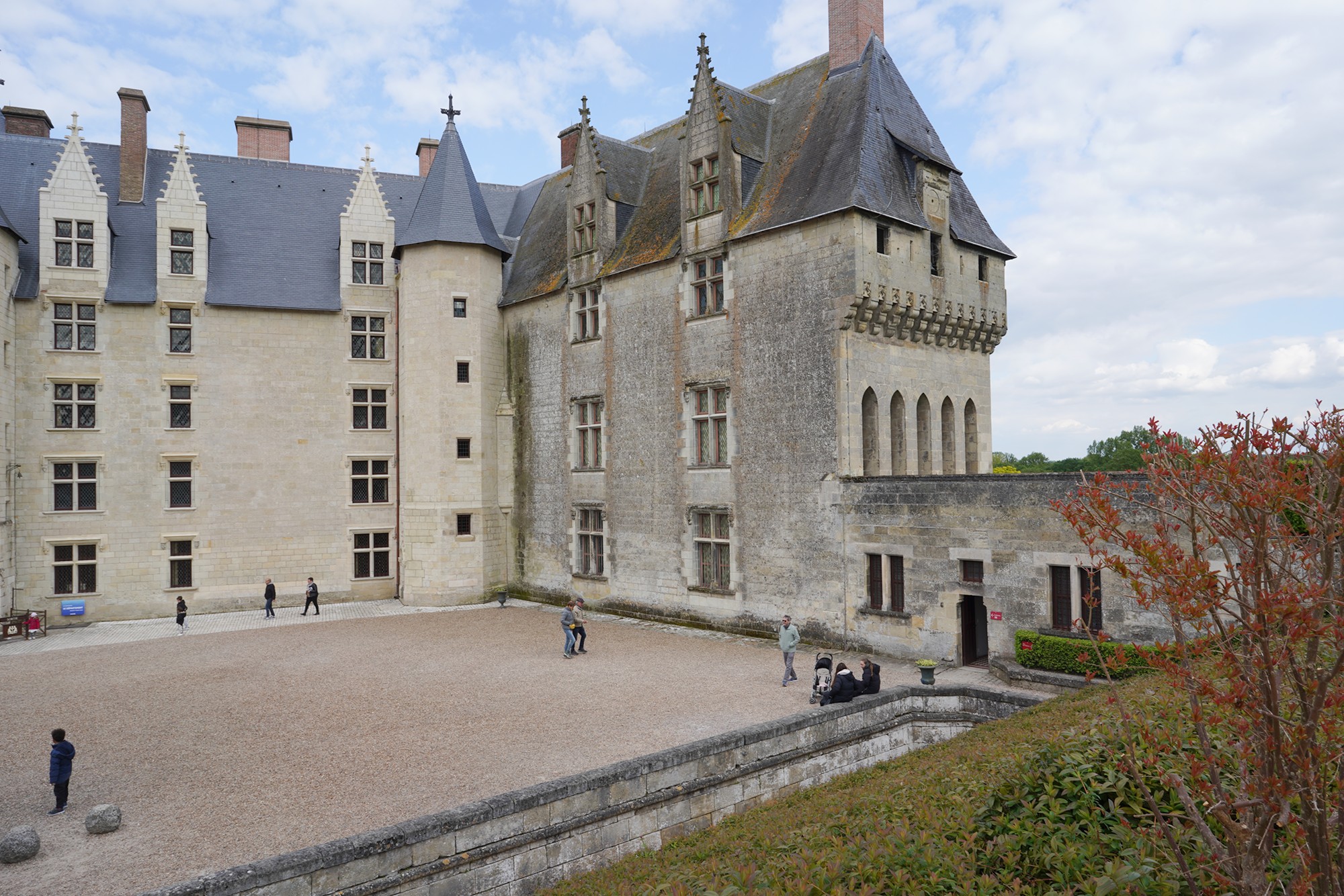
One of the most historically significant events associated with the château is the secret wedding of King Charles VIII and Anne of Brittany in 1491. This marriage was crucial in uniting Brittany with the Kingdom of France.
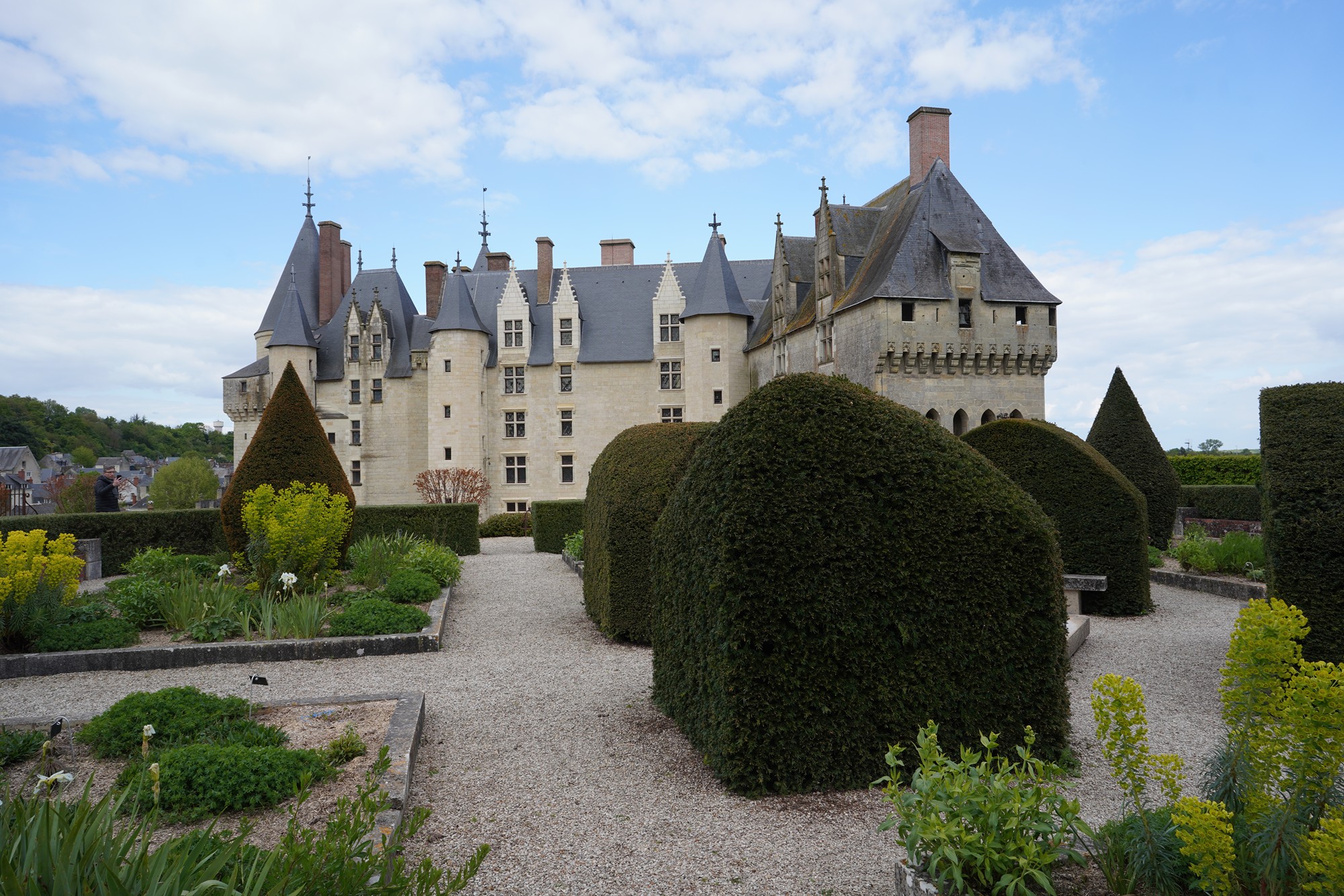
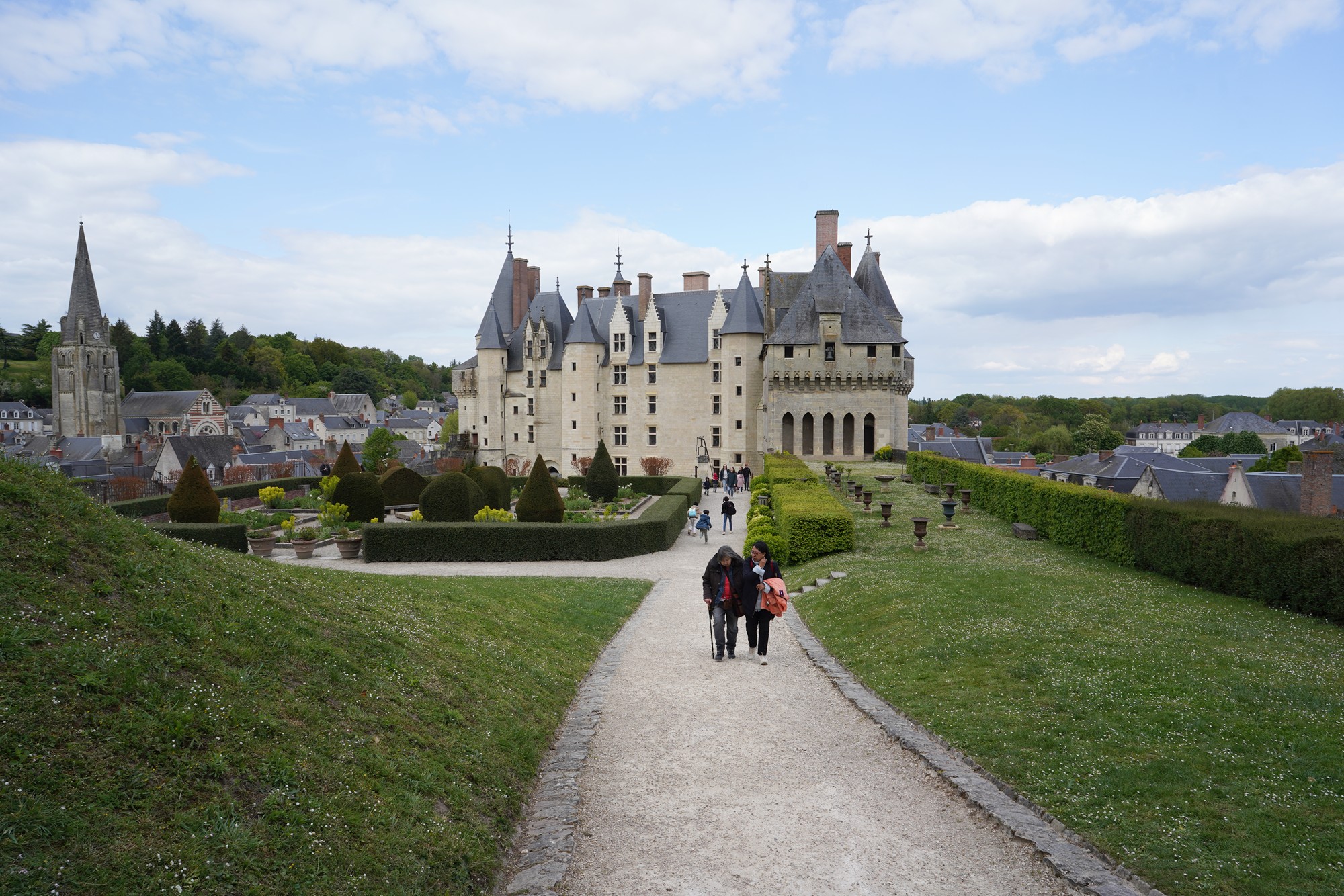
Exiting the Chateau
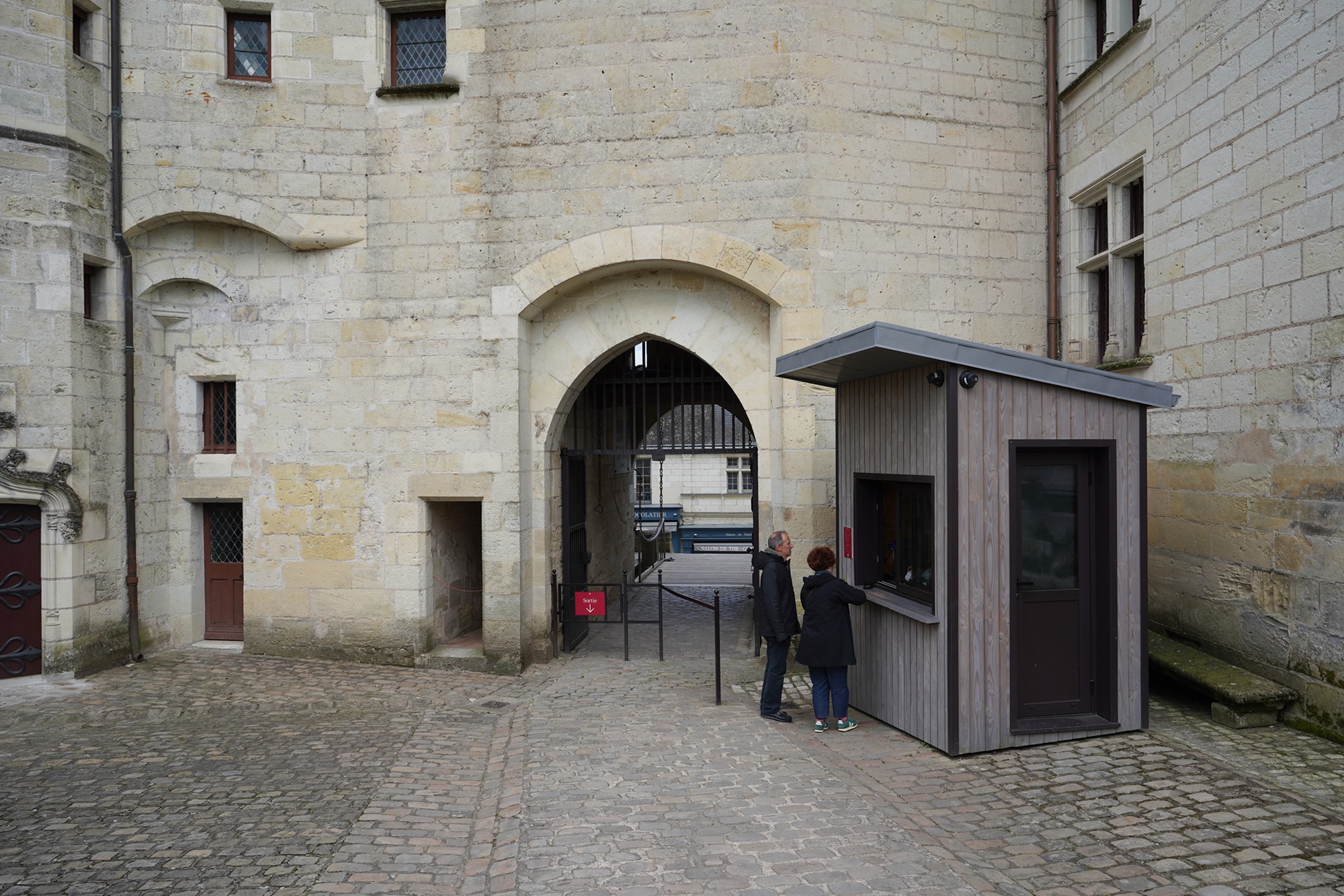
The houses in front of the Chateau
